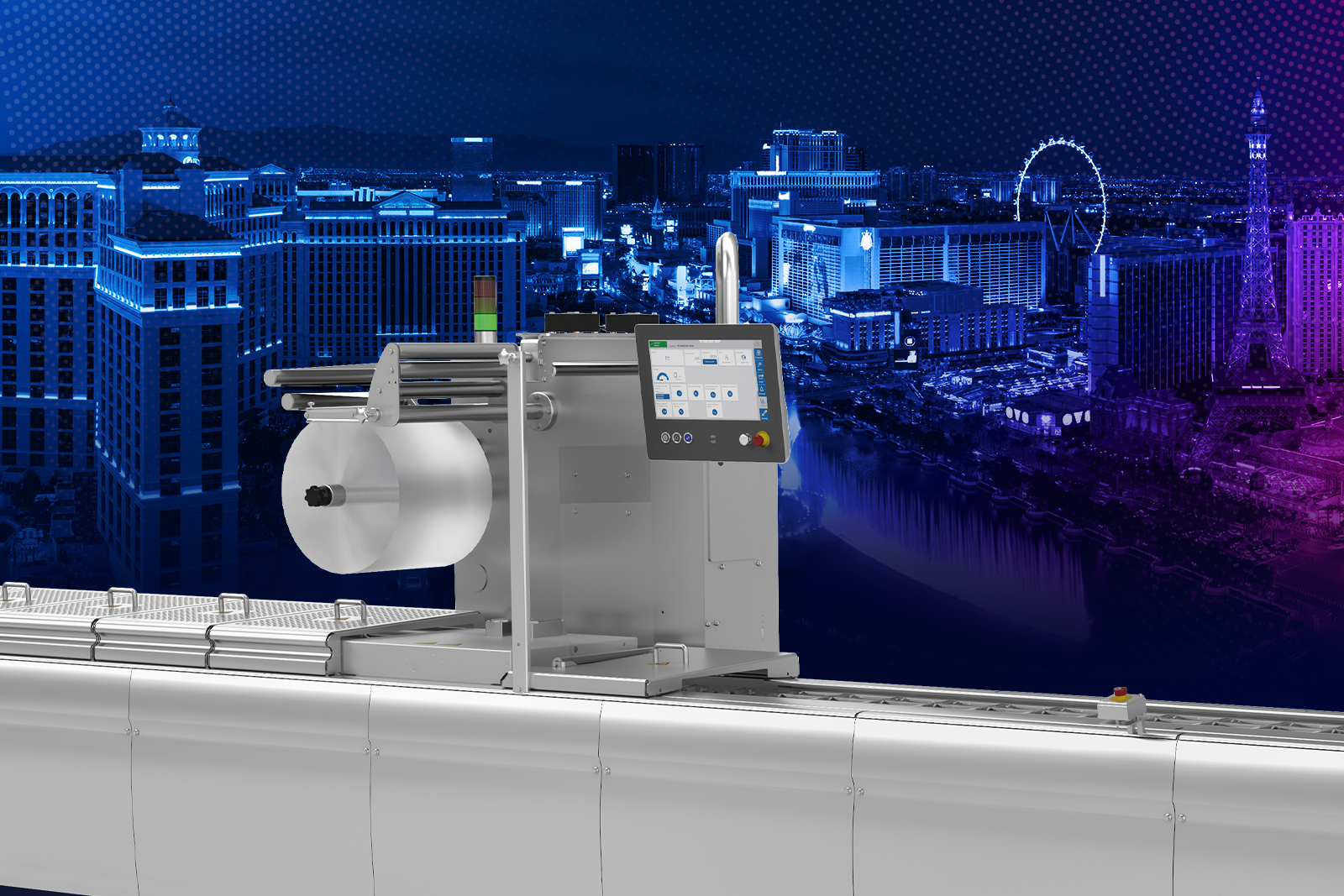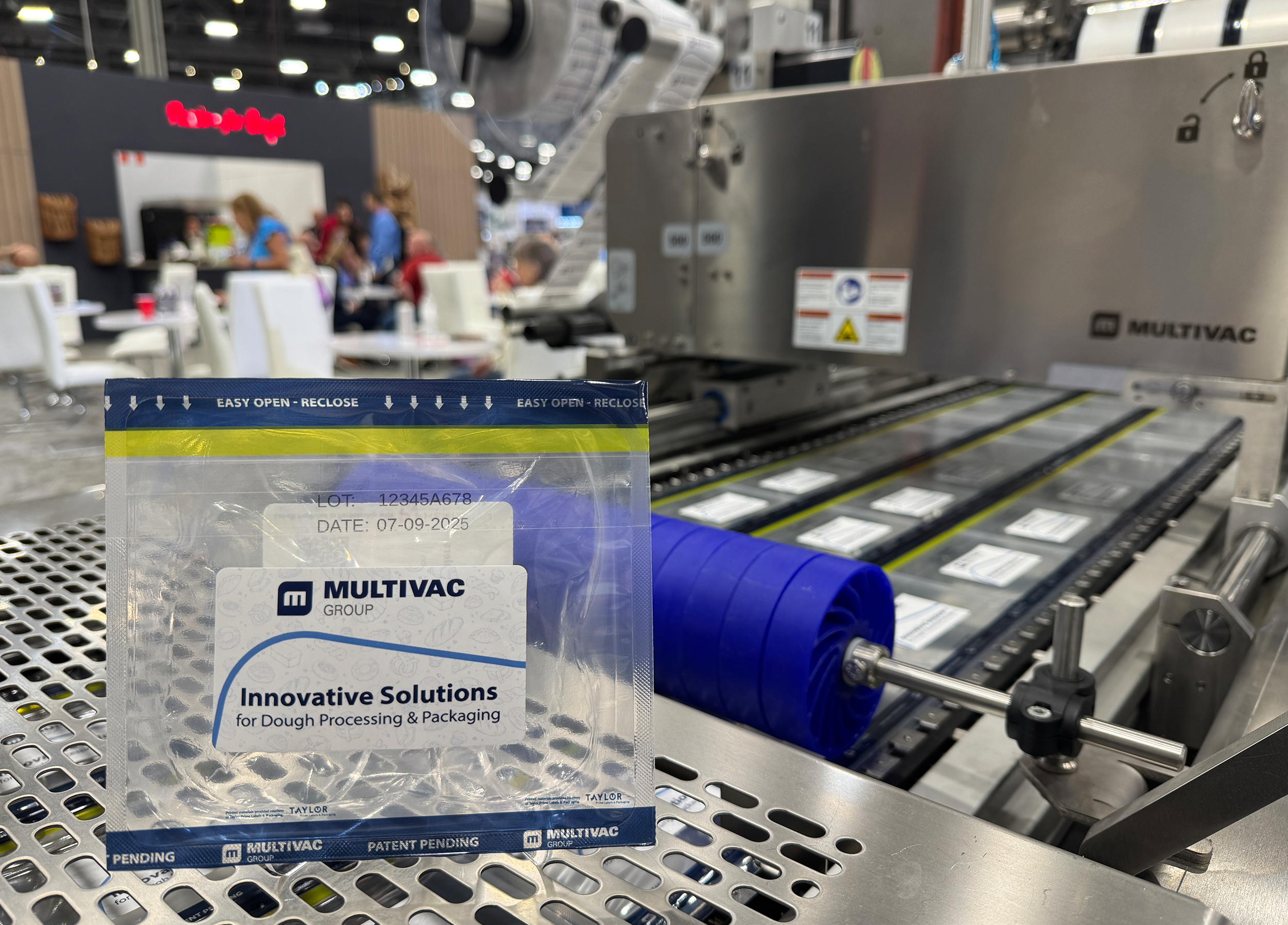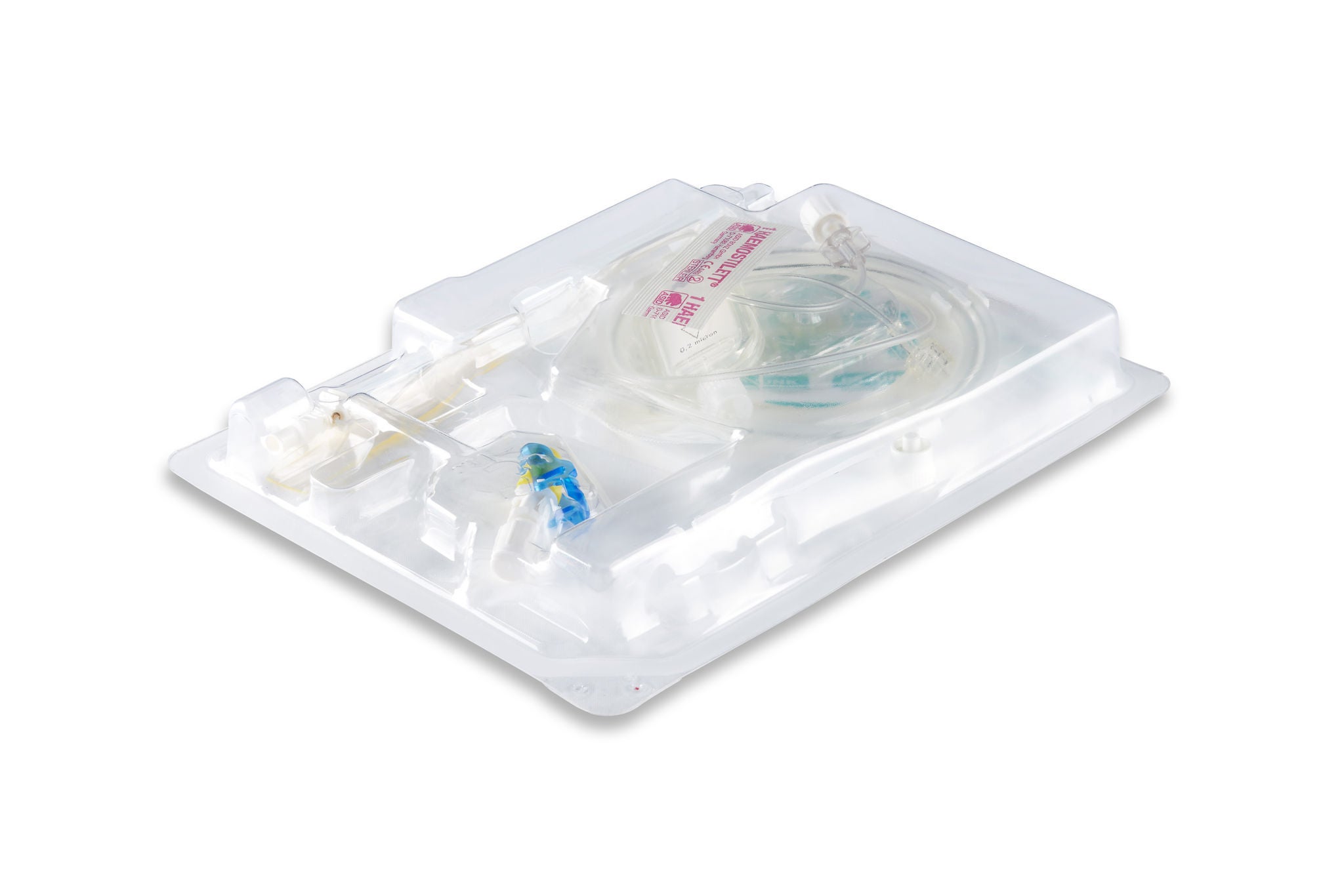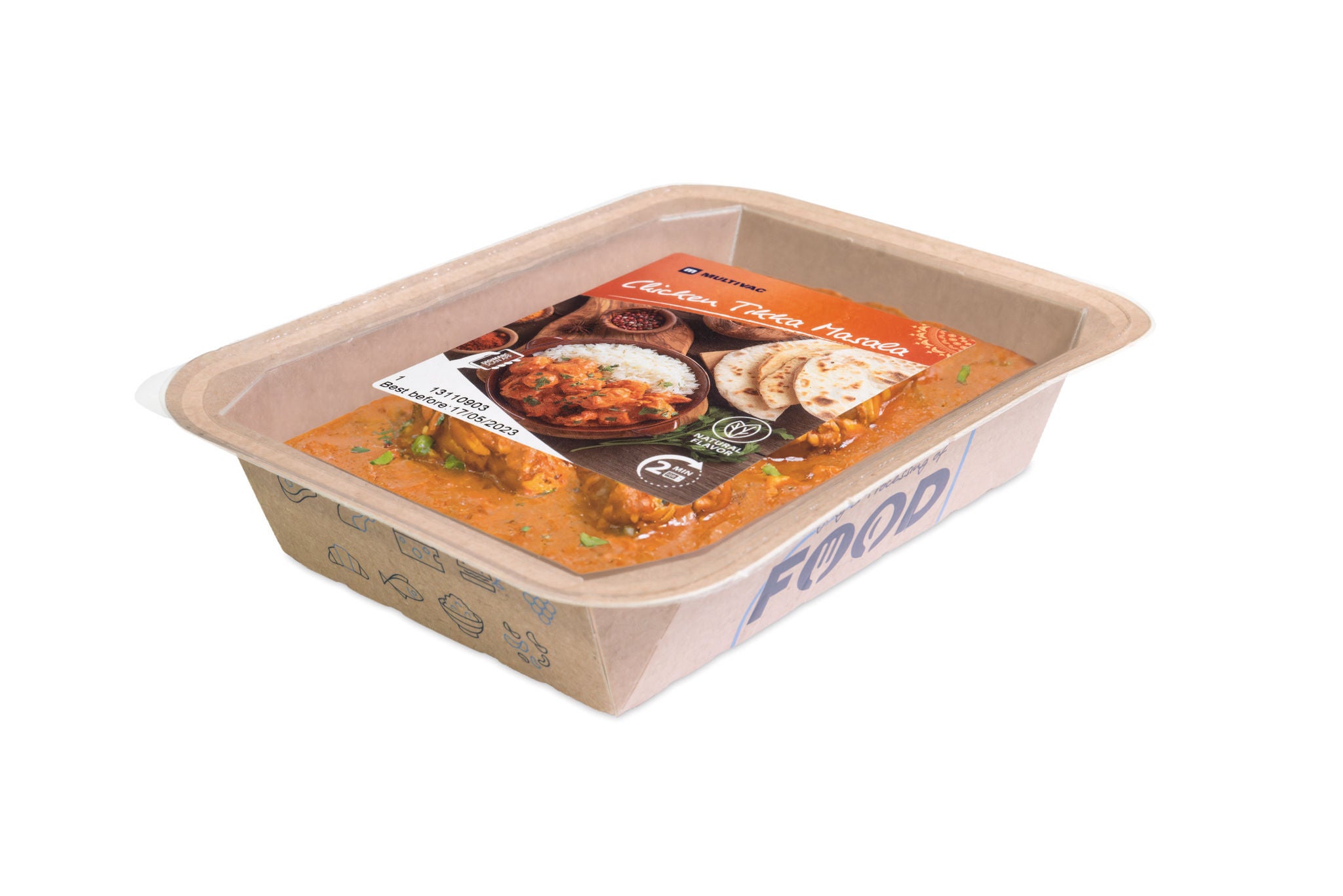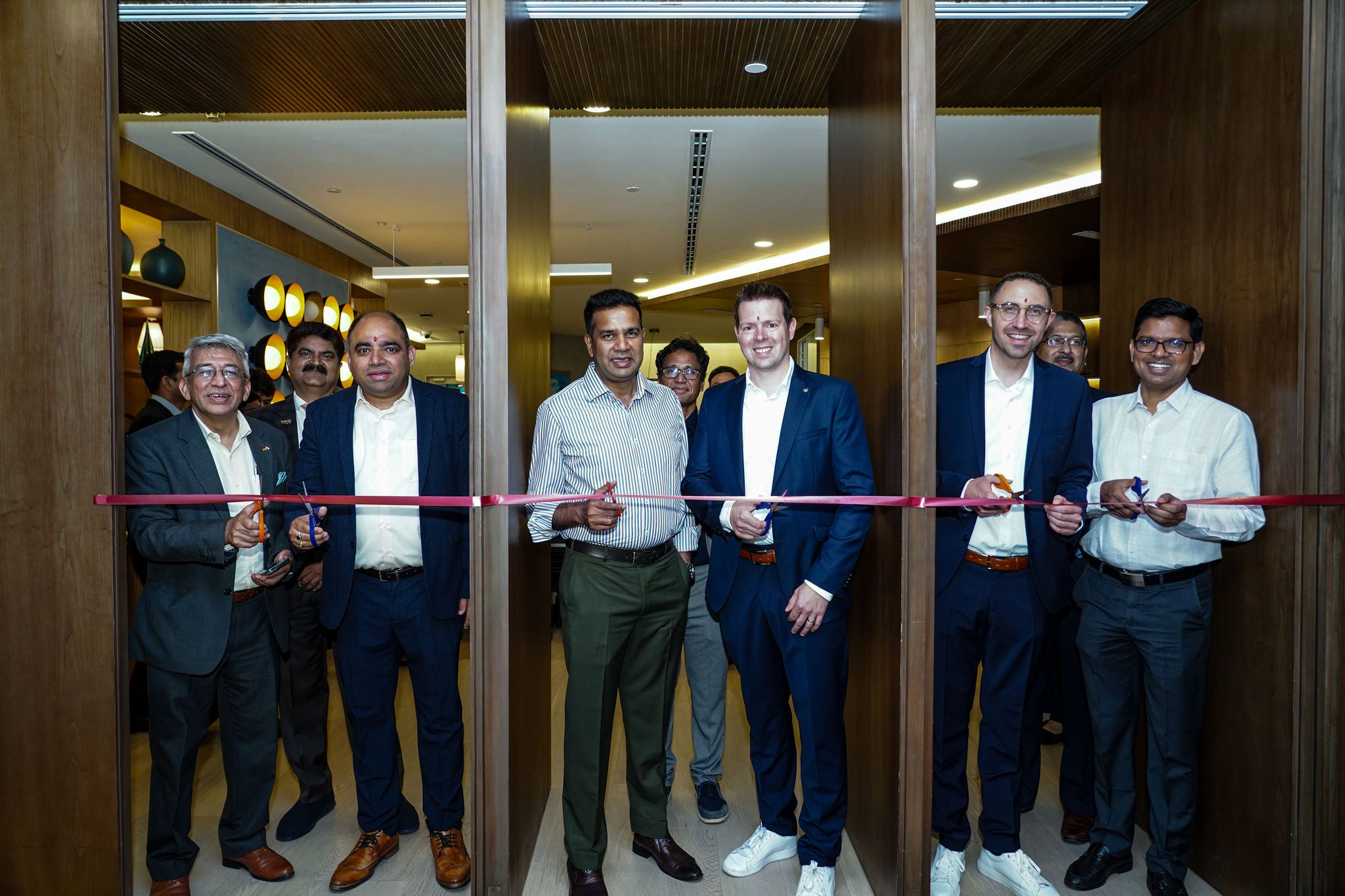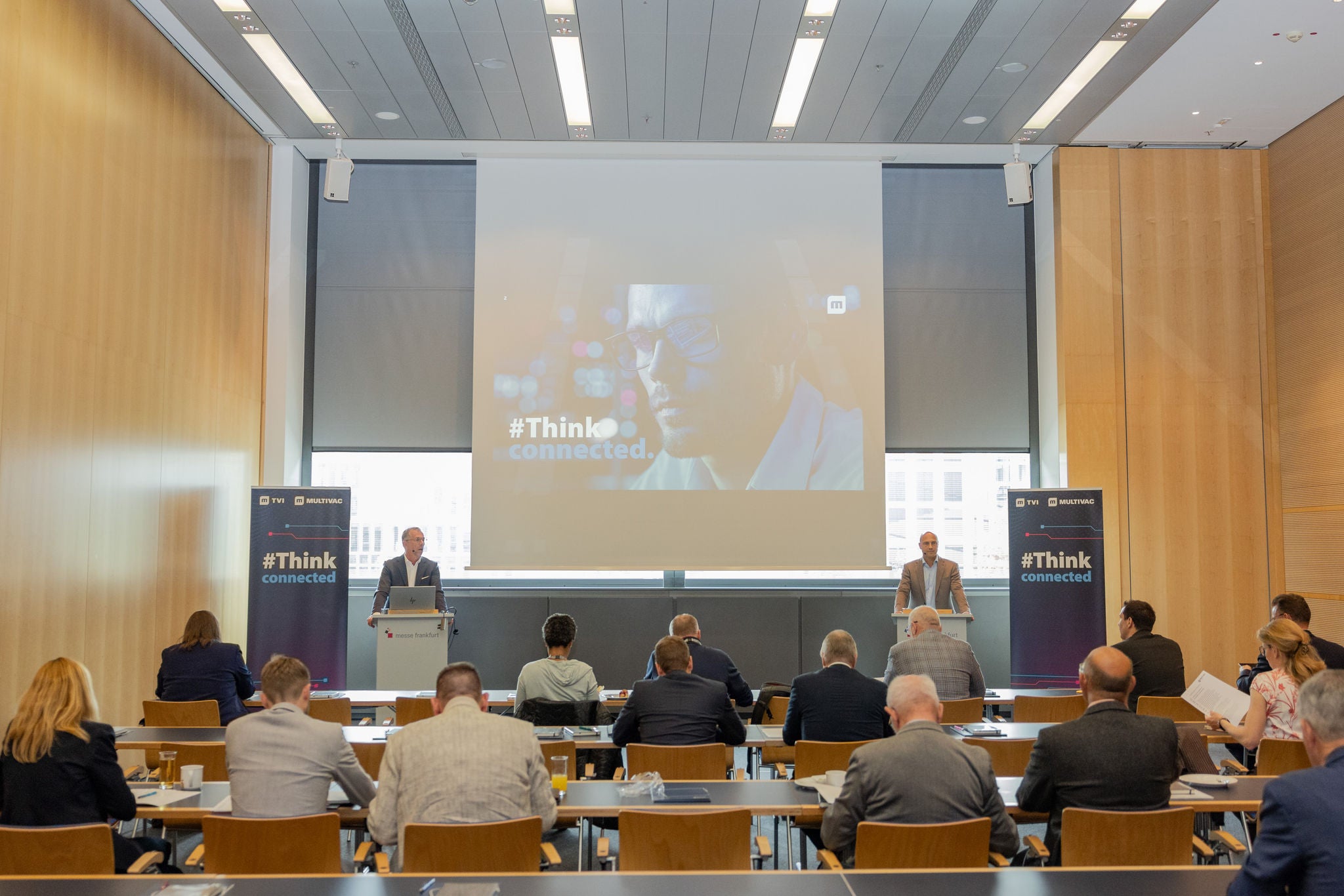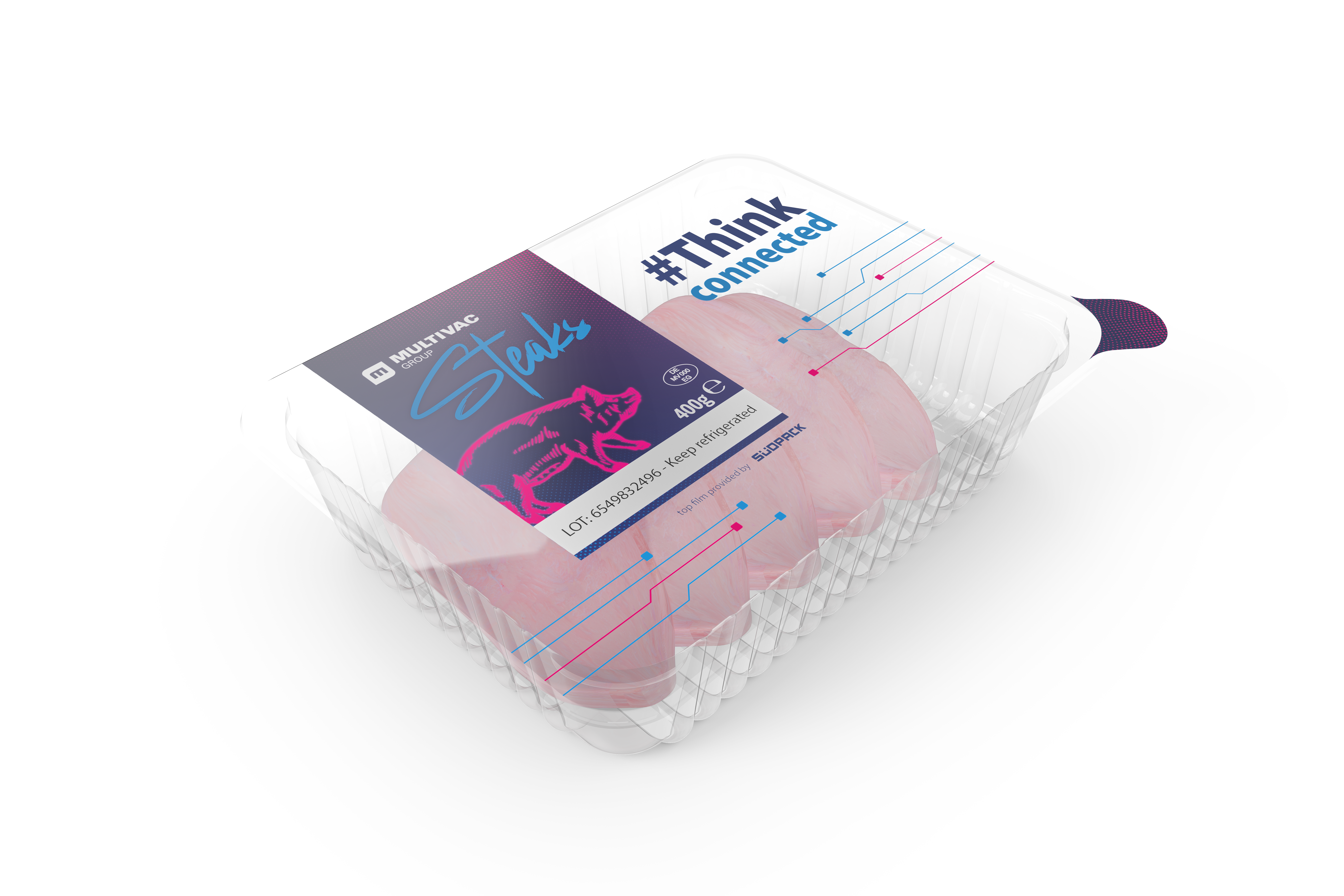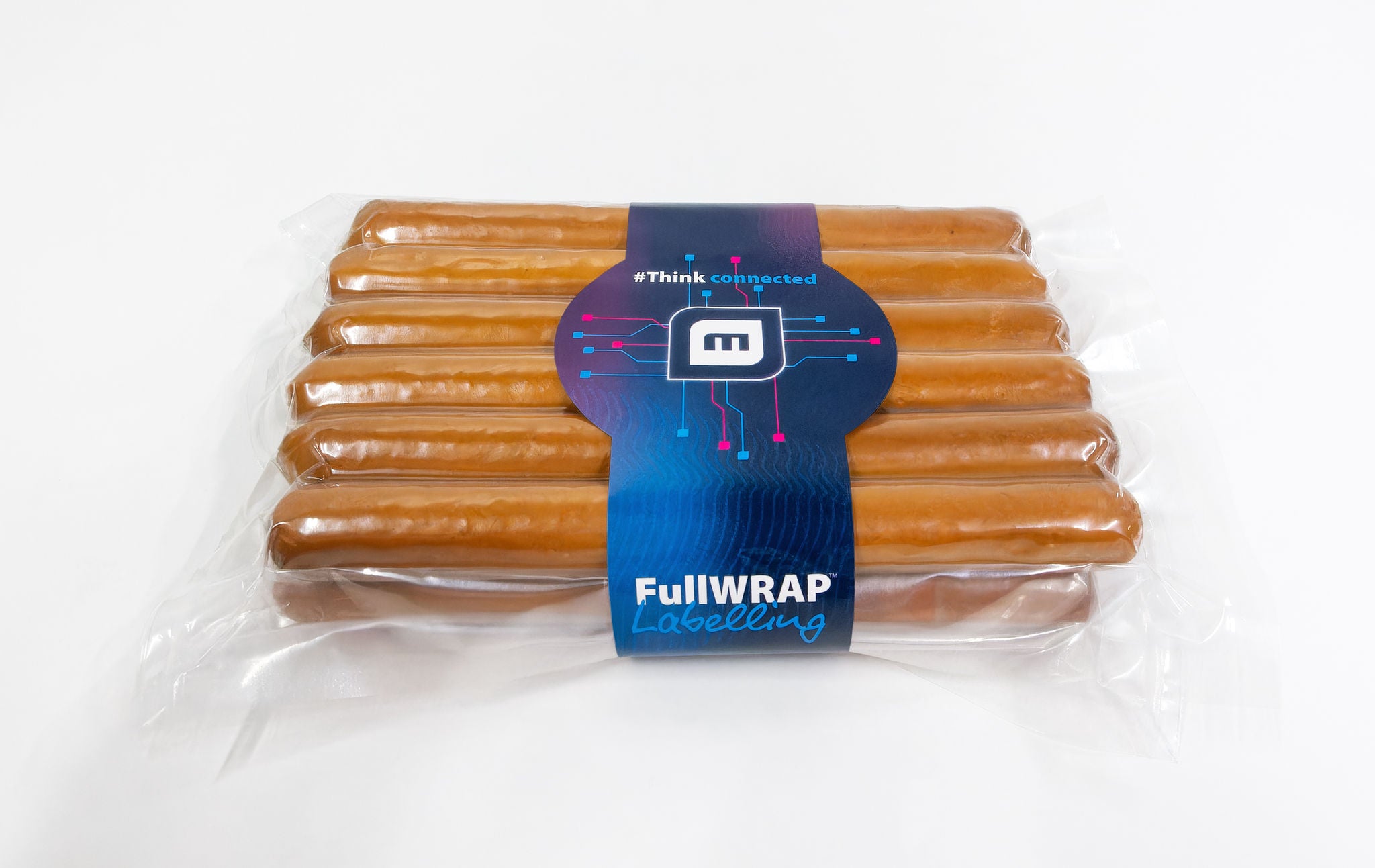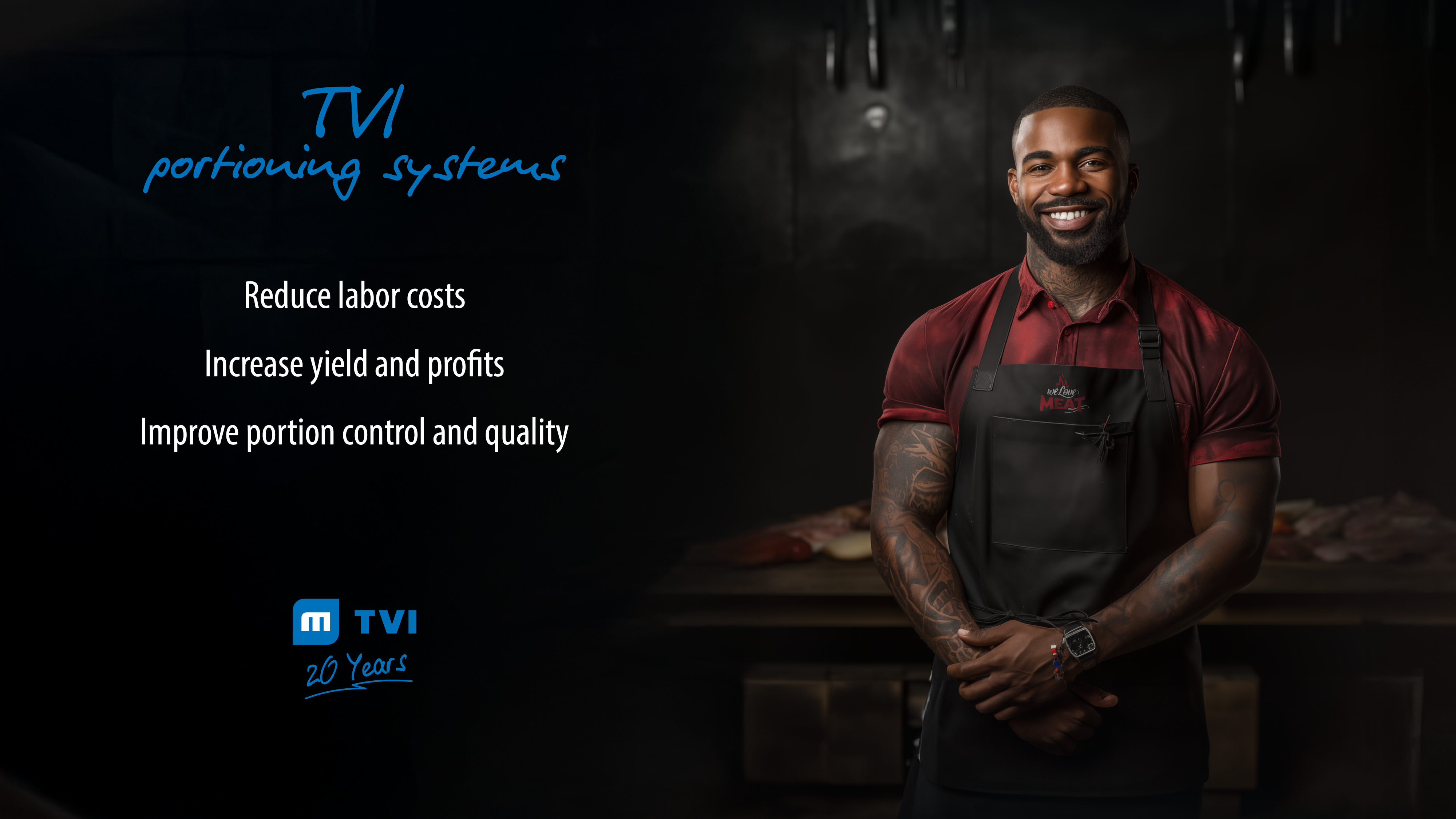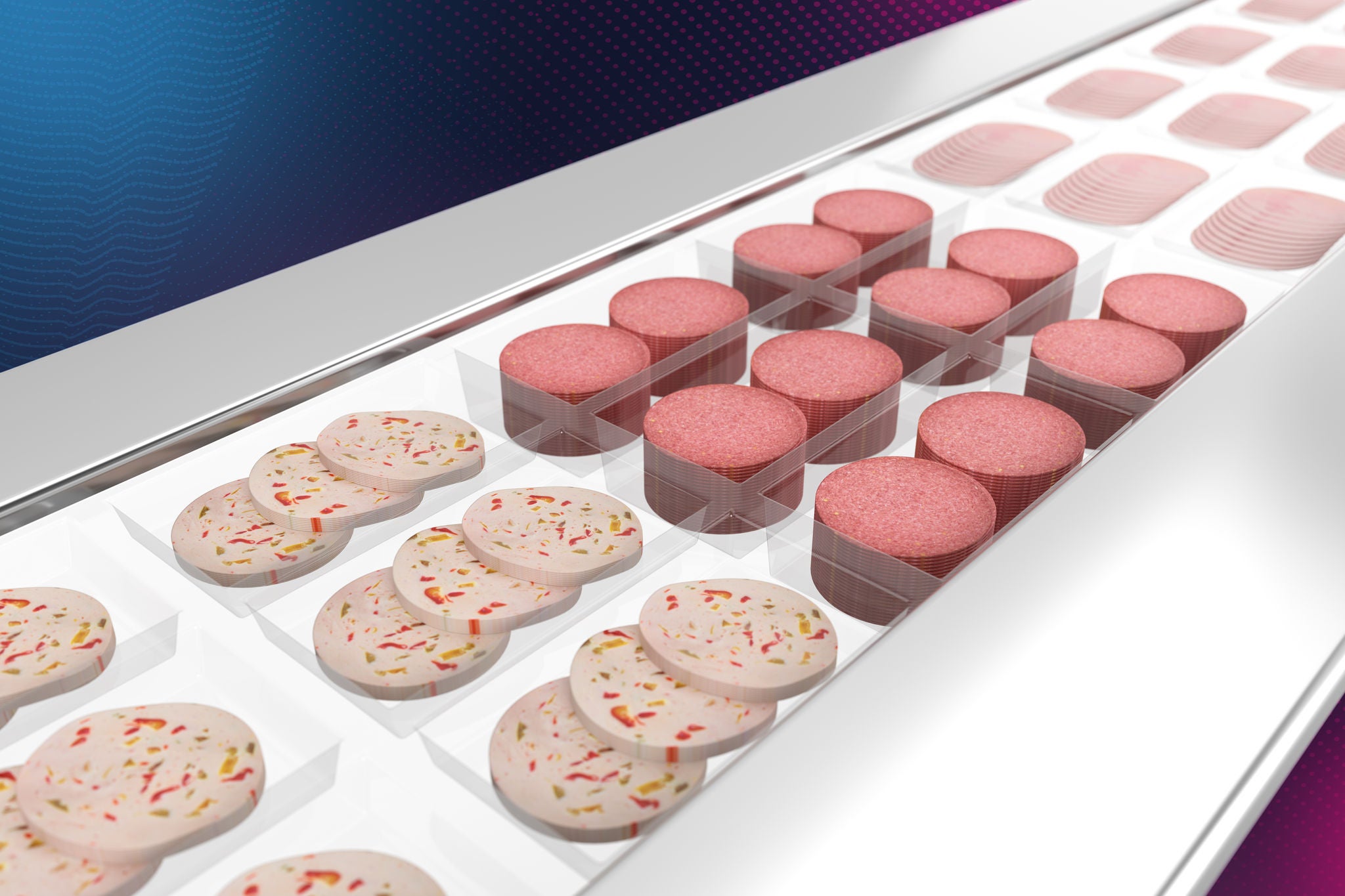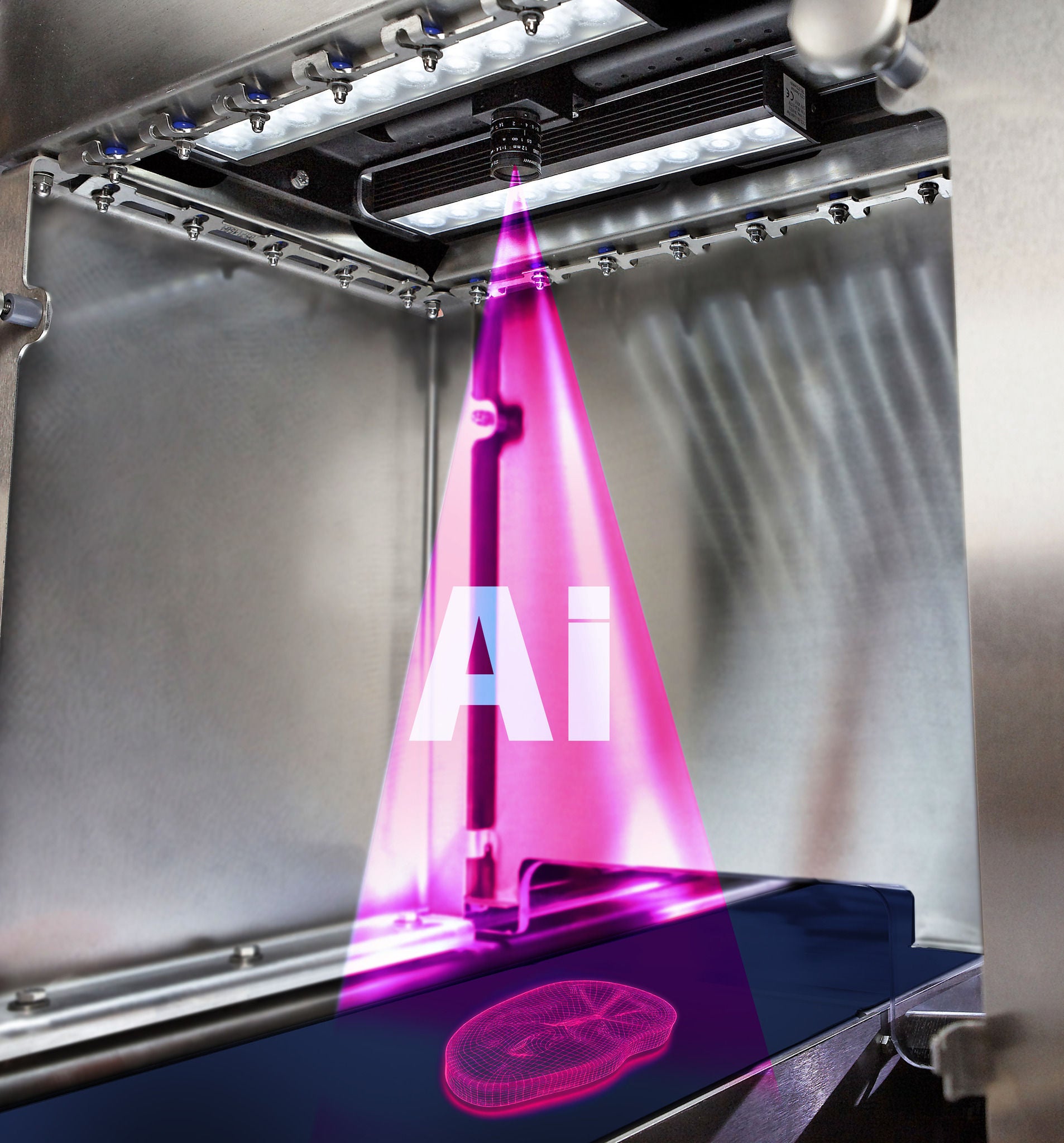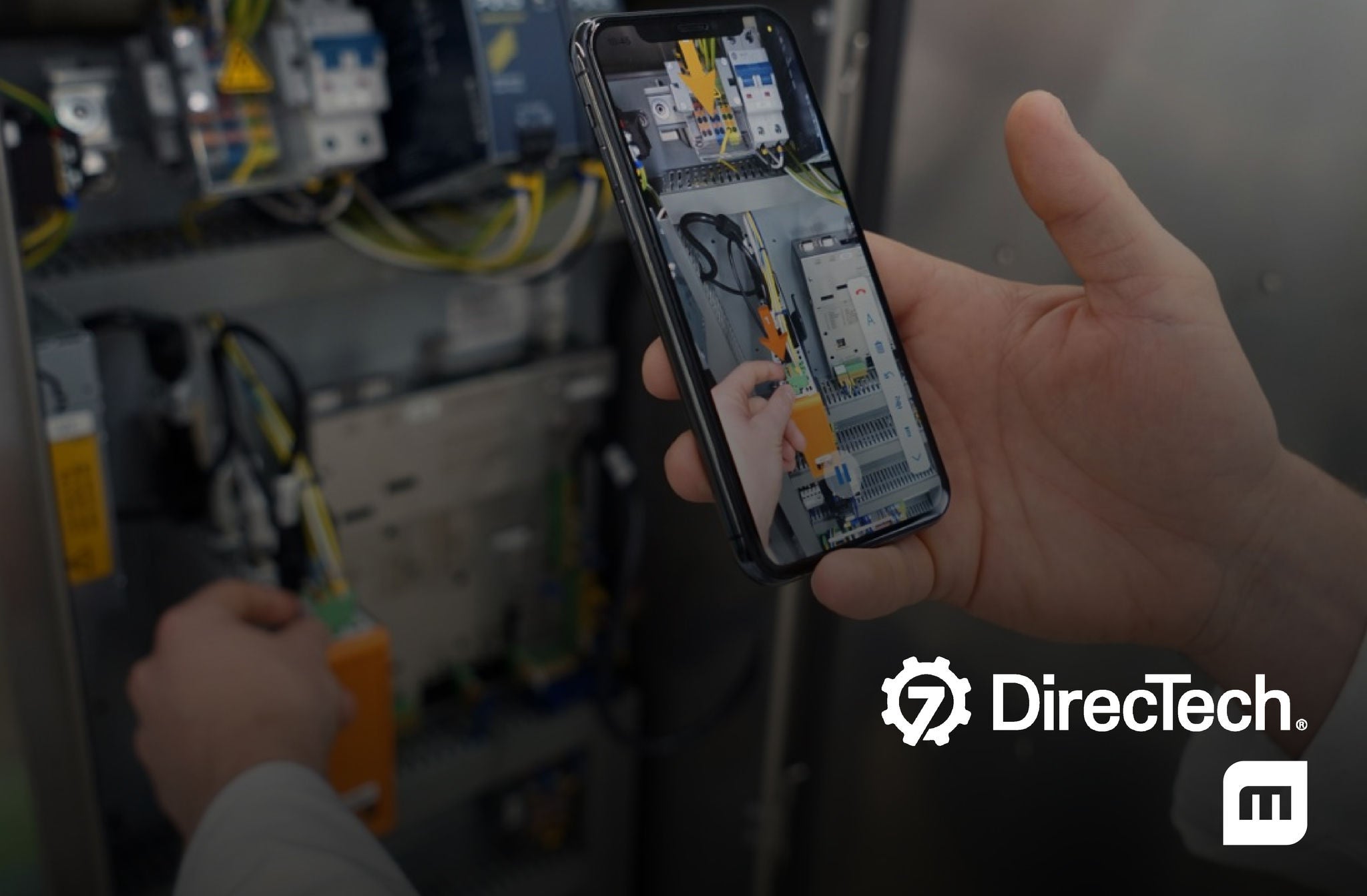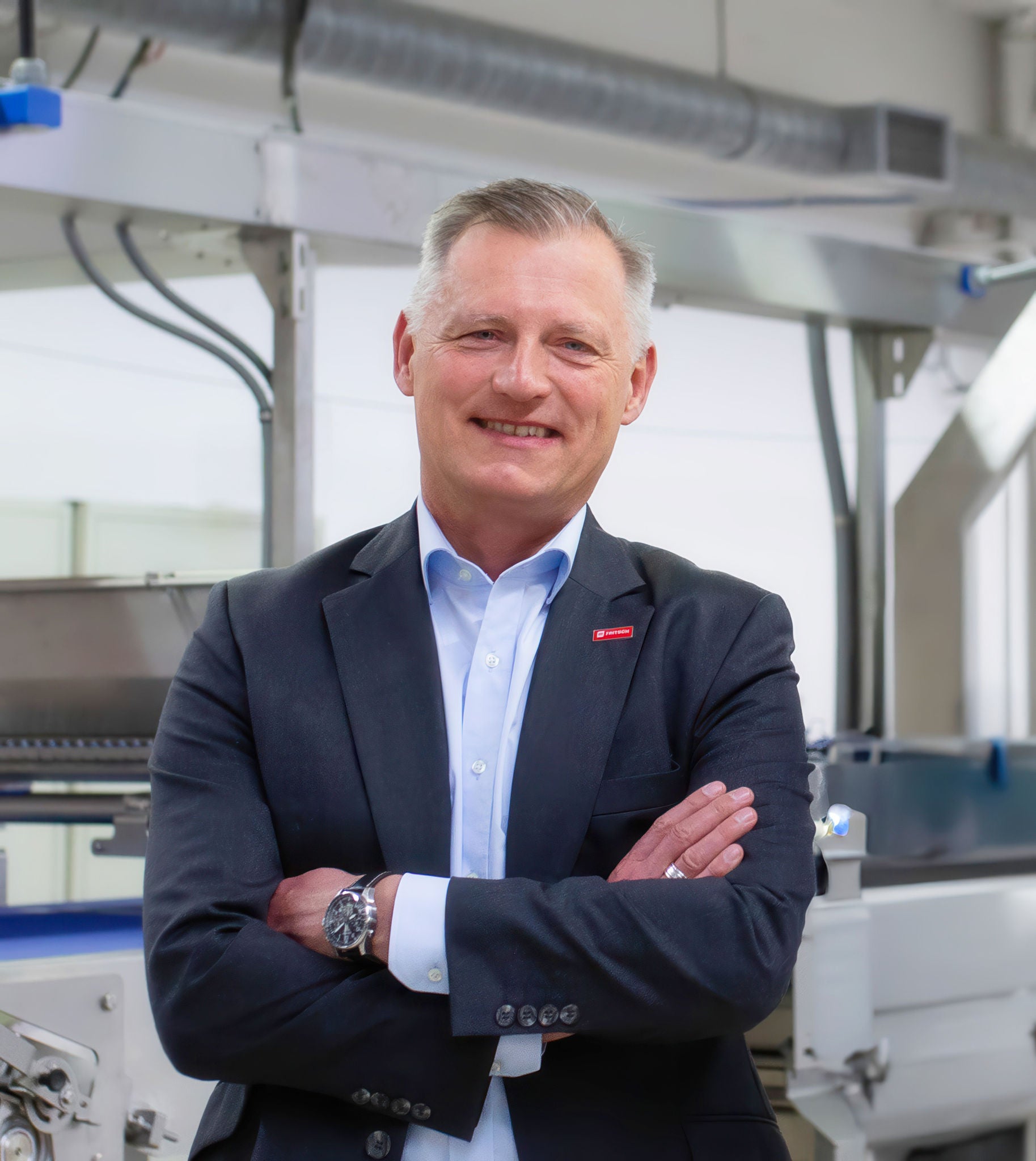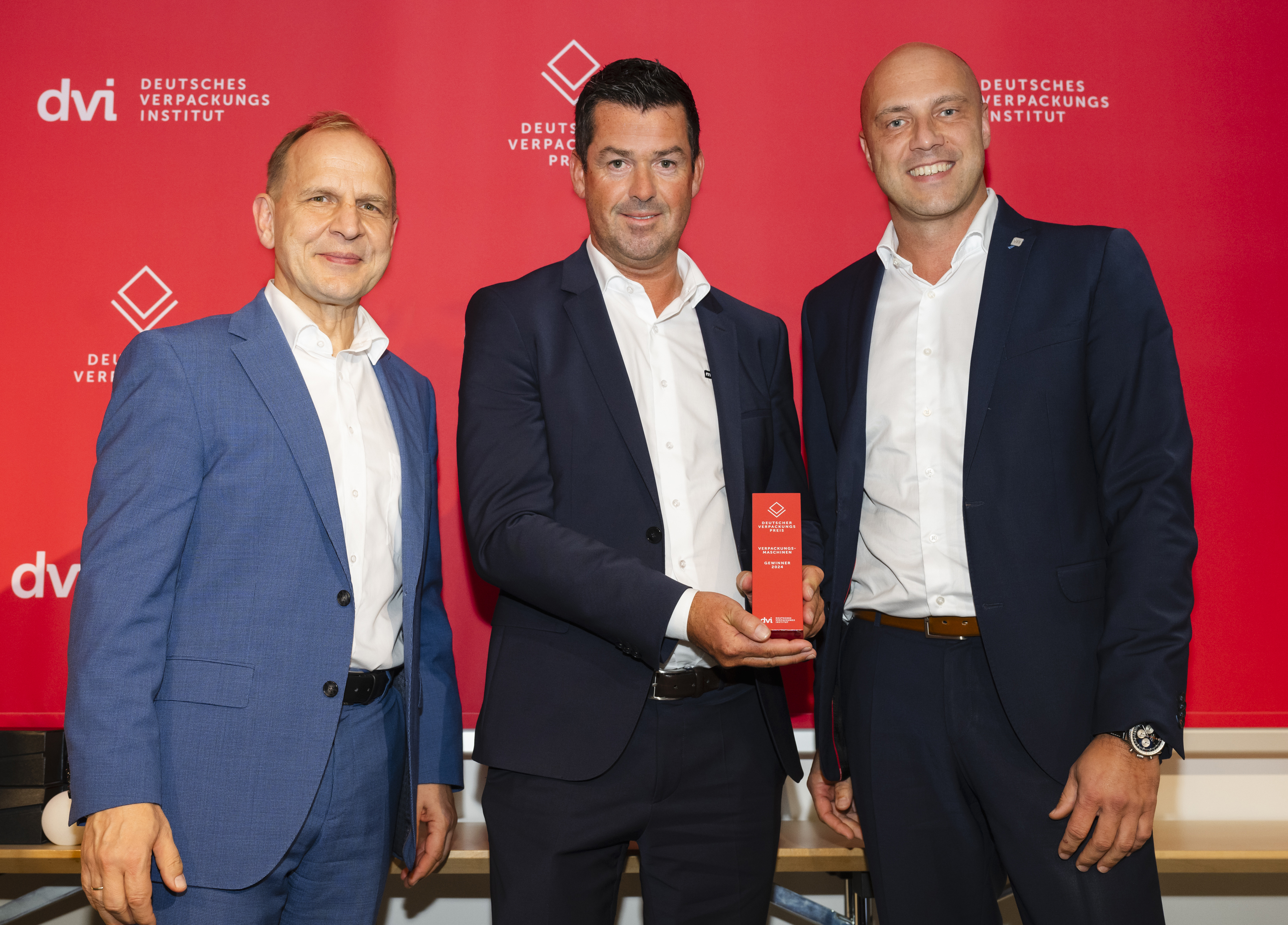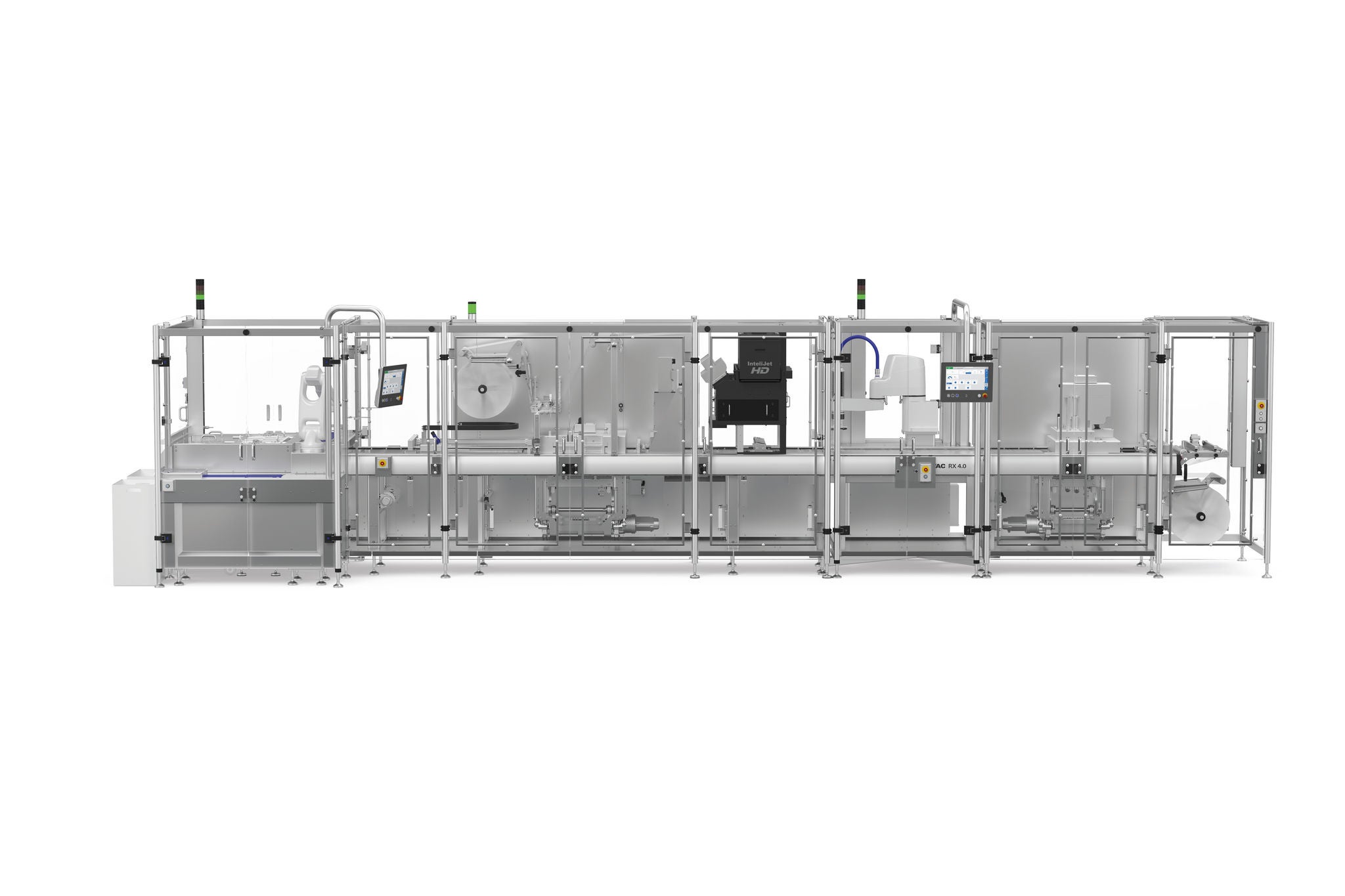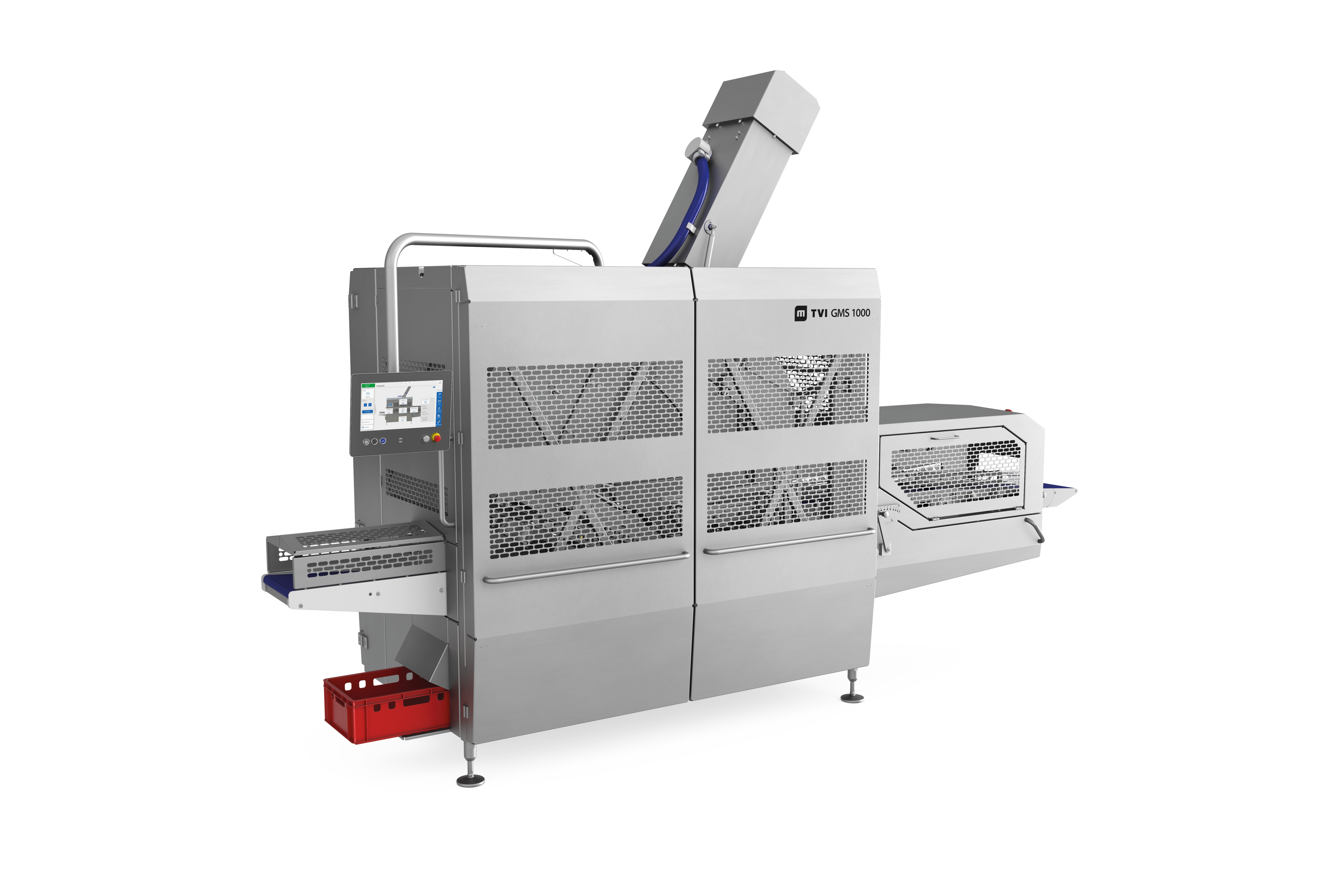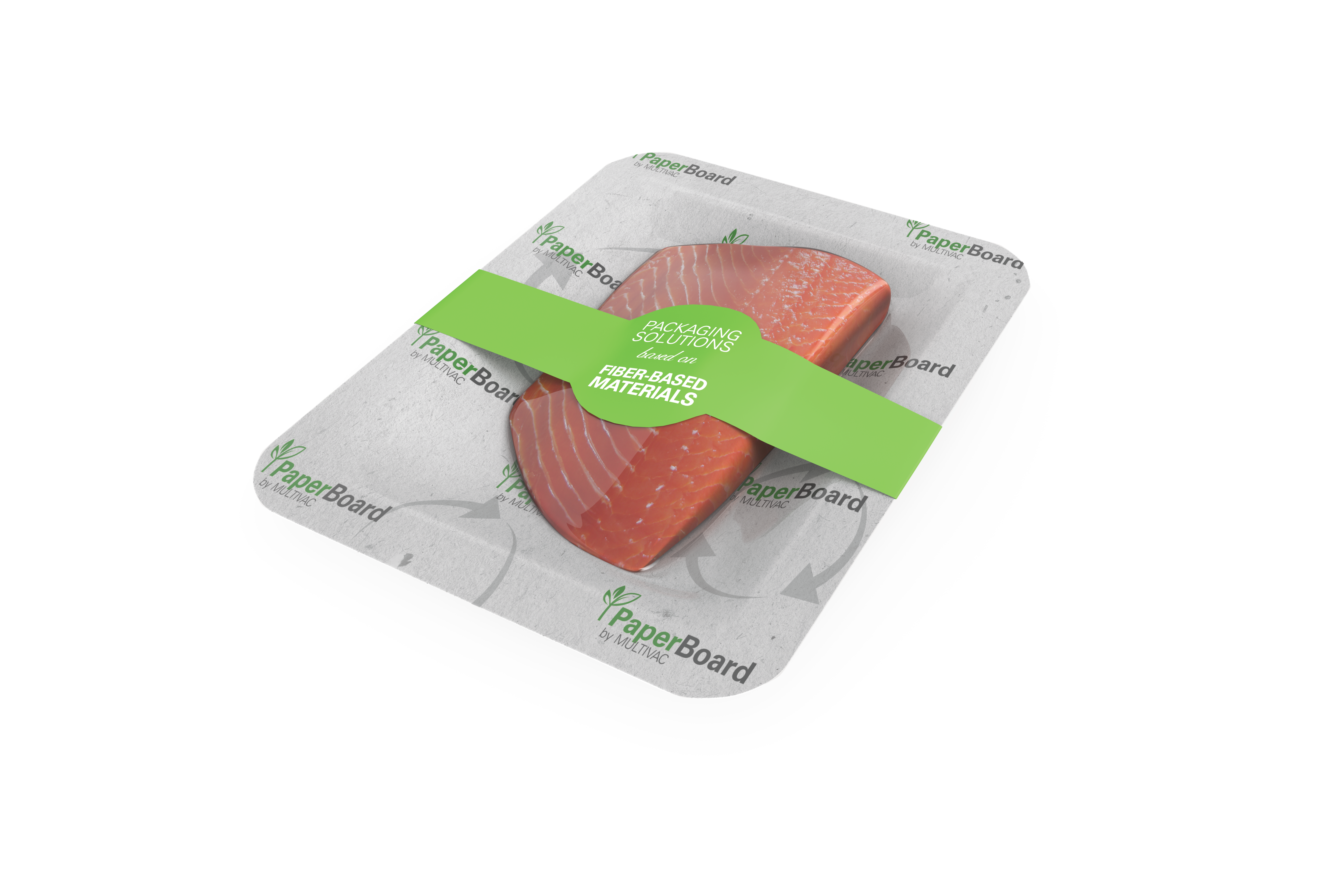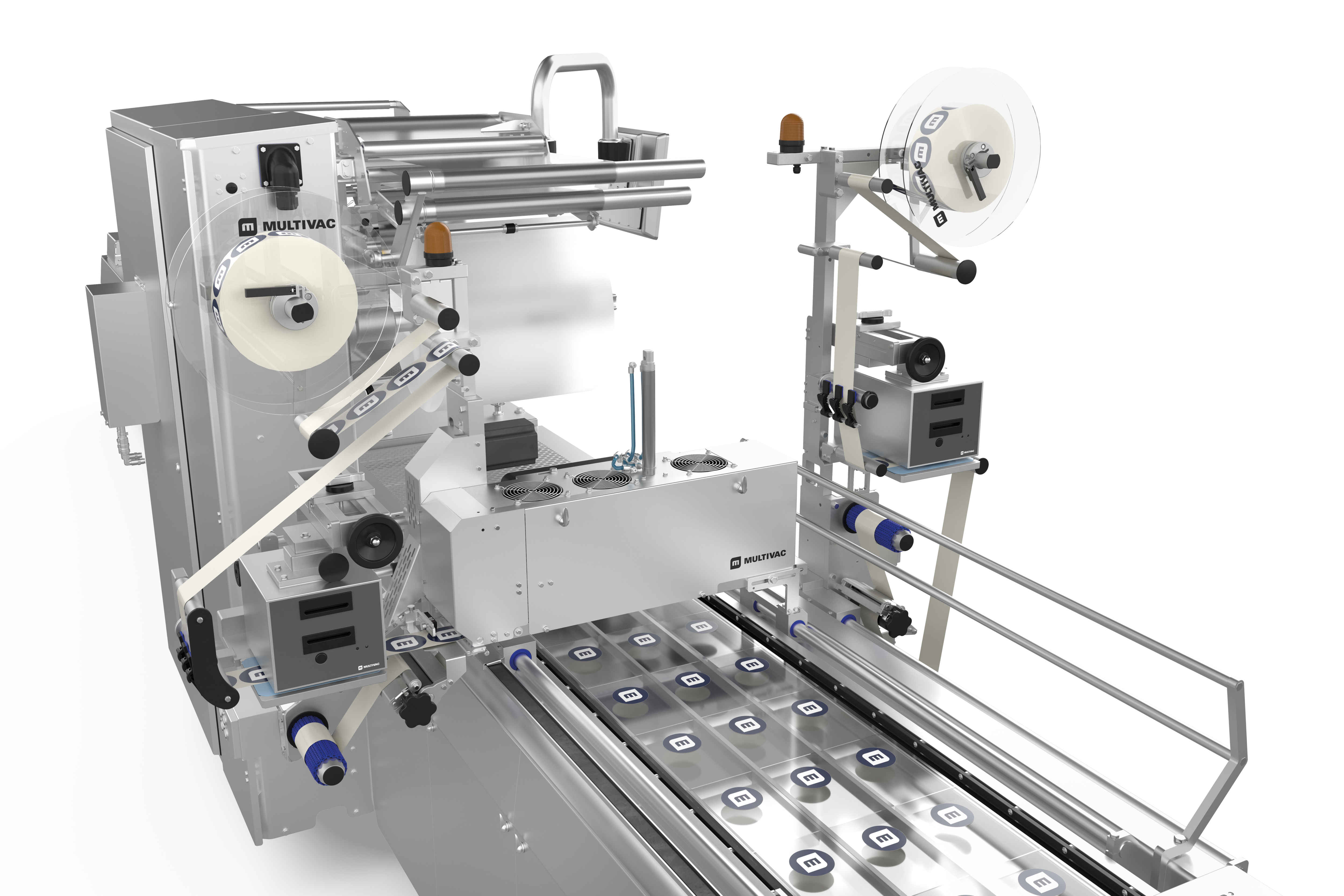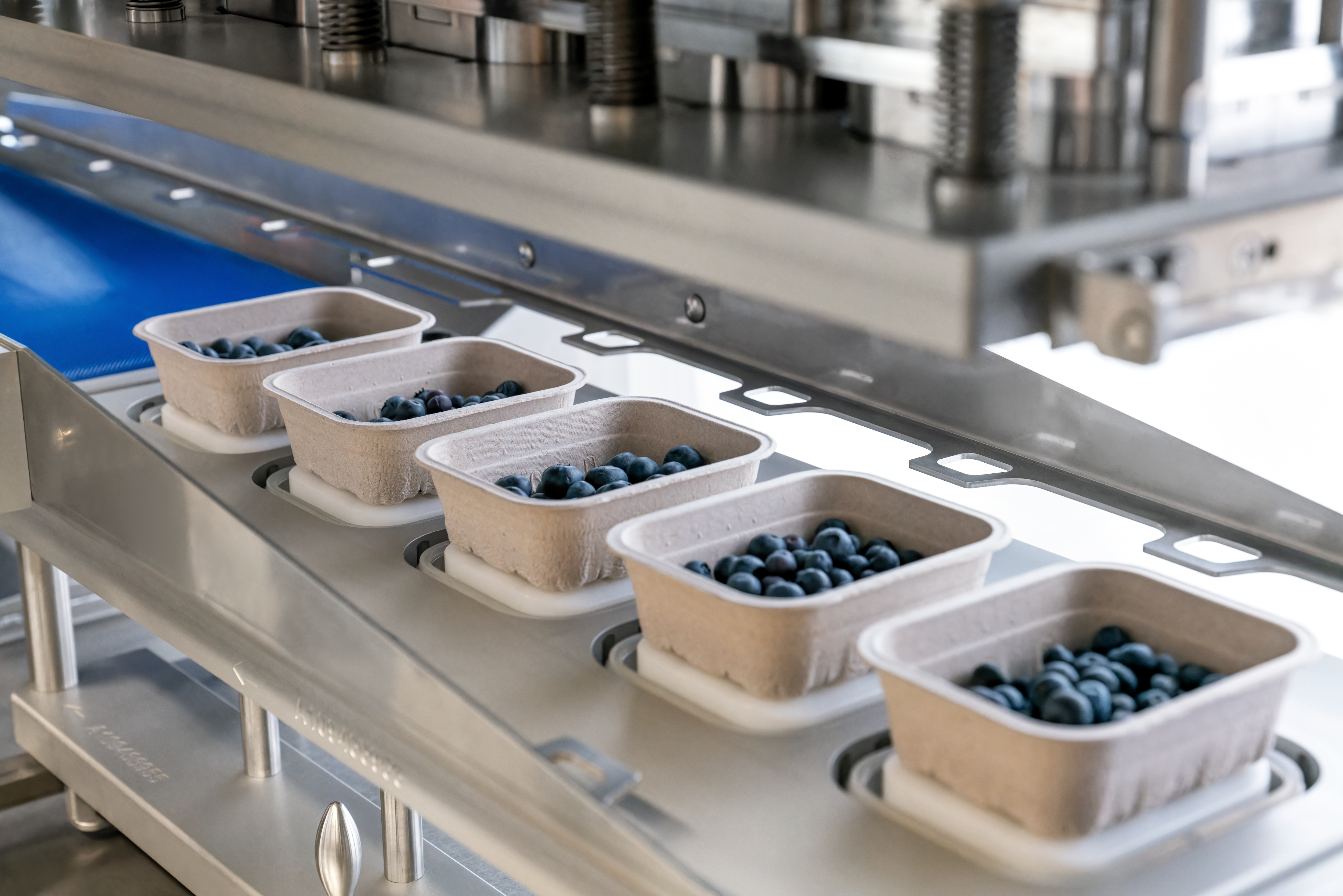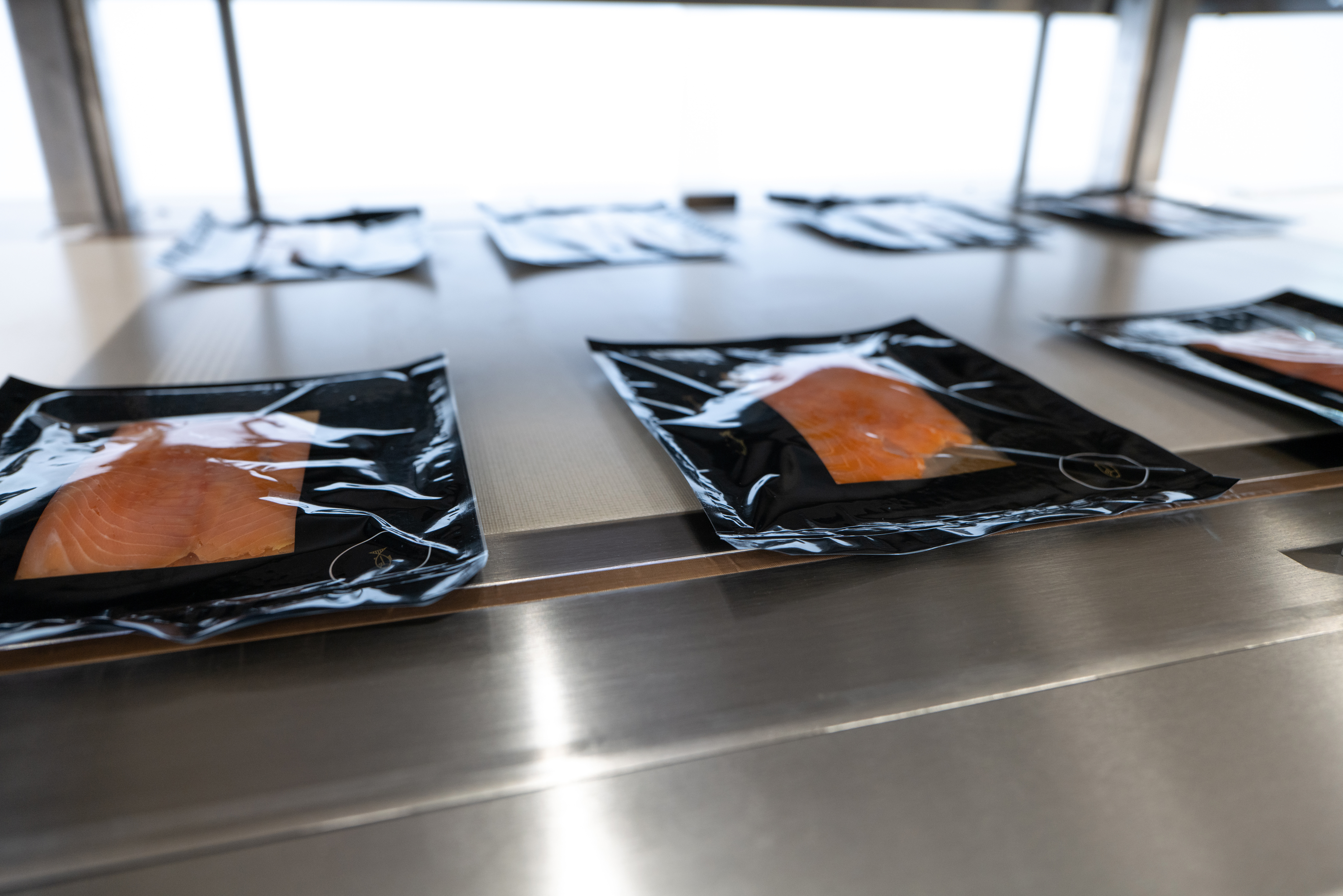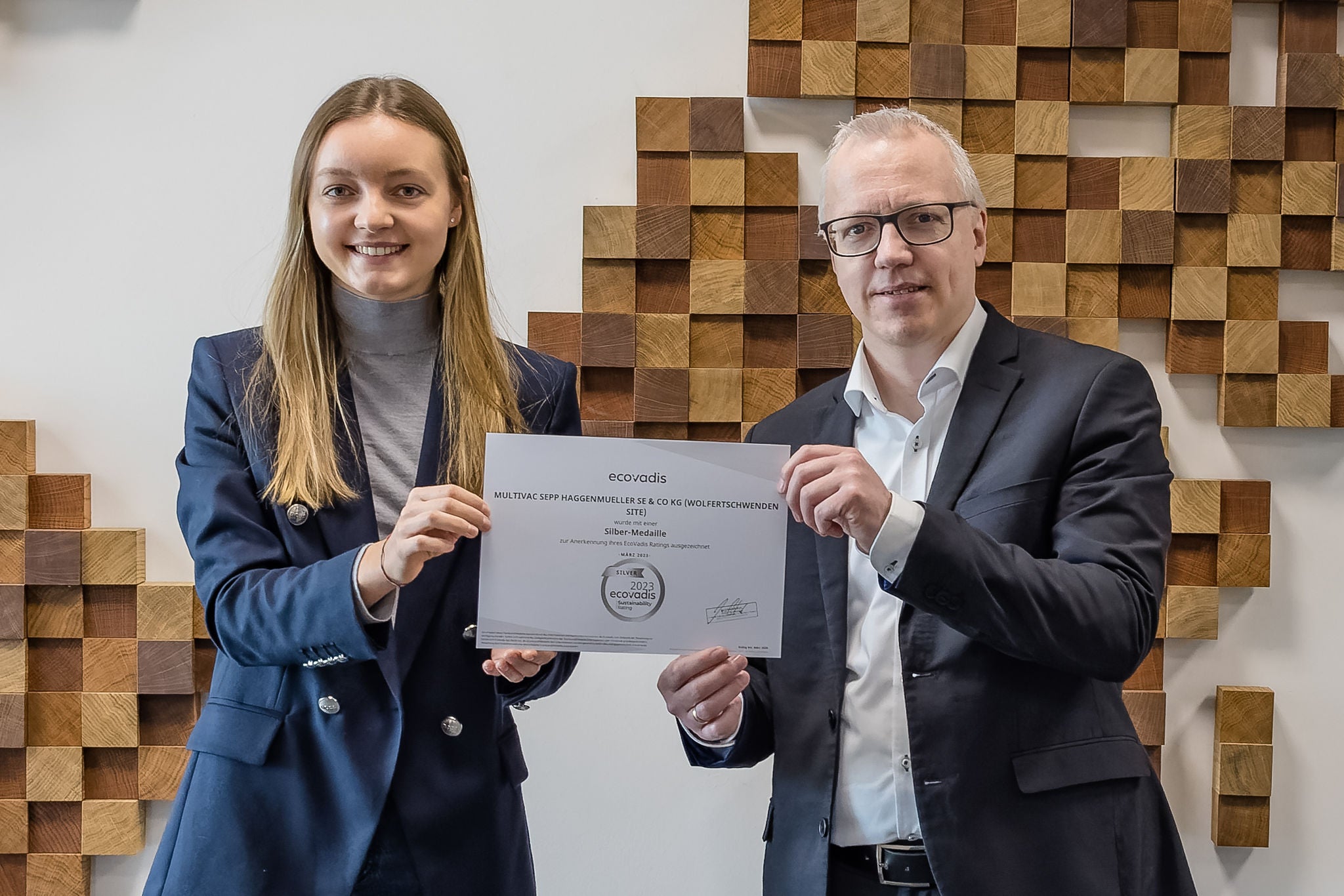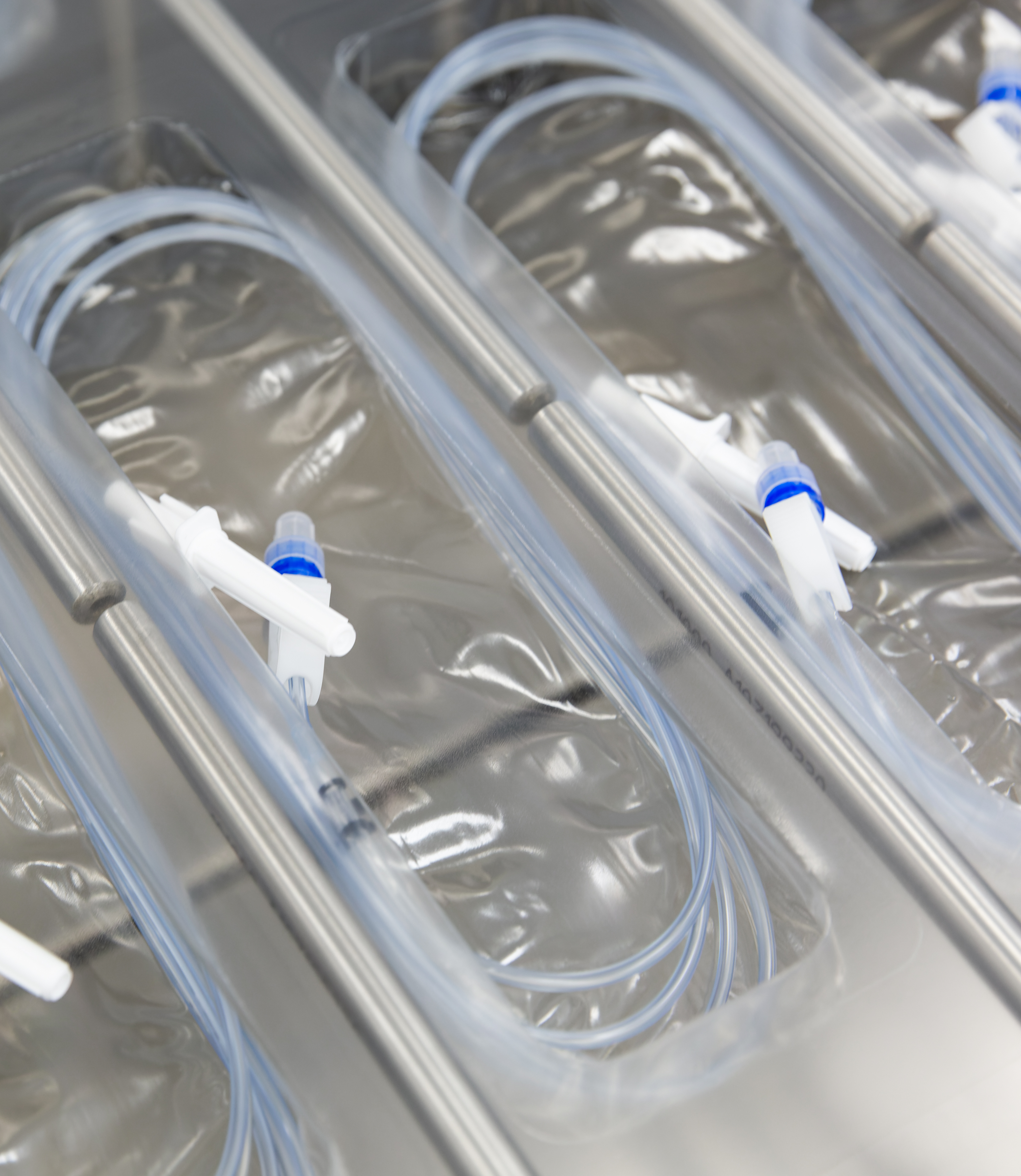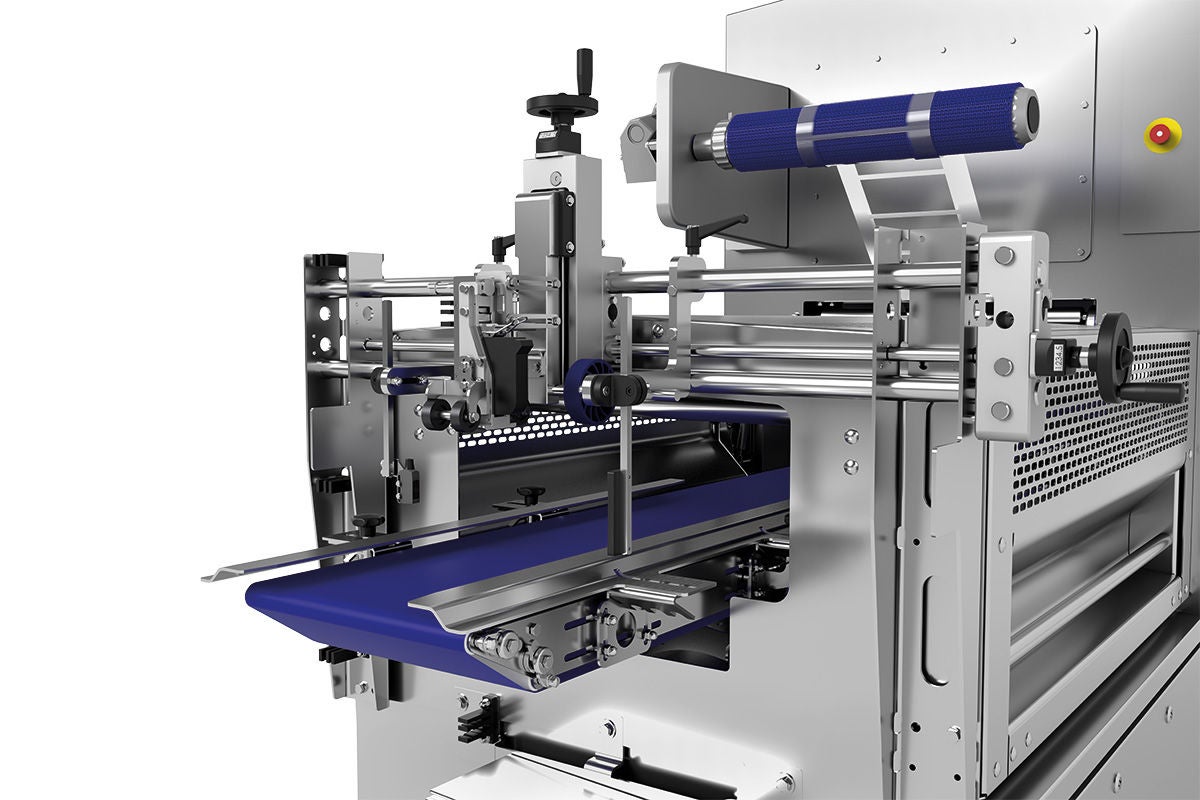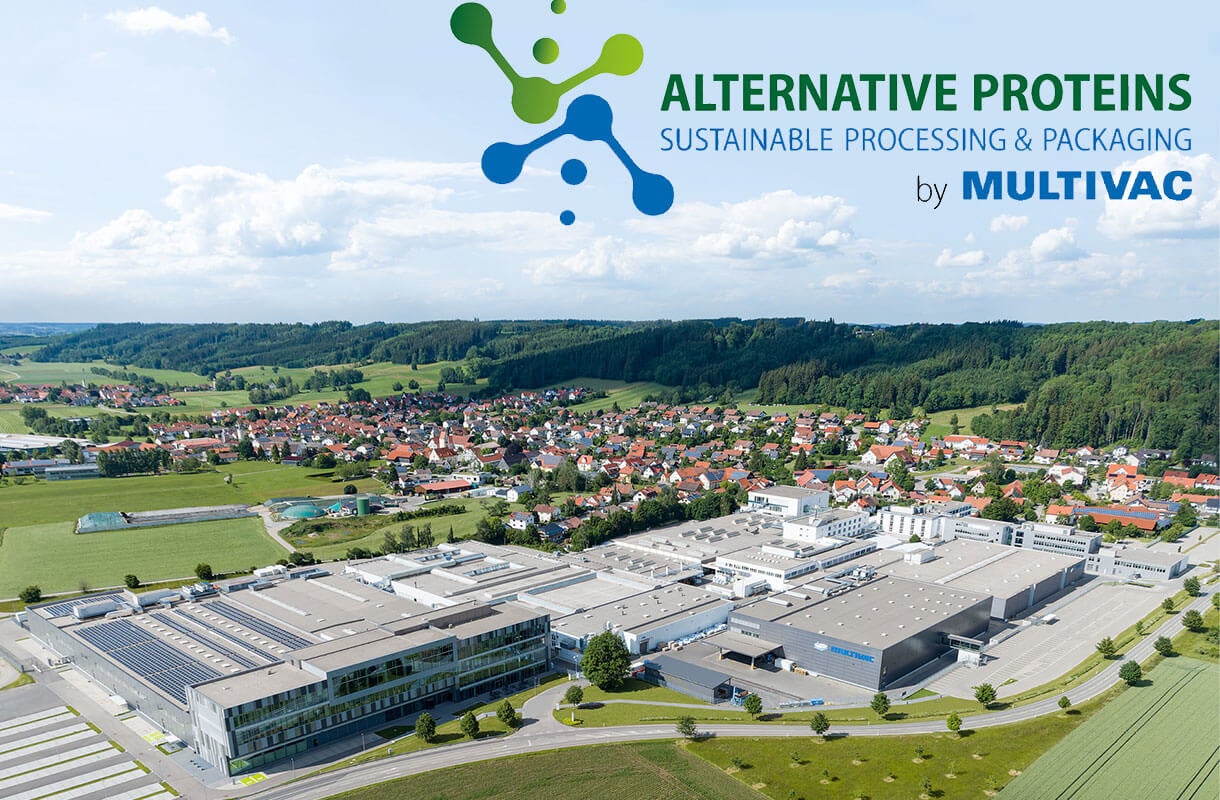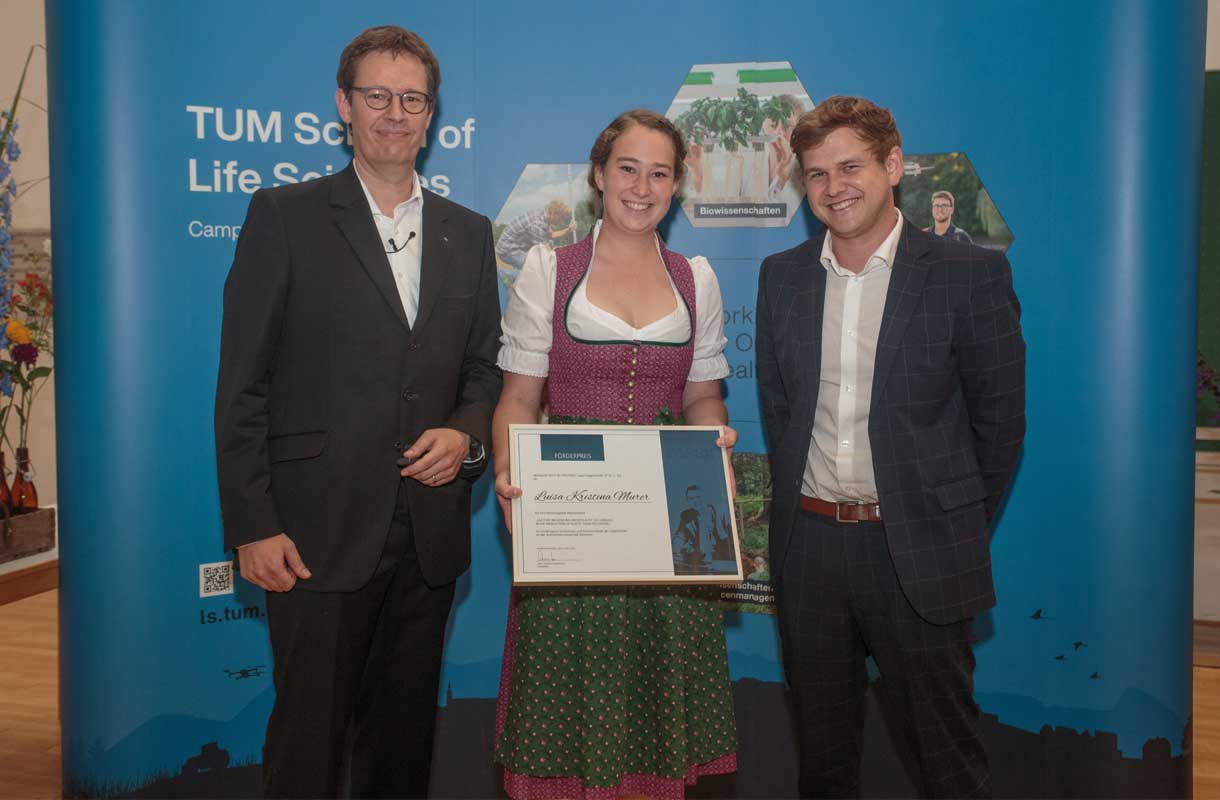

Scope 2 Emissions Reporting
November 2024
Transparency in Scope 2 emissions reporting has become paramount as stakeholders, lenders, and investors demand more accountability regarding environmental impact. At MULTIVAC Group, we understand this need and come with a solution: the Smart Widget Dashboard.
Understanding Scope 2 Emissions: A Key Factor in Sustainability Reporting for Food and Medical Manufacturing
In the ongoing efforts to create more sustainable operations, companies in the food and medical manufacturing industries are increasingly focusing on reducing their environmental footprint. Among the various scopes of emissions defined by the Greenhouse Gas (GHG) Protocol, Scope 2 emissions play a crucial role in sustainability reporting and efforts.
What Are Scope 2 Emissions?
Scope 2 emissions refer to the indirect greenhouse gas emissions from purchased energy—such as electricity, heat, and cooling—that a company consumes but does not produce directly. While Scope 1 covers direct emissions from company-owned or controlled sources, Scope 2 addresses the impact of energy that is purchased from external suppliers.
For businesses in food and medical manufacturing, energy use is significant. From the operation of machinery in production lines to temperature-controlled environments for storage, the reliance on external energy is substantial. This makes monitoring, managing, and reporting Scope 2 emissions critical to sustainability goals.
Why Scope 2 Emissions Matter
Both the food and medical manufacturing industries are highly resource-intensive operations. For food manufacturers, purchased energy is required for processing, packaging, and transportation. While medical manufacturers depend heavily on purchased energy for cleanroom operations, sterilization, and the production of sensitive medical devices. In both sectors, the energy required to maintain high levels of hygiene and safety standards makes energy consumption a major area of concern for emissions.
The good news? Efforts to reduce Scope 2 emissions can lead to significant operational efficiencies. Shifting to renewable energy sources, implementing energy efficiency programs, and optimizing production processes not only help reduce emissions but can also lead to cost savings.
The Financial Perspective: Investors and Lenders Look to Emissions Reporting to Determine Financial Health and Long-Term Viability
Beyond environmental impact, there is a growing financial incentive for companies to prioritize emissions reductions, particularly Scope 2 emissions, in their operations. Lenders and investors now look closely at sustainability initiatives when determining a company’s financial health and long-term viability.
Lenders: Banks and financial institutions increasingly consider a company’s environmental, social, and governance (ESG) performance before approving loans. Companies with strong sustainability strategies and clear emissions reduction targets often secure better financing terms. For food and medical manufacturers, demonstrating a proactive approach to Scope 2 emissions reduction can strengthen their position when seeking loans, especially as lenders prefer clients committed to environmental responsibility, which can reduce financial risks related to future regulation or energy cost fluctuations.
"The biggest challenges we face in making this (GHG) inventory is that the vast majority of our customers do not report their GHG emissions, so we have to calculate these emissions using proxies. And for some economic sectors, such as agriculture, the calculation methodologies are still being developed."
Luke Disney, Head of Climate Strategy, Rabobank
Investors: Emissions reporting has become a critical metric for shareholders and institutional investors, who are factoring sustainability into their investment decisions. Stakeholders are increasingly pressuring companies to disclose emissions data and meet emissions reduction targets, as this signals not only environmental responsibility but also operational efficiency. By actively managing Scope 2 emissions, food and medical manufacturing companies can appeal to sustainability-focused investors, attract ESG-conscious capital, and enhance stockholder trust and long-term shareholder value.
Reporting and Transparency with the Smart Services Widget Dashboard
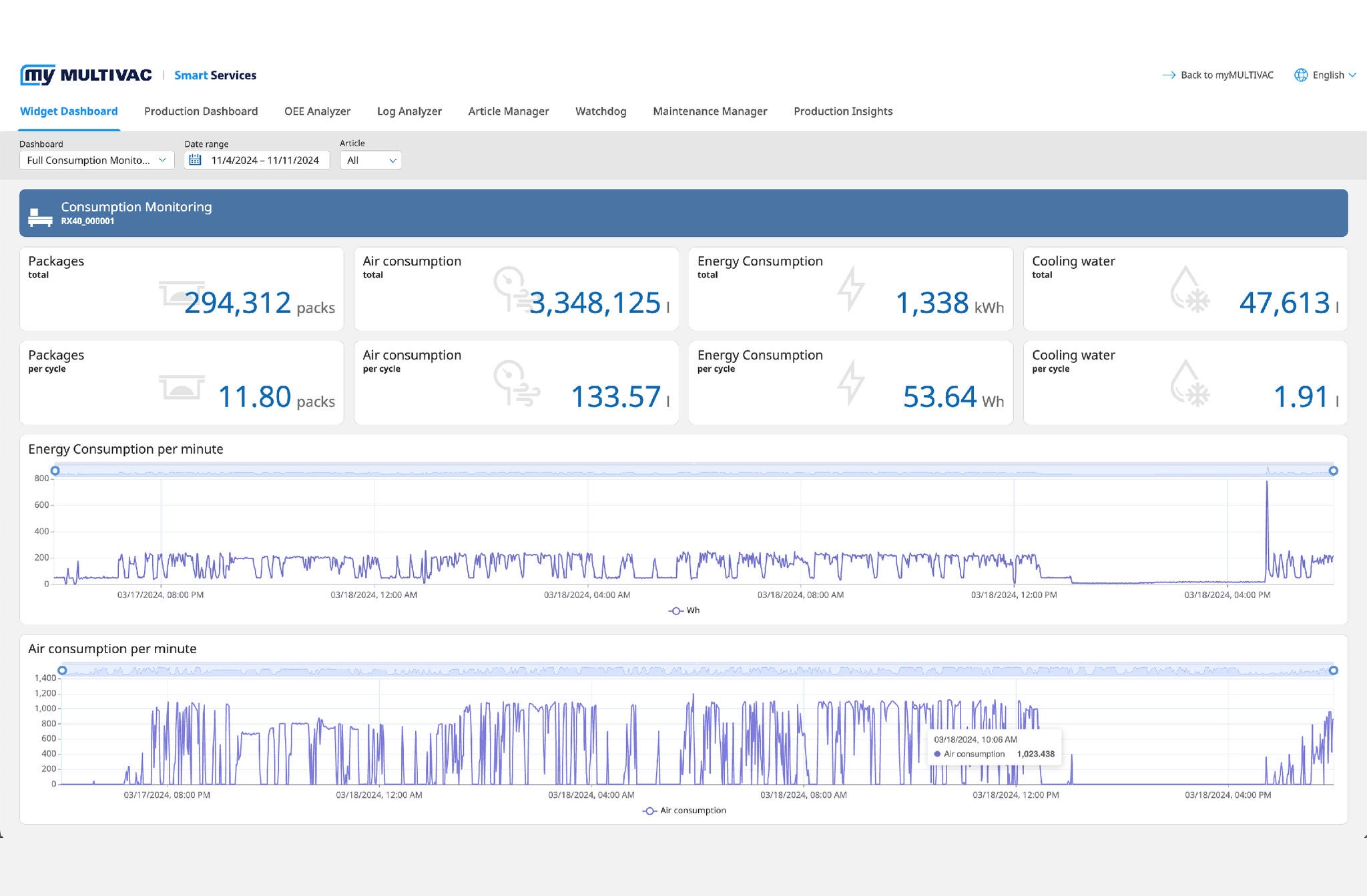
The GHG (Greenhouse Gas) Protocol and other sustainability reporting frameworks, such as the Carbon Disclosure Project (CDP) and Science-Based Targets initiative (SBTi), require companies to report Scope 2 emissions as part of their overall emissions inventory. As you just learned, transparency in this area has become paramount, as stakeholders, investors, and lenders demand more accountability regarding environmental impact.
Enter MULTIVAC's Smart Widget Dashboard with Consumption Monitoring.
As your dedicated production partner, MULTIVAC is committed to finding innovative ways to enhance your operations. Our Smart Widget Dashboard simplifies Scope 2 reporting by delivering essential data directly to your inbox. Custom-built around your key performance indicators and specific data requirements, the Smart Widget Dashboard provides granular insights enabling you to figure cost per pack down to the penny.
Need comprehensive Scope 2 reporting data to meet sustainability funding requirements? The Dashboard captures real-time metrics for air, energy, cooling water, and material consumption, which can be tracked per pack, shift, plant, or production line. Accessible on any mobile device or desktop, the Dashboard is fully configurable to fit your unique parameters, giving you powerful insights whenever you need them.
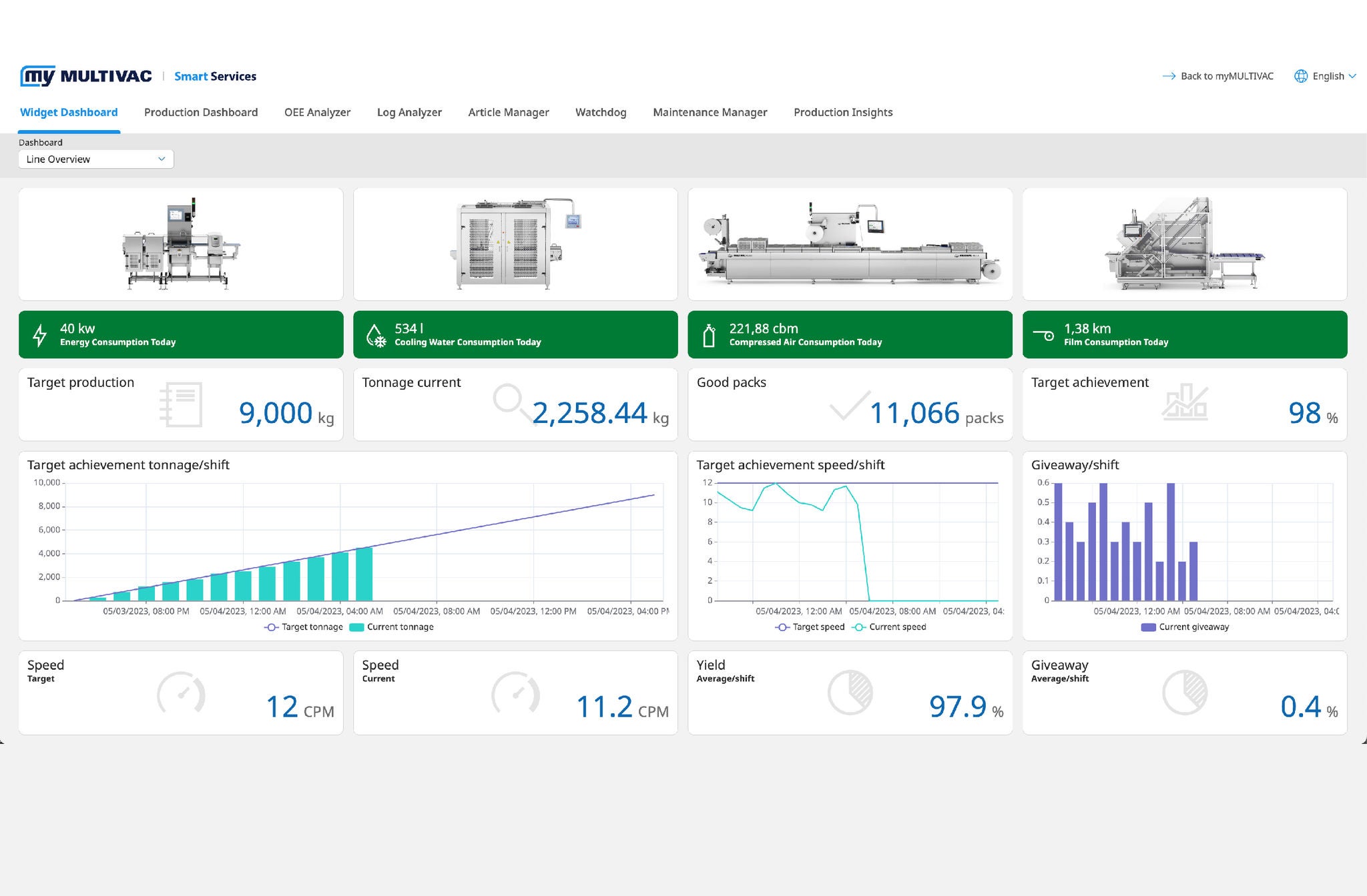
See how the Smart Widget Dashboard can level up your Production and Sustainability data.
EPA Resources:
- EPA Scope 1 & Scope 2 Inventory Guidance
- EPA Scope 2 Guidance
- EPA GHG Protocol Scope 2 Guidance Document
- EPA Green House Gas Reporting
SBTi (Science-Based Targets Initiative) Resources:
- Measurement, Reporting and Verification
- SBTi Resource Library
- Landscape Analysis: Measurement, Reporting, and Verification of Science-Based Targets
Rabobank Resources:
- Rabobank Sustainability Policy Framework
- Rabobank Climate Plan 2022
- Rabobank's Position on Packaging
- Video: When to Reach Net Zero
- How Rabobank Acts on Climate
MULTIVAC Group Resources:
Latest news

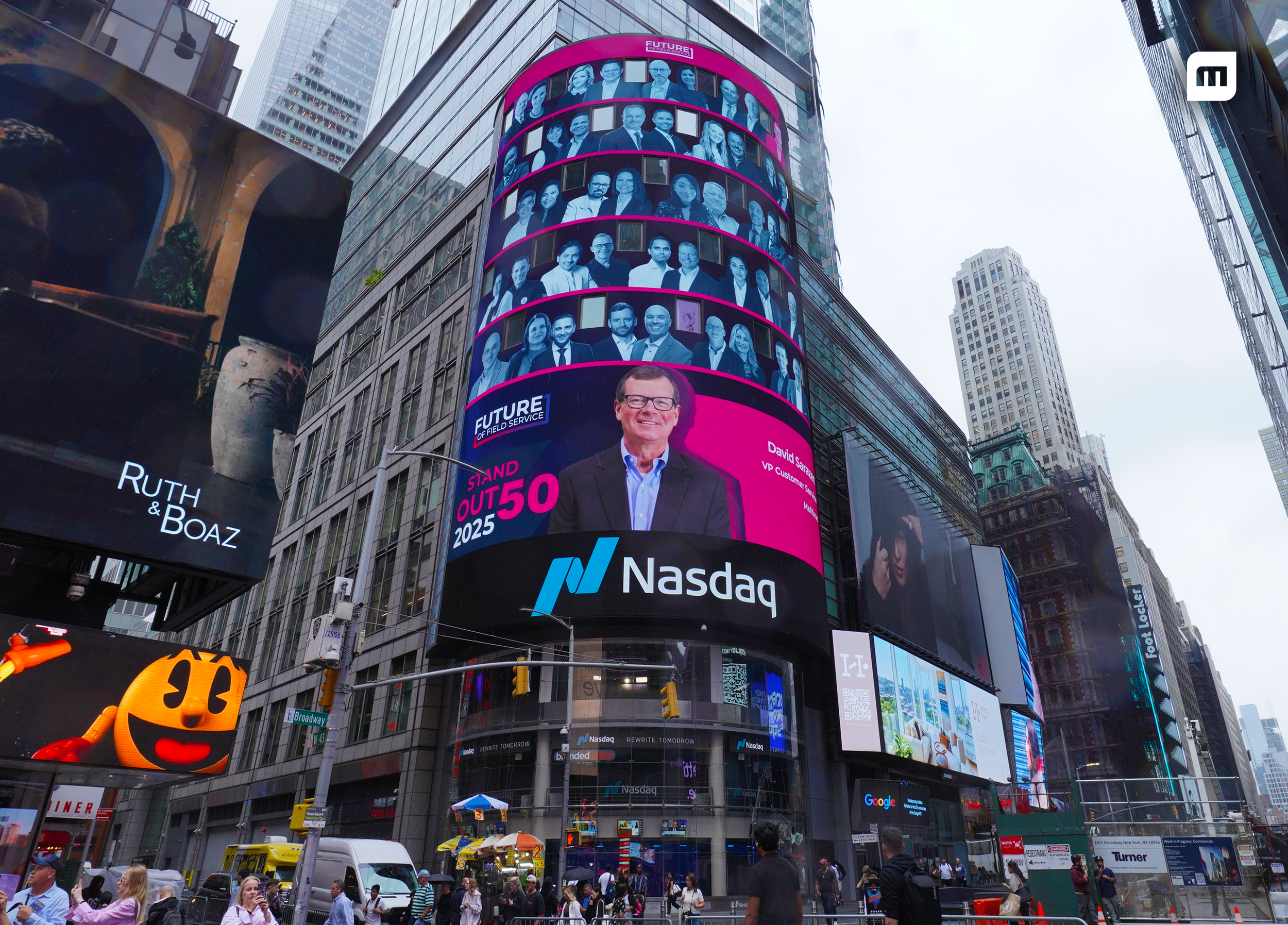
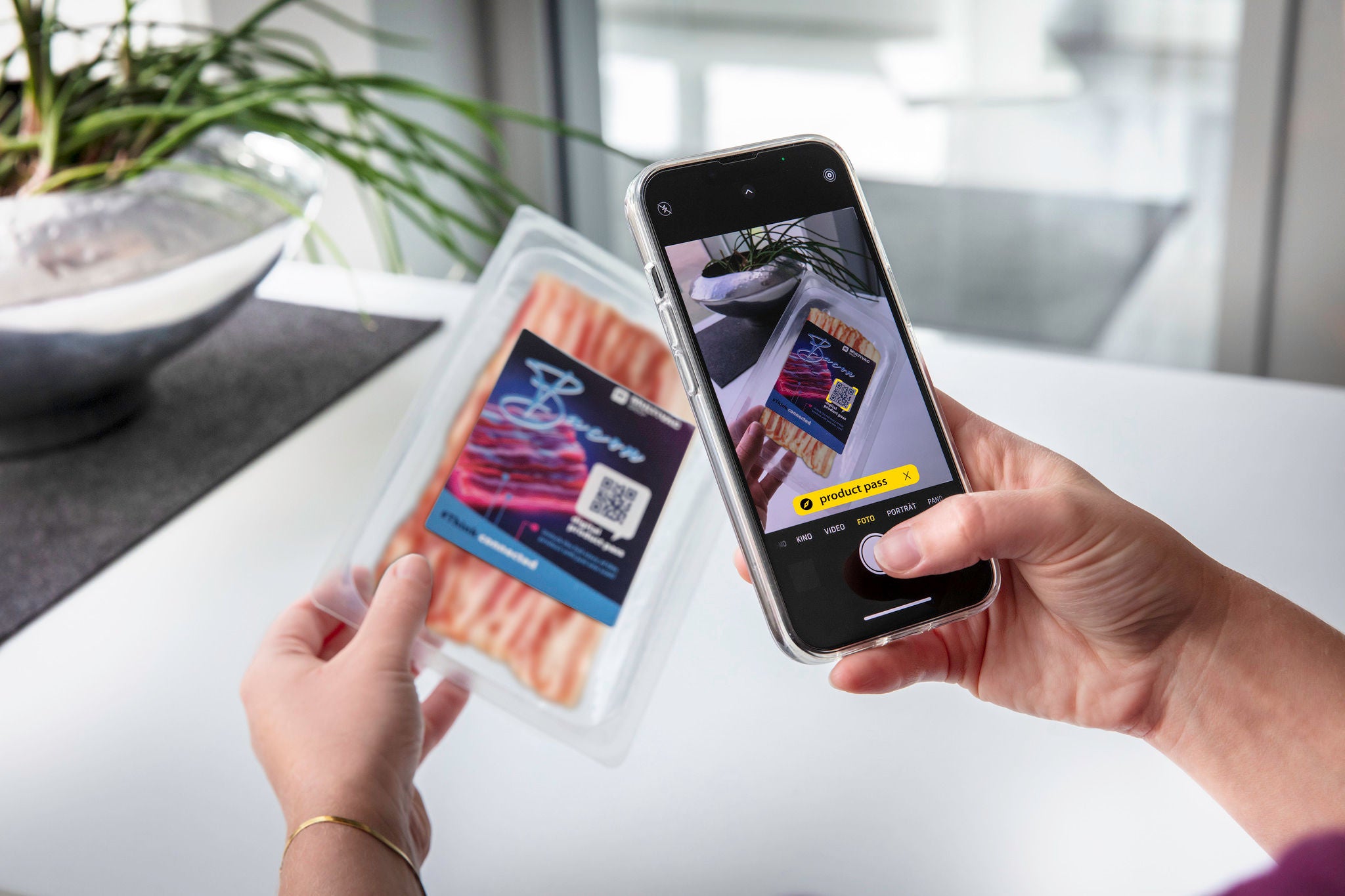
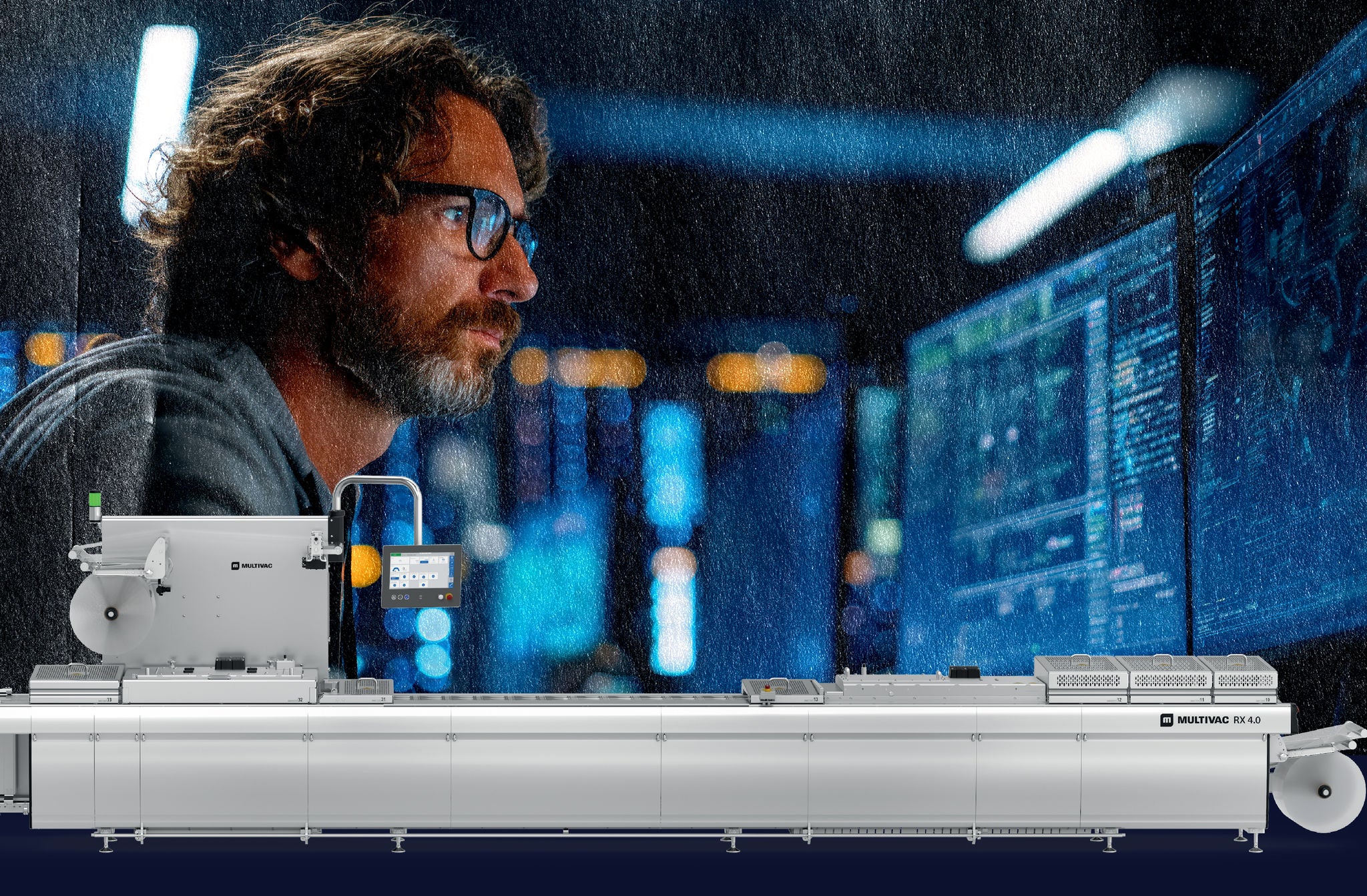 ~ai-4ba7eba1-555f-4142-91a4-488abd4210a5_
~ai-4ba7eba1-555f-4142-91a4-488abd4210a5_
 Clean Label Bread
Clean Label Bread
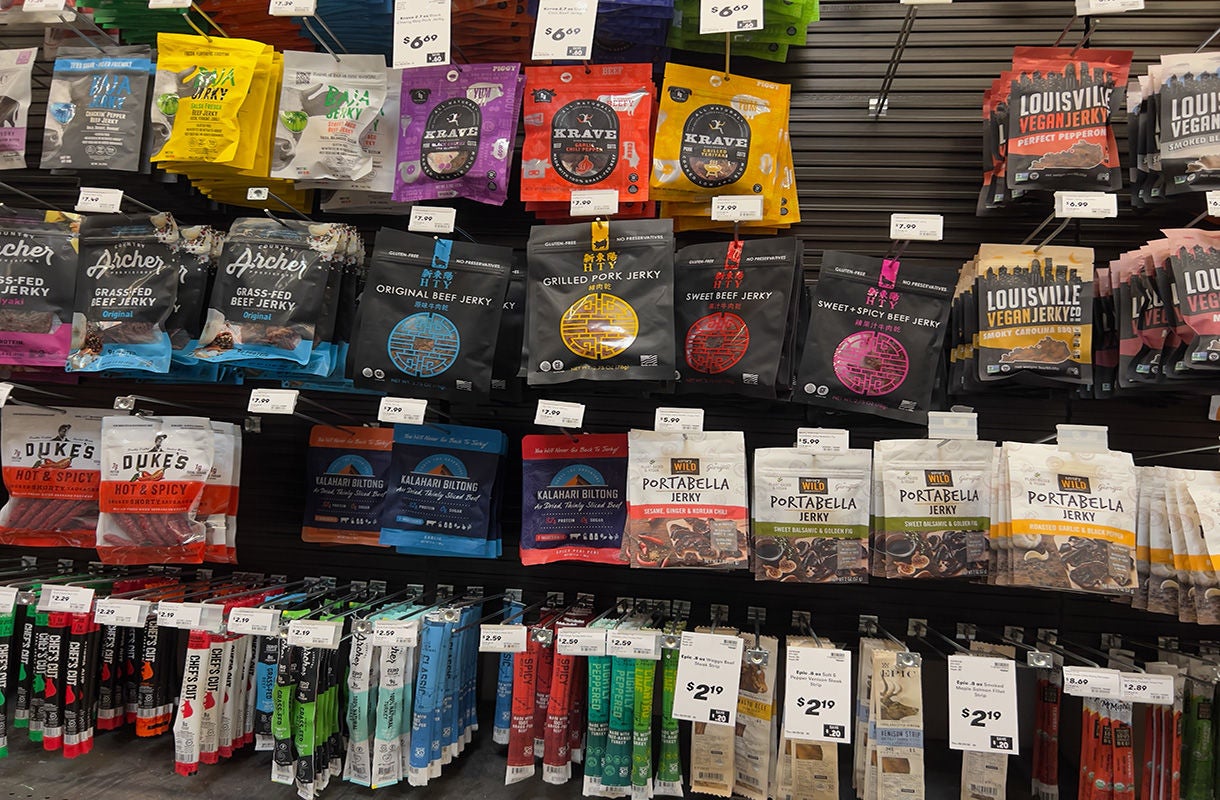 Mill Creek, WA USA - circa May 2022: View of a variety of beef jerky for sale inside a Town and Country grocery store.
Mill Creek, WA USA - circa May 2022: View of a variety of beef jerky for sale inside a Town and Country grocery store.
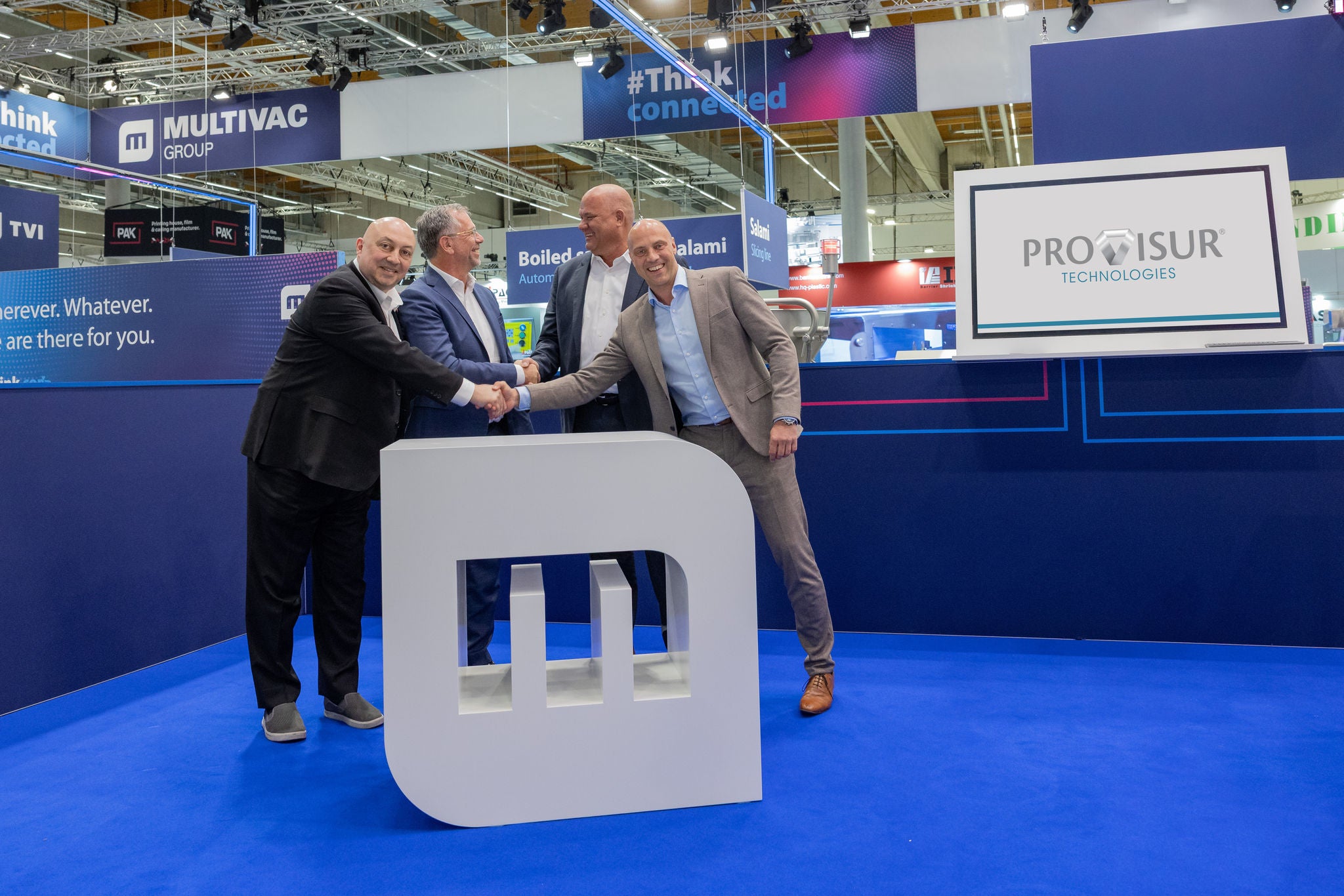

 Directors Desk Header image
Directors Desk Header image
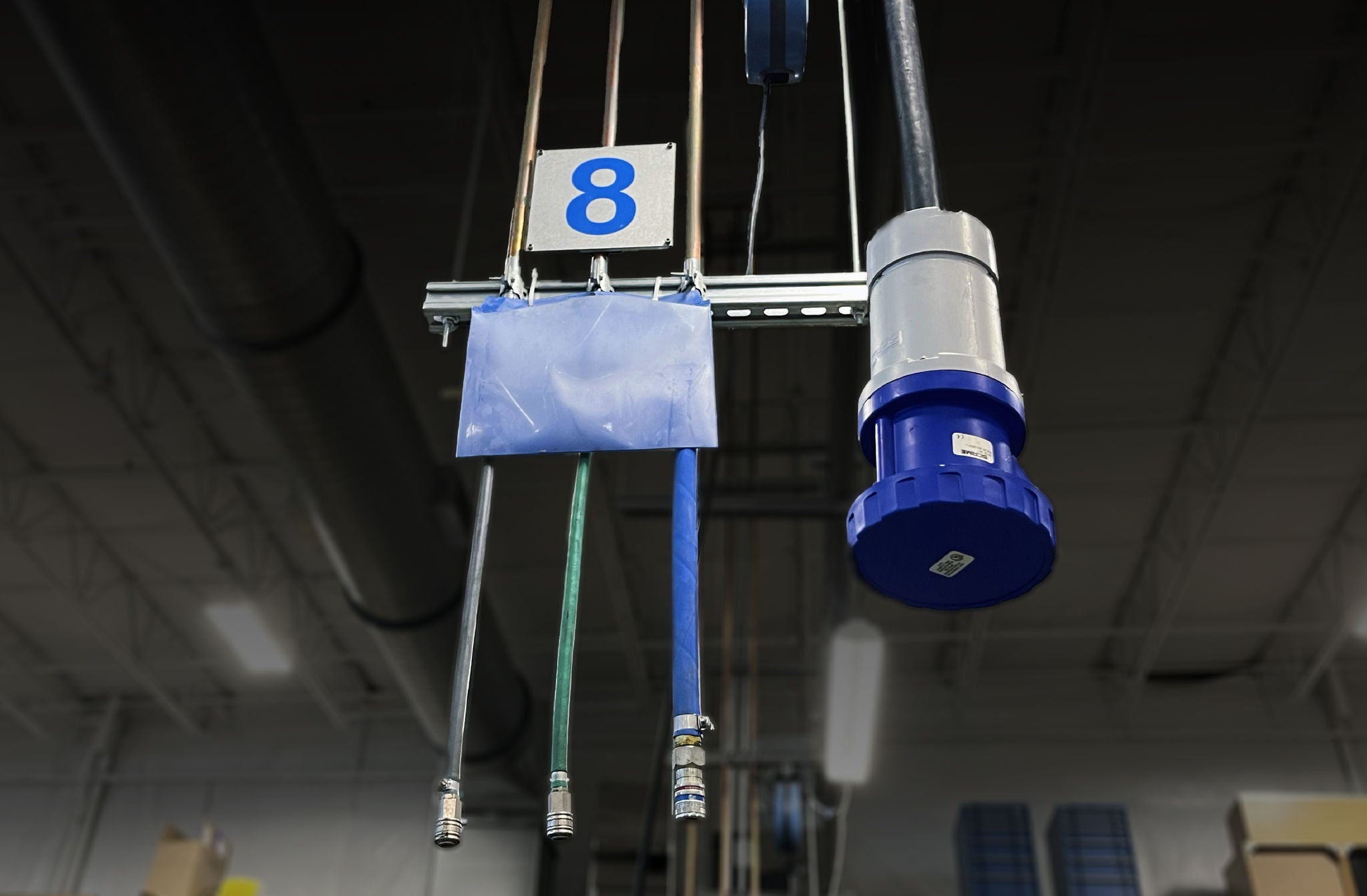 Power cover image
Power cover image
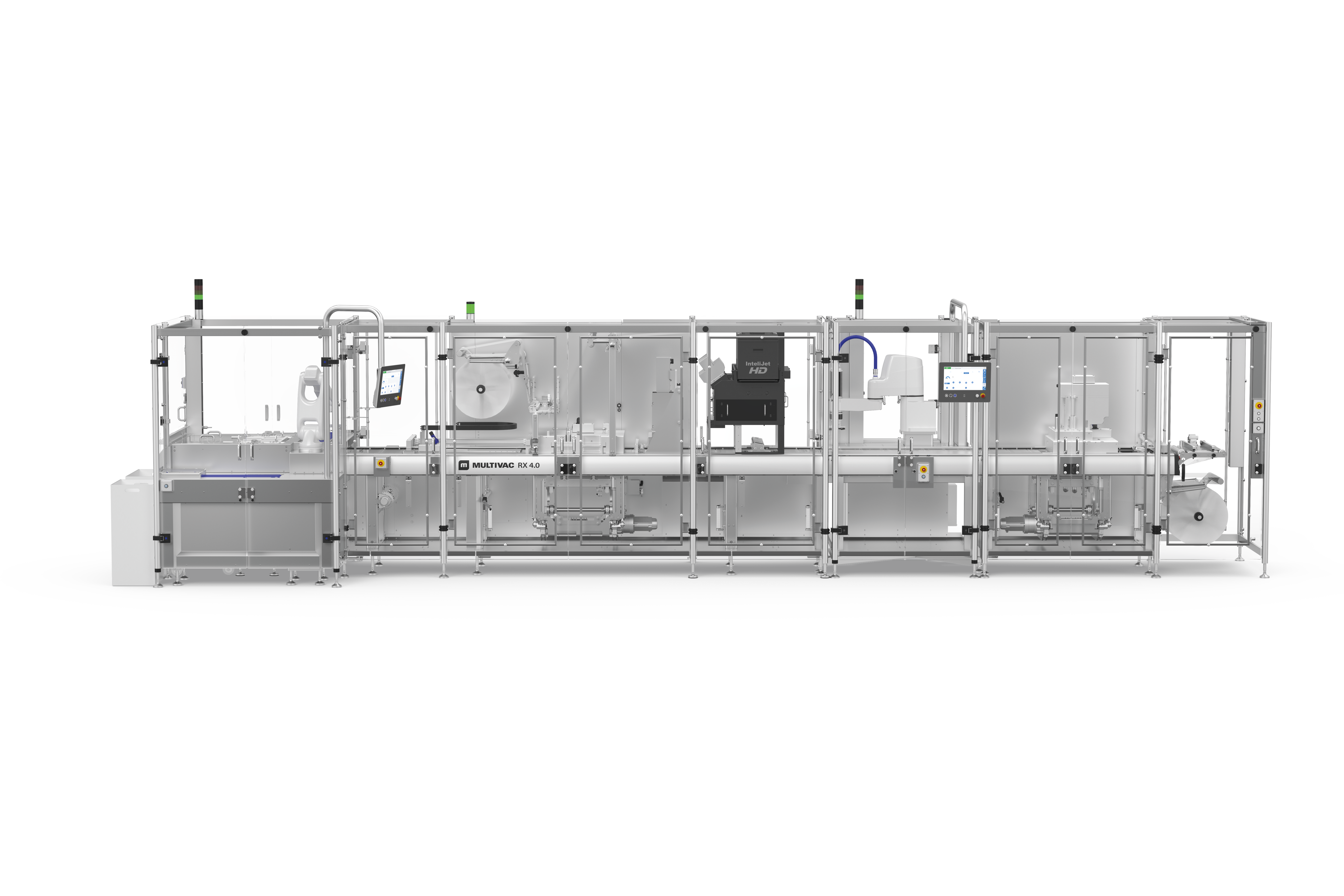
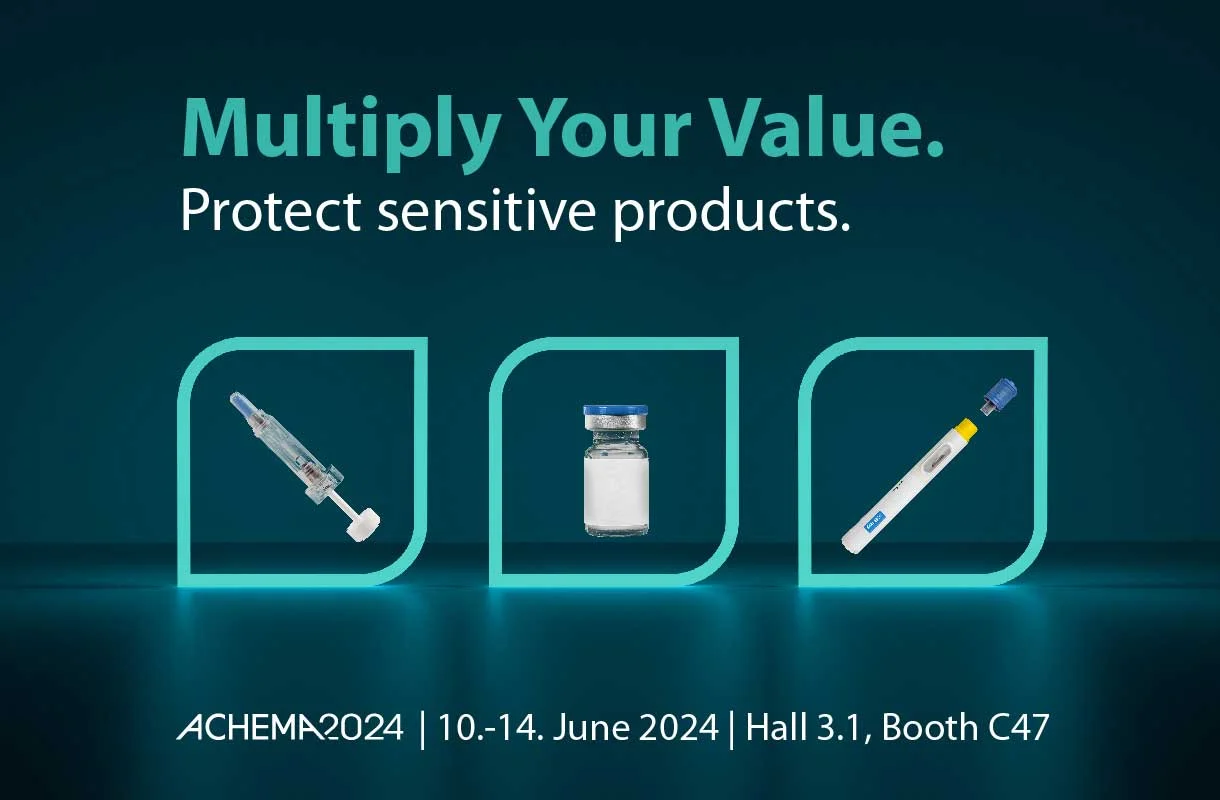 MULTIVAC Packaging Solutions at ACHEMA 2024
MULTIVAC Packaging Solutions at ACHEMA 2024
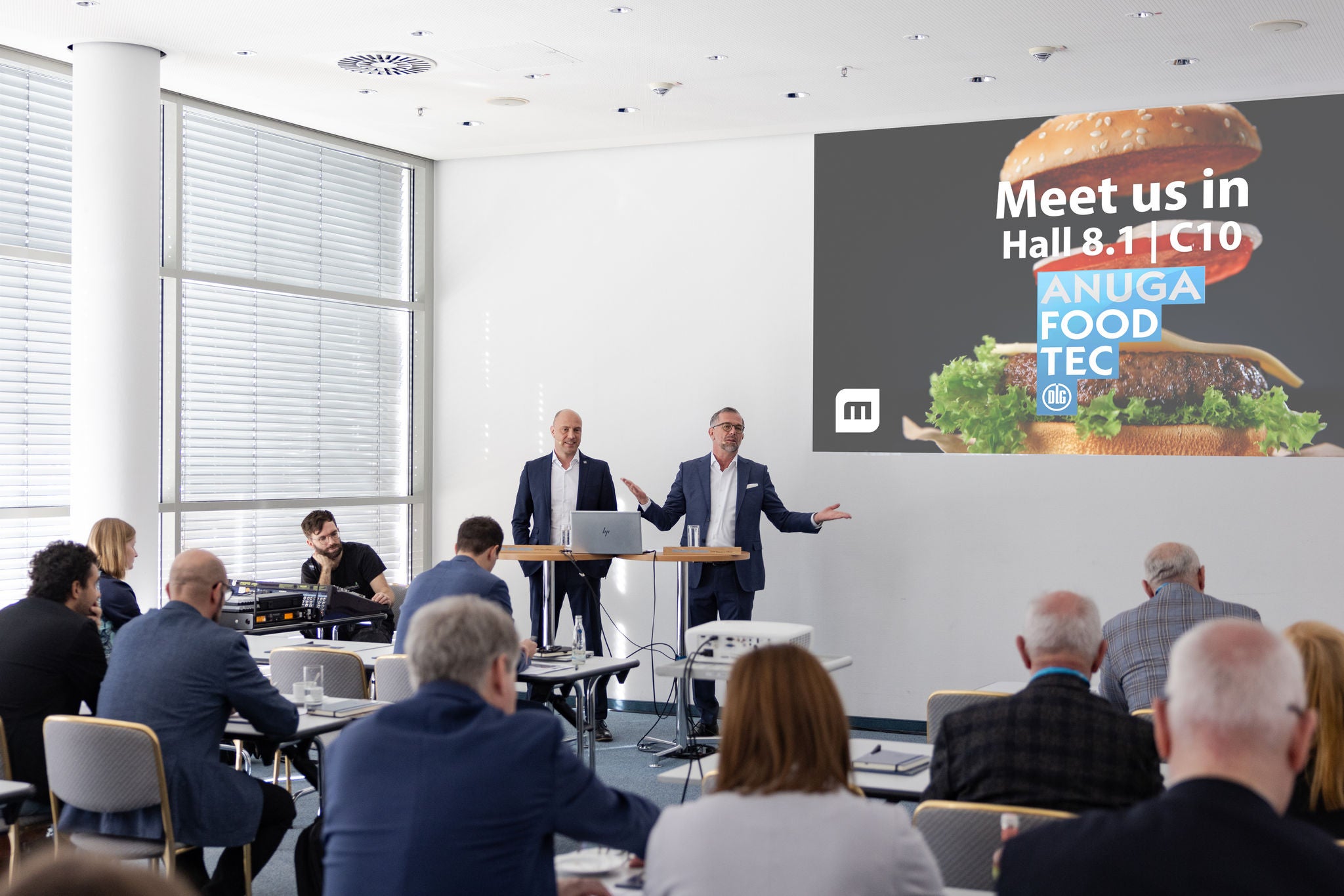 ANUGA FoodTec Presentation Event Highlights
ANUGA FoodTec Presentation Event Highlights
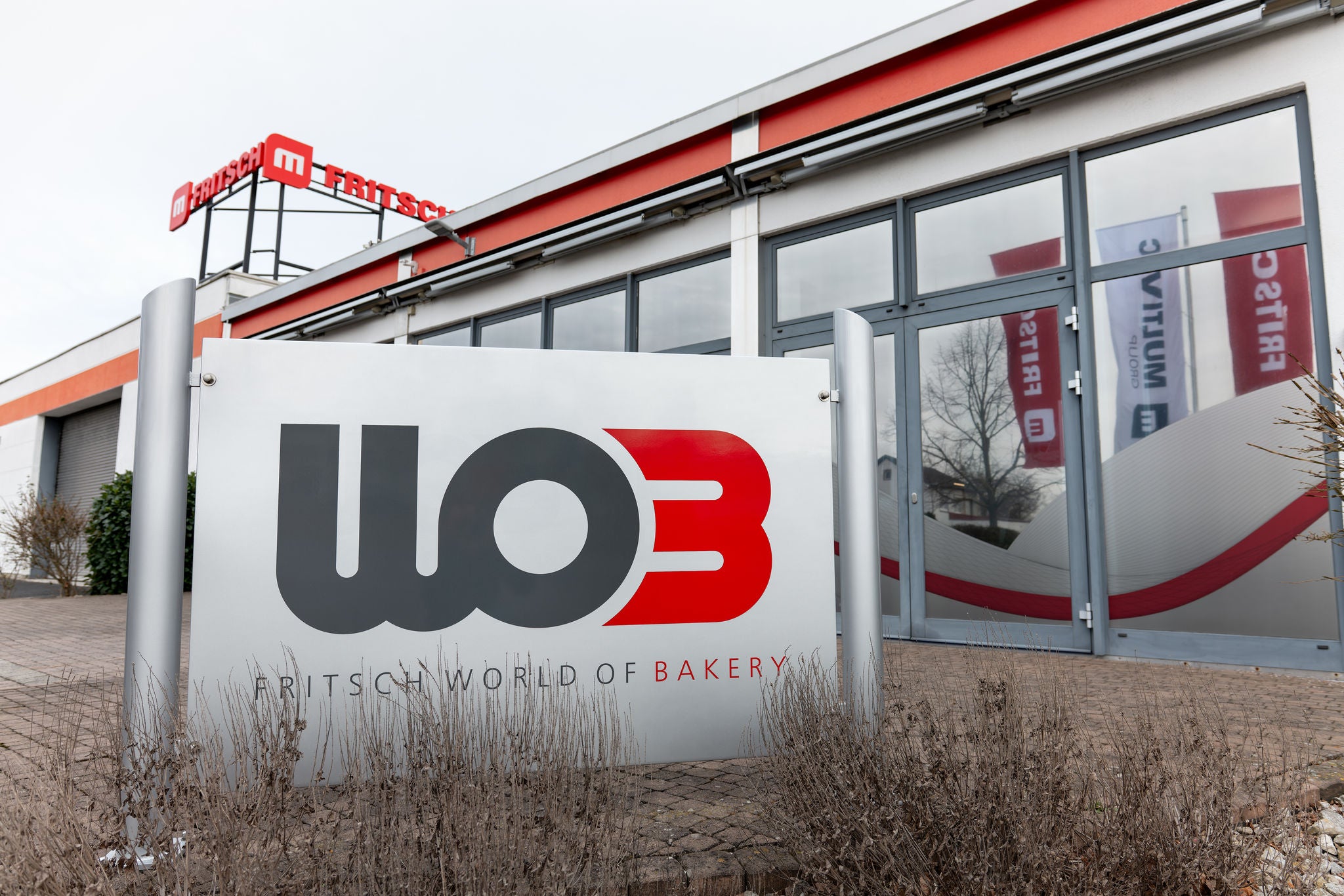 MULTIVAC Bakery Equipment Storefront Exterior
MULTIVAC Bakery Equipment Storefront Exterior
 Pet Food Packaging Solutions by MULTIVAC
Pet Food Packaging Solutions by MULTIVAC
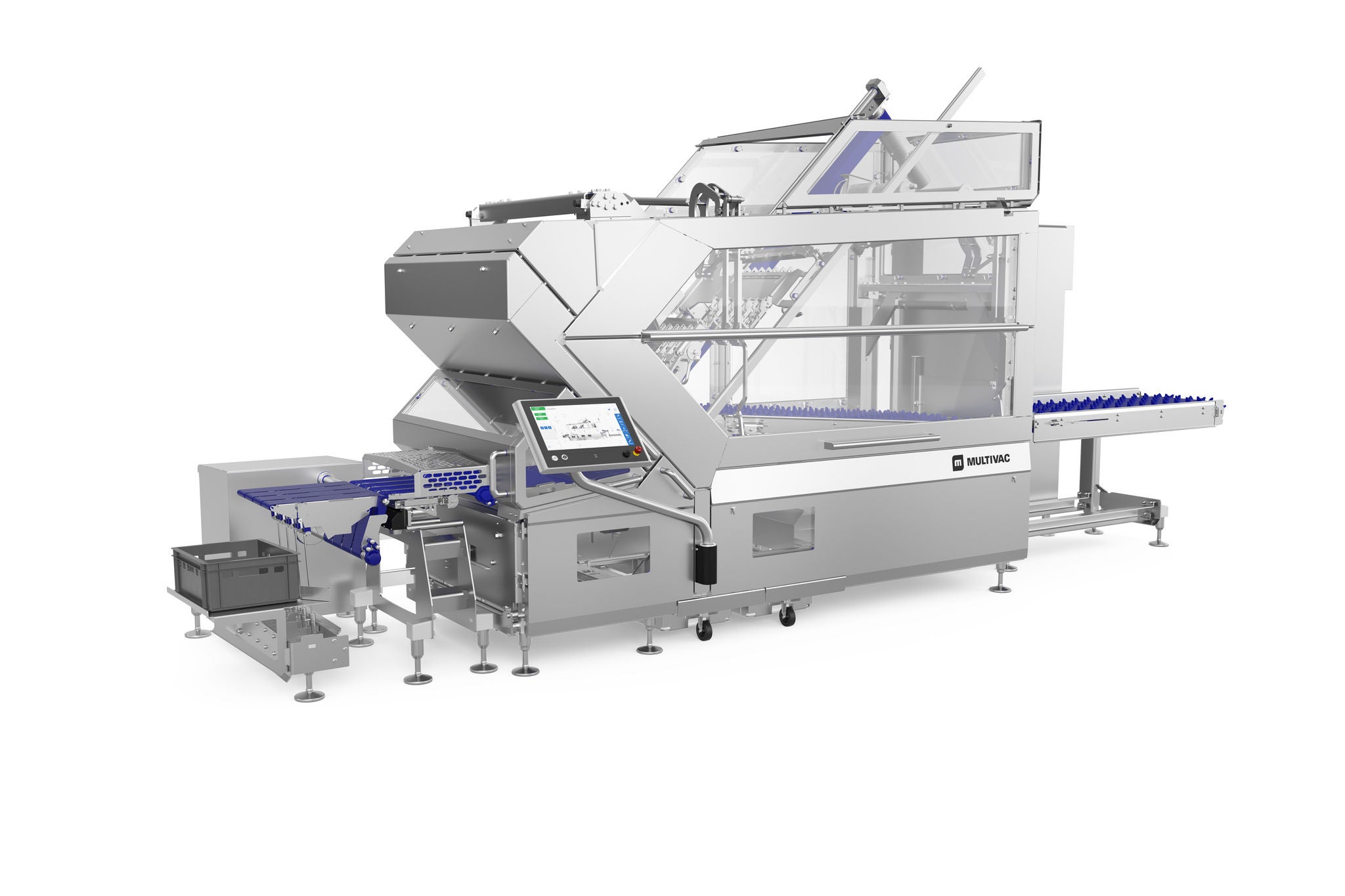 MULTIVAC Packaging Machine for Food Processing
MULTIVAC Packaging Machine for Food Processing
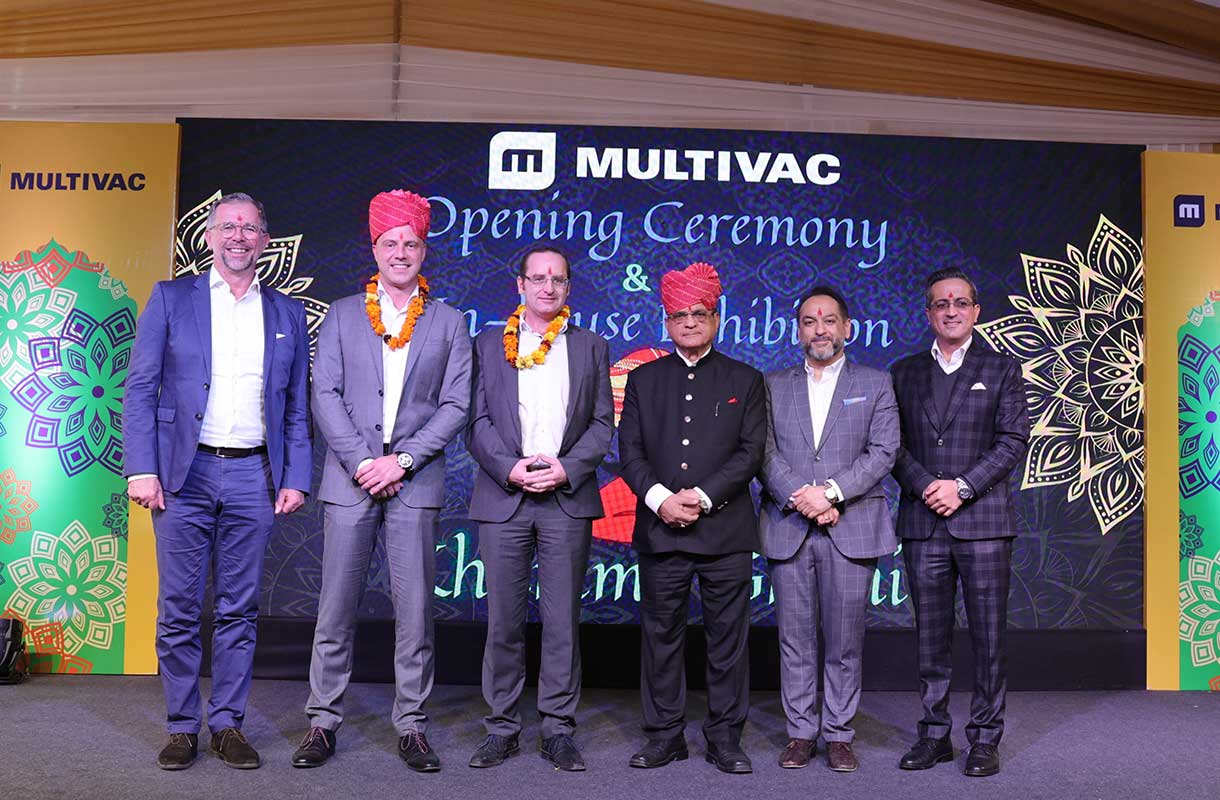 MULTIVAC Opening Ceremony Event
MULTIVAC Opening Ceremony Event
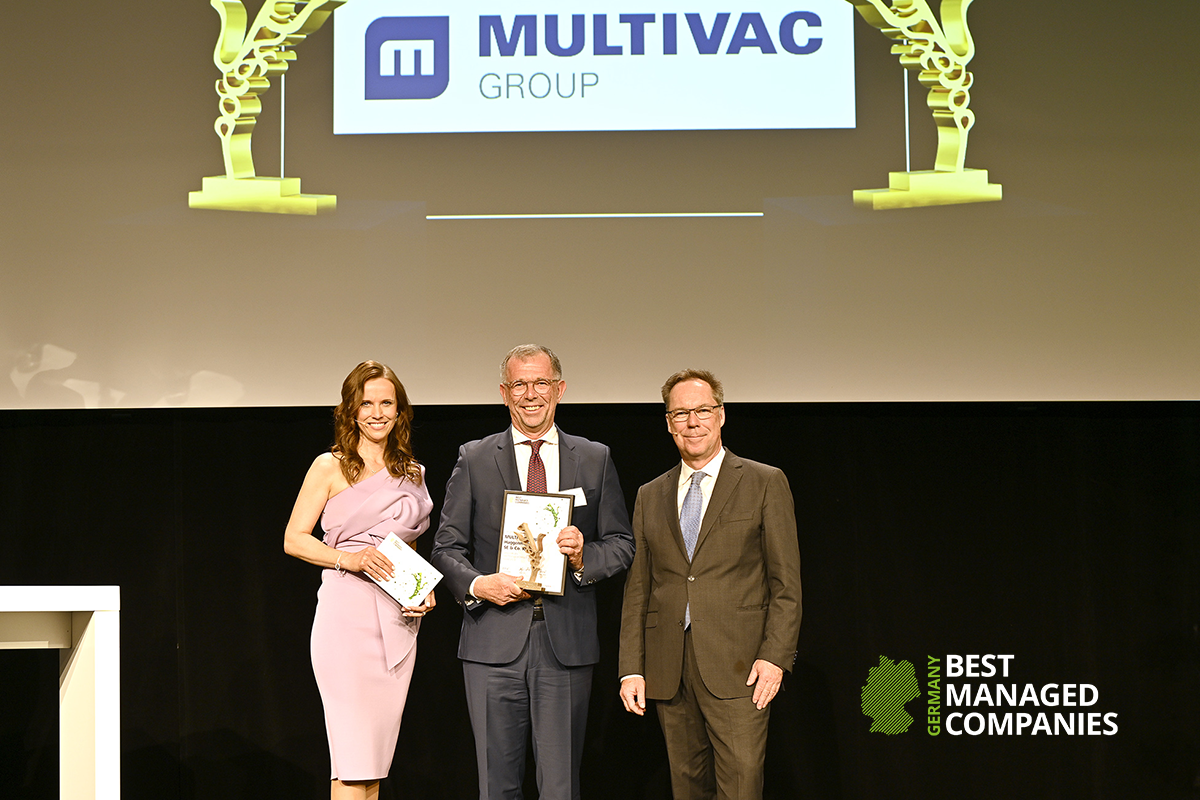 MULTIVAC Award Ceremony Event
MULTIVAC Award Ceremony Event
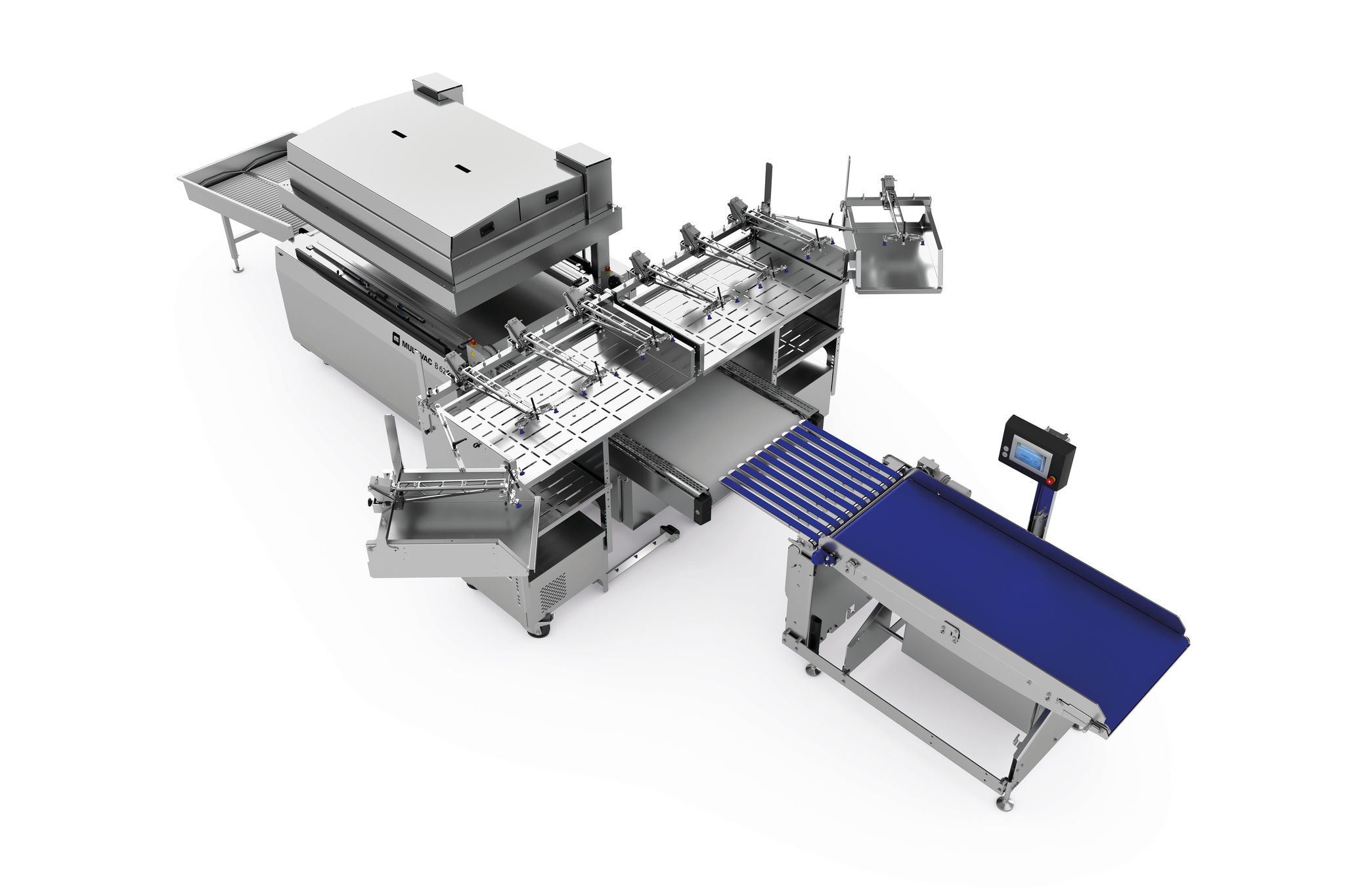 MULTIVAC Packaging Machine High-Tech Solution
MULTIVAC Packaging Machine High-Tech Solution
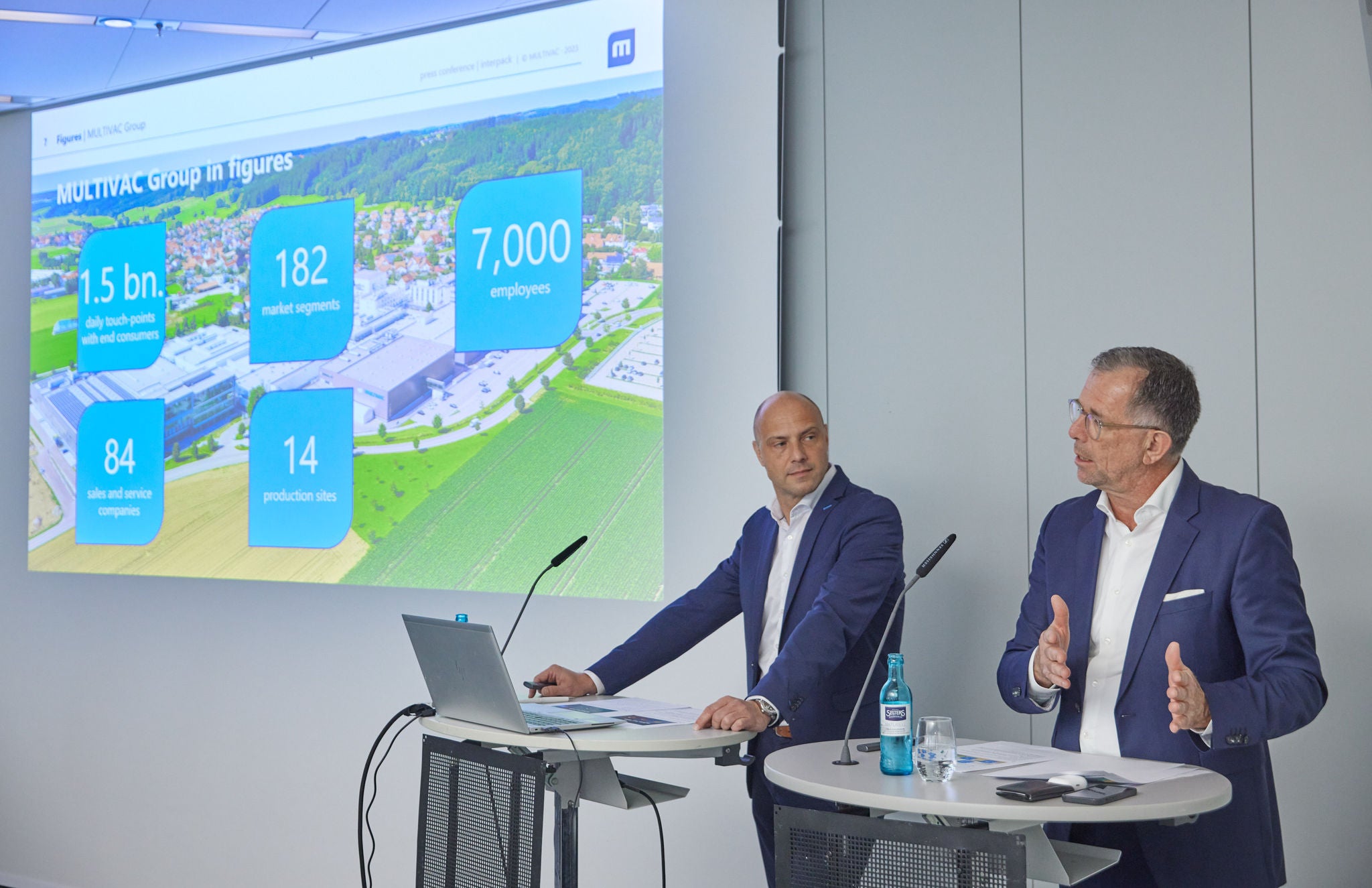 MULTIVAC Presentation on Company Figures
MULTIVAC Presentation on Company Figures
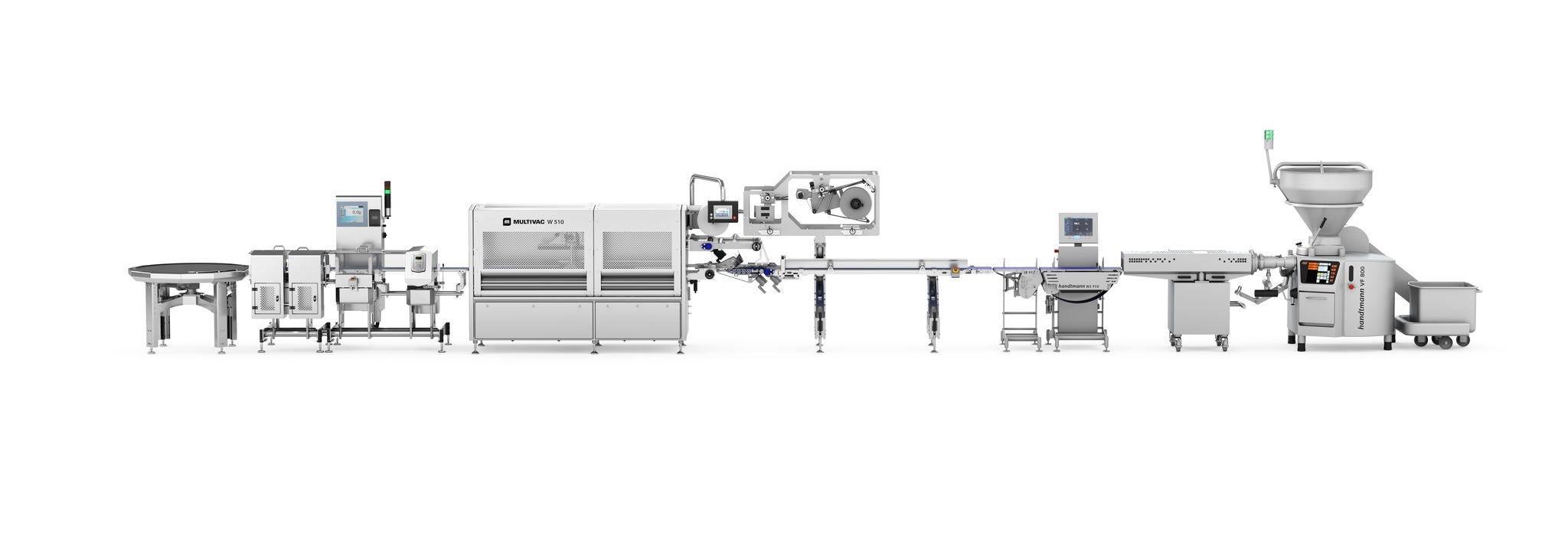 MULTIVAC Packaging Machine Conveyor System
MULTIVAC Packaging Machine Conveyor System
 MULTIVAC Packaging Machine for Food Processing
MULTIVAC Packaging Machine for Food Processing
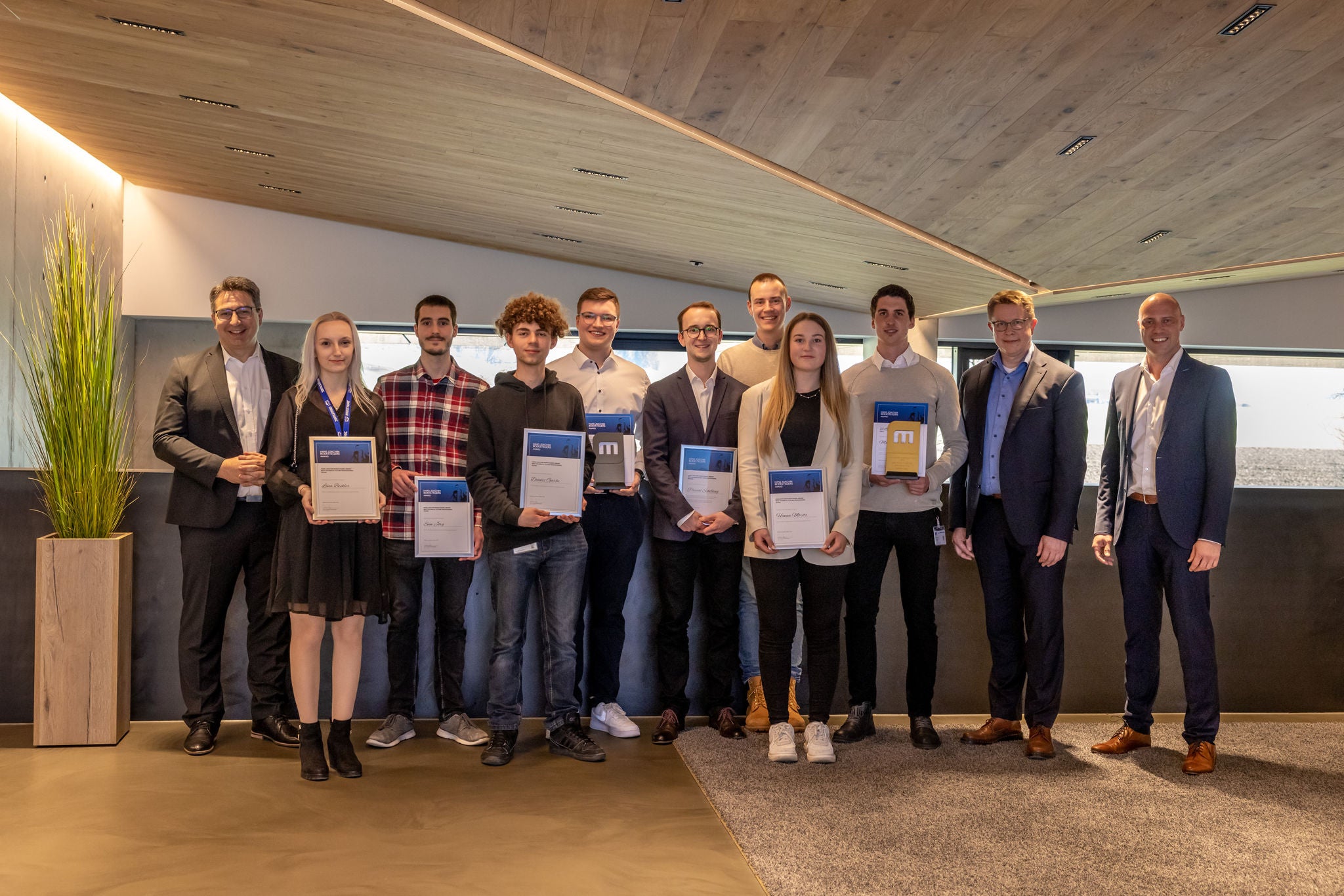 Award Ceremony Group Photo with Certificates
Award Ceremony Group Photo with Certificates
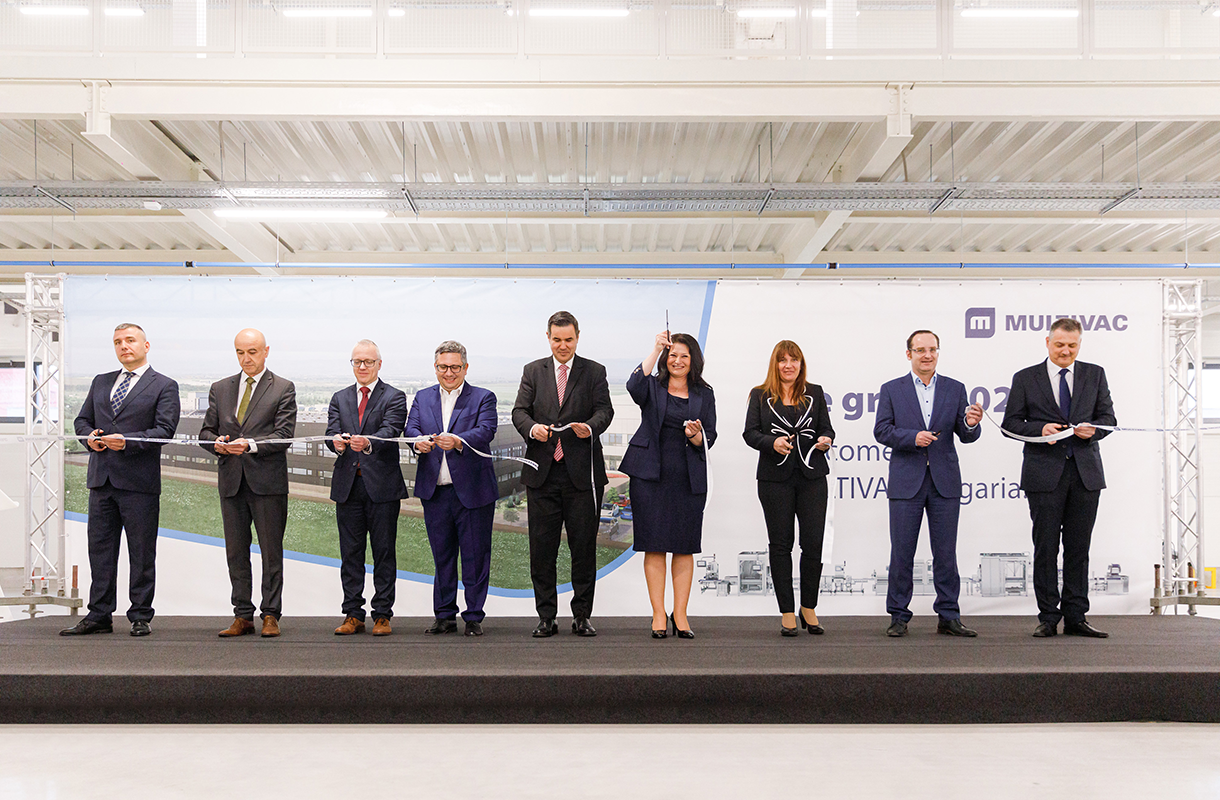 MULTIVAC Factory Opening Ceremony Event
MULTIVAC Factory Opening Ceremony Event
 MULTIVAC Sustainable Packaging for Fresh Produce
MULTIVAC Sustainable Packaging for Fresh Produce
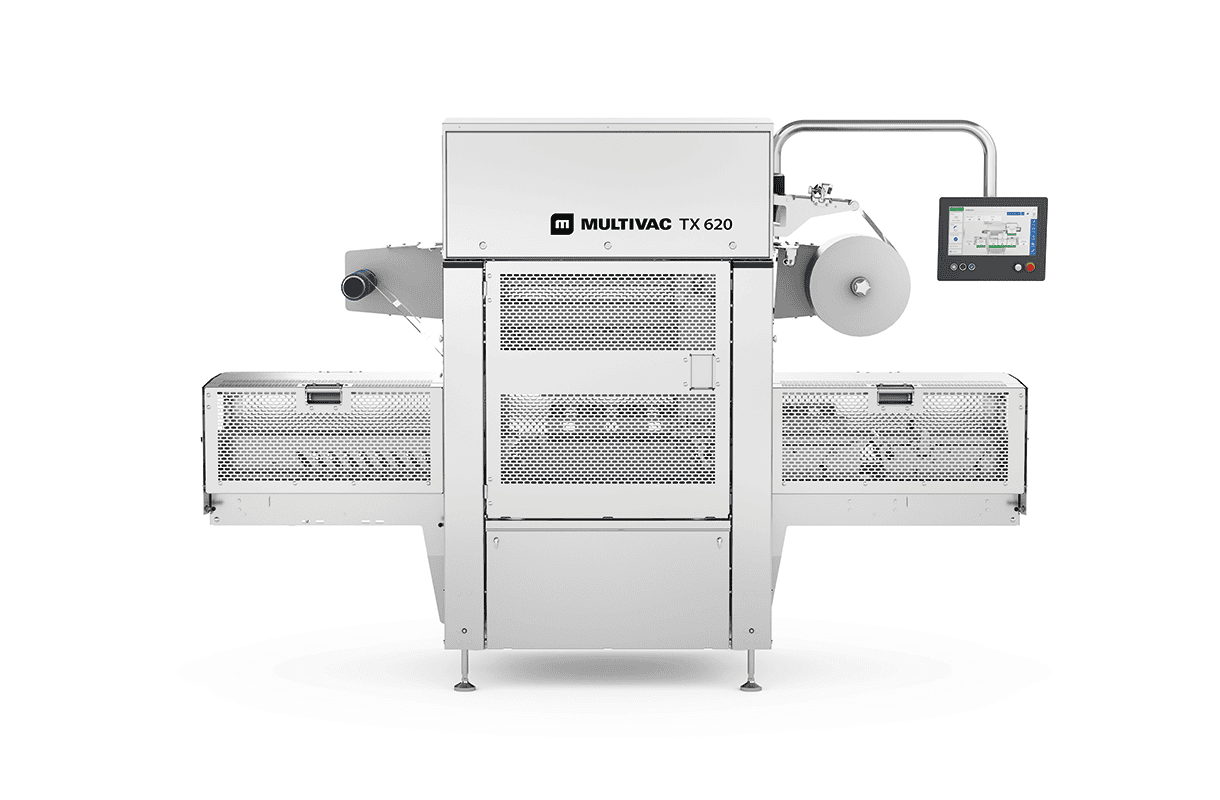 MULTIVAC TX620 Packaging Machine Front View
MULTIVAC TX620 Packaging Machine Front View
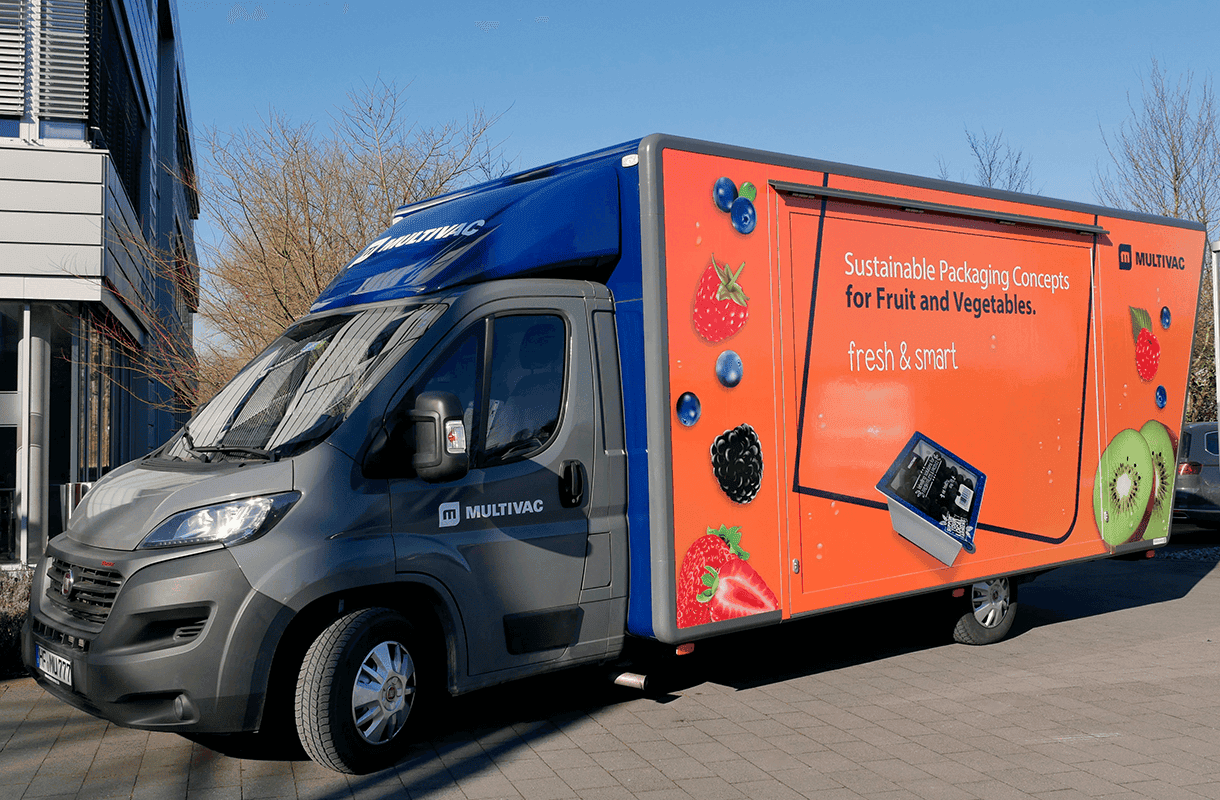
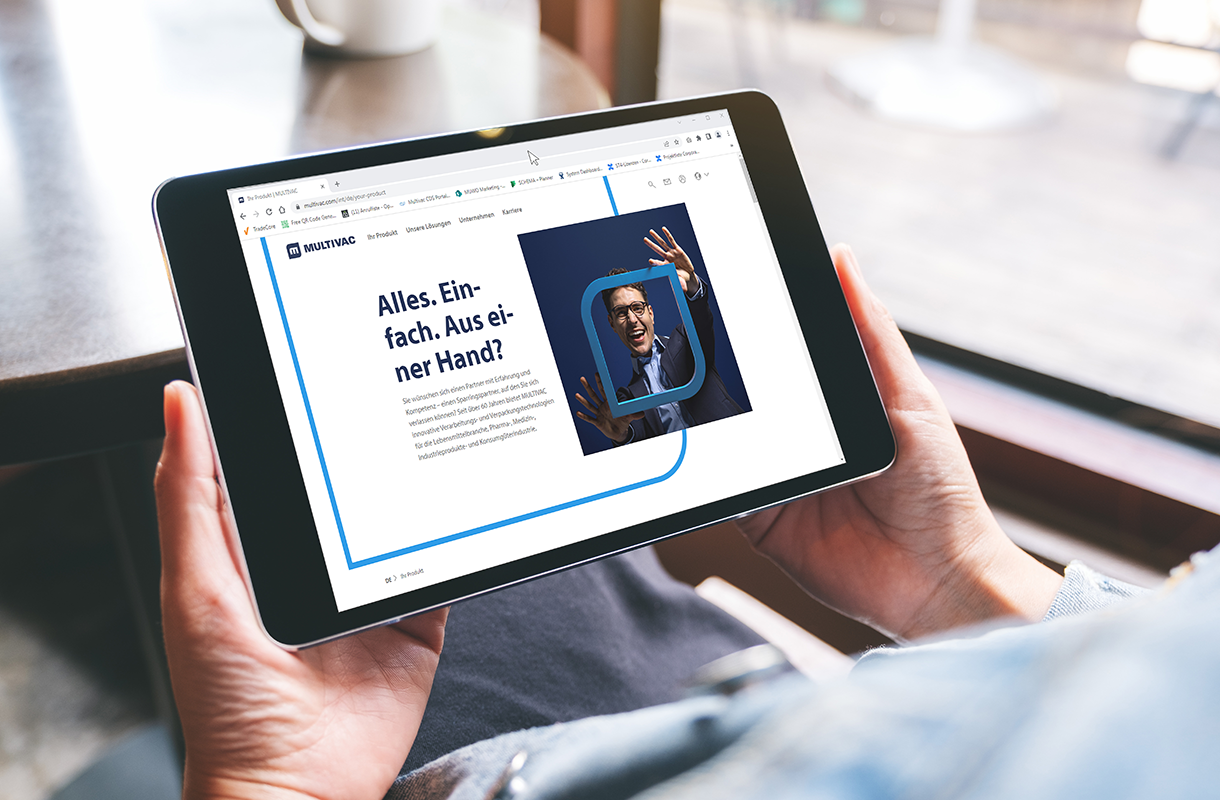 MULTIVAC Website Displayed on Tablet Screen
MULTIVAC Website Displayed on Tablet Screen
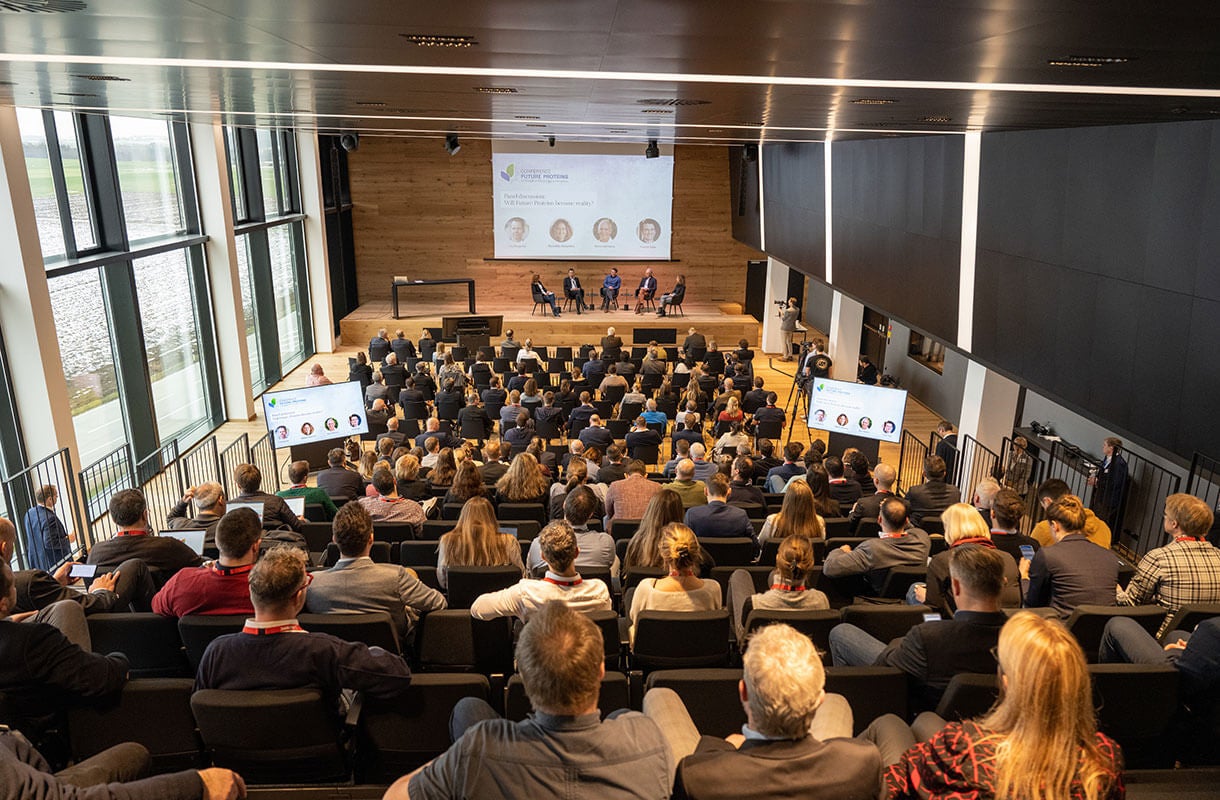 Conference Audience in Modern Auditorium
Conference Audience in Modern Auditorium
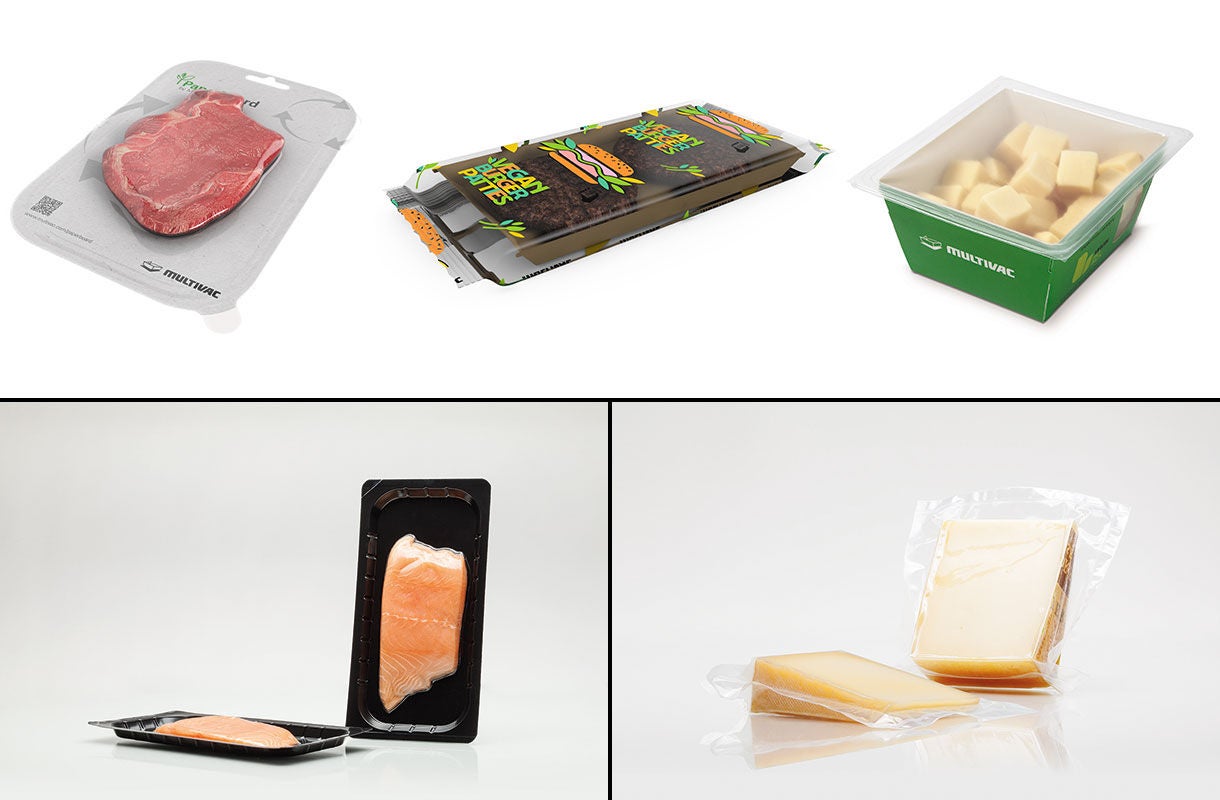 MULTIVAC Food Packaging Solutions Display
MULTIVAC Food Packaging Solutions Display
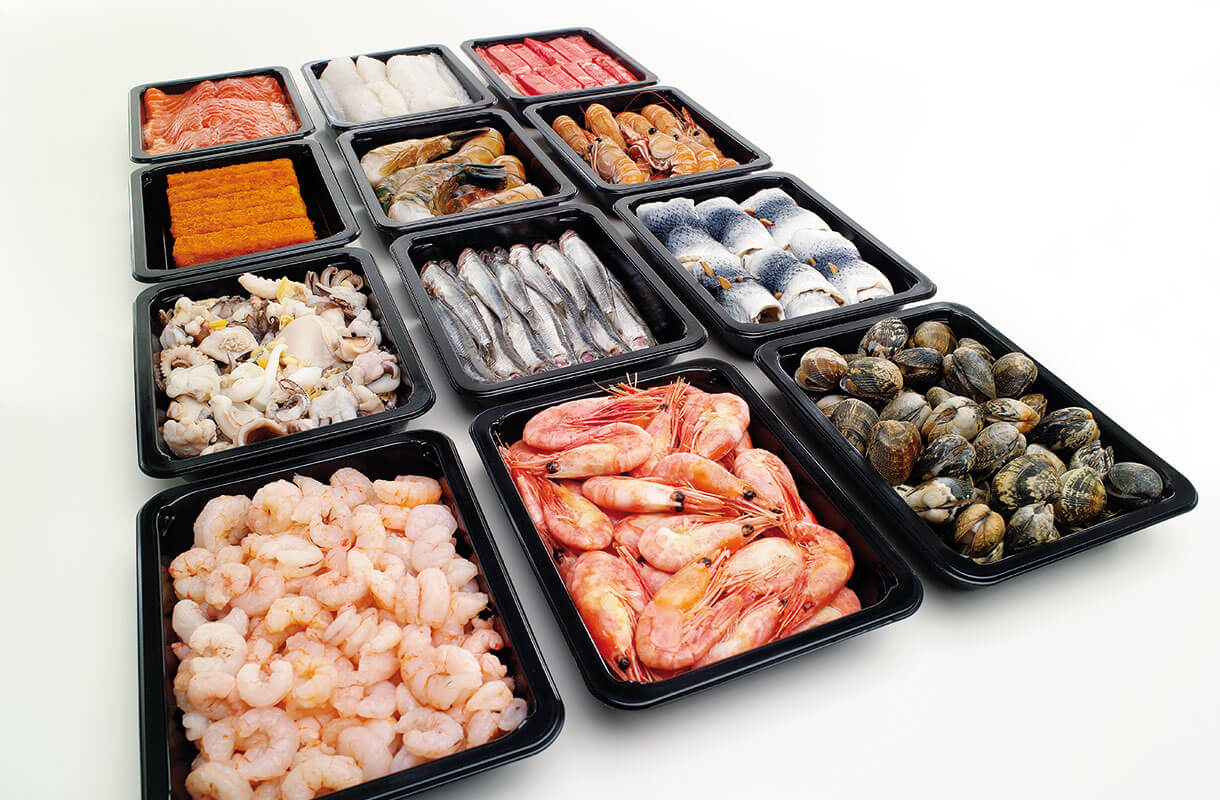 Seafood Packaging Solutions by MULTIVAC
Seafood Packaging Solutions by MULTIVAC
 Baking Process with Freshly Kneaded Dough
Baking Process with Freshly Kneaded Dough
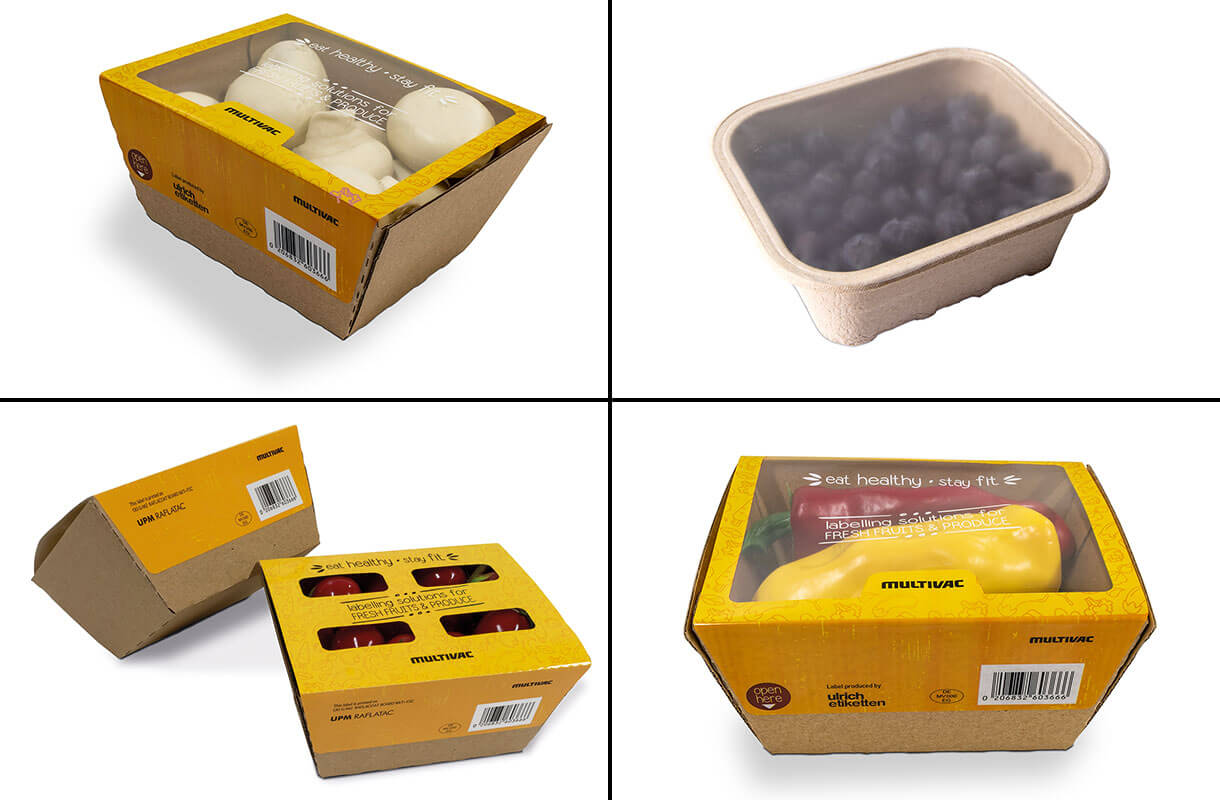 MULTIVAC Sustainable Packaging Solutions
MULTIVAC Sustainable Packaging Solutions
 Vegetable Soup Bowl on Wooden Table
Vegetable Soup Bowl on Wooden Table
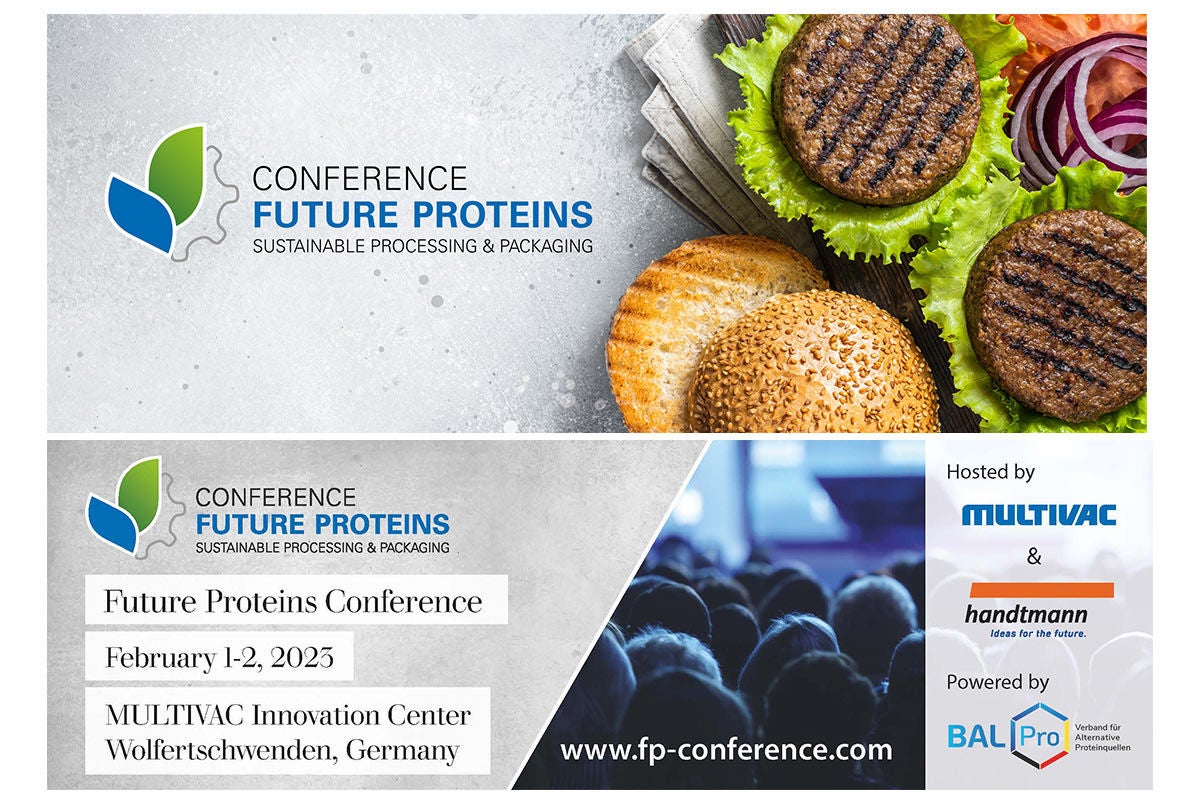 MULTIVAC Future Proteins Conference Banner
MULTIVAC Future Proteins Conference Banner
 MULTIVAC Headquarters Modern Architecture Design
MULTIVAC Headquarters Modern Architecture Design
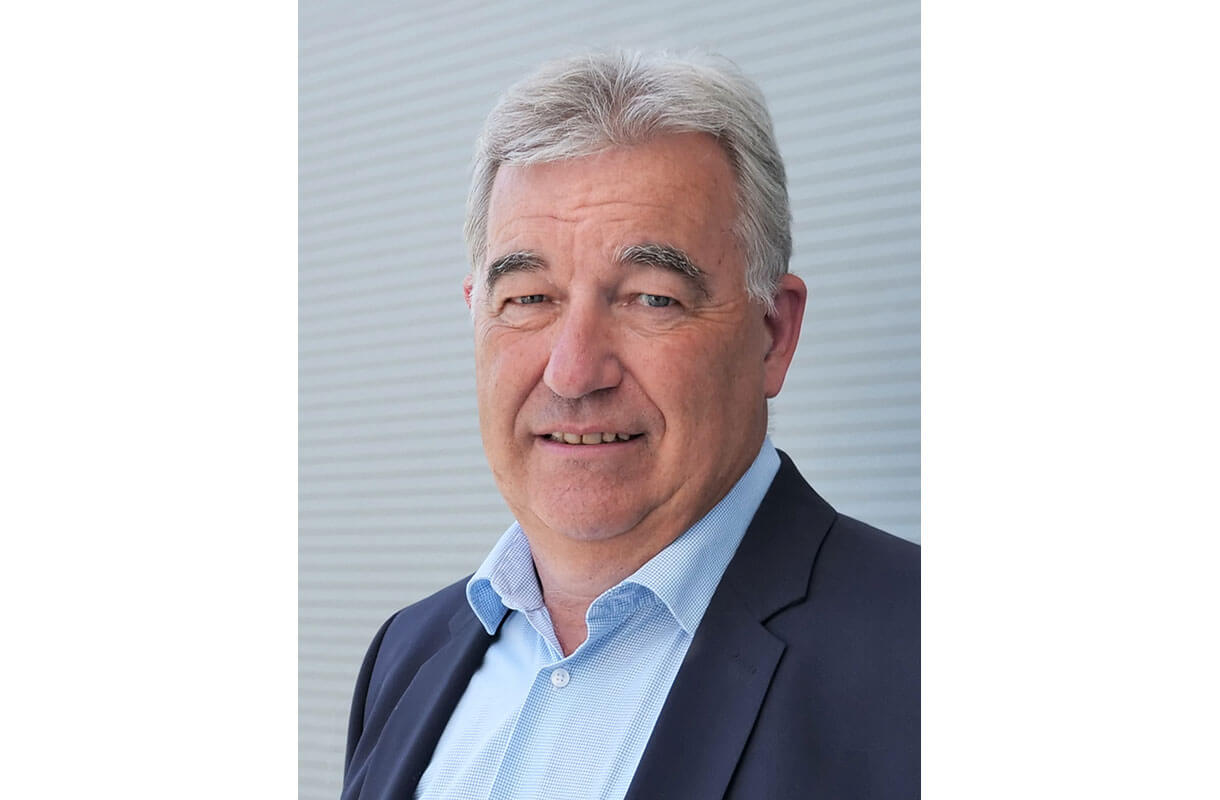 Business Professional Portrait with Blurred Face
Business Professional Portrait with Blurred Face
 Businessman in Formal Suit Portrait
Businessman in Formal Suit Portrait
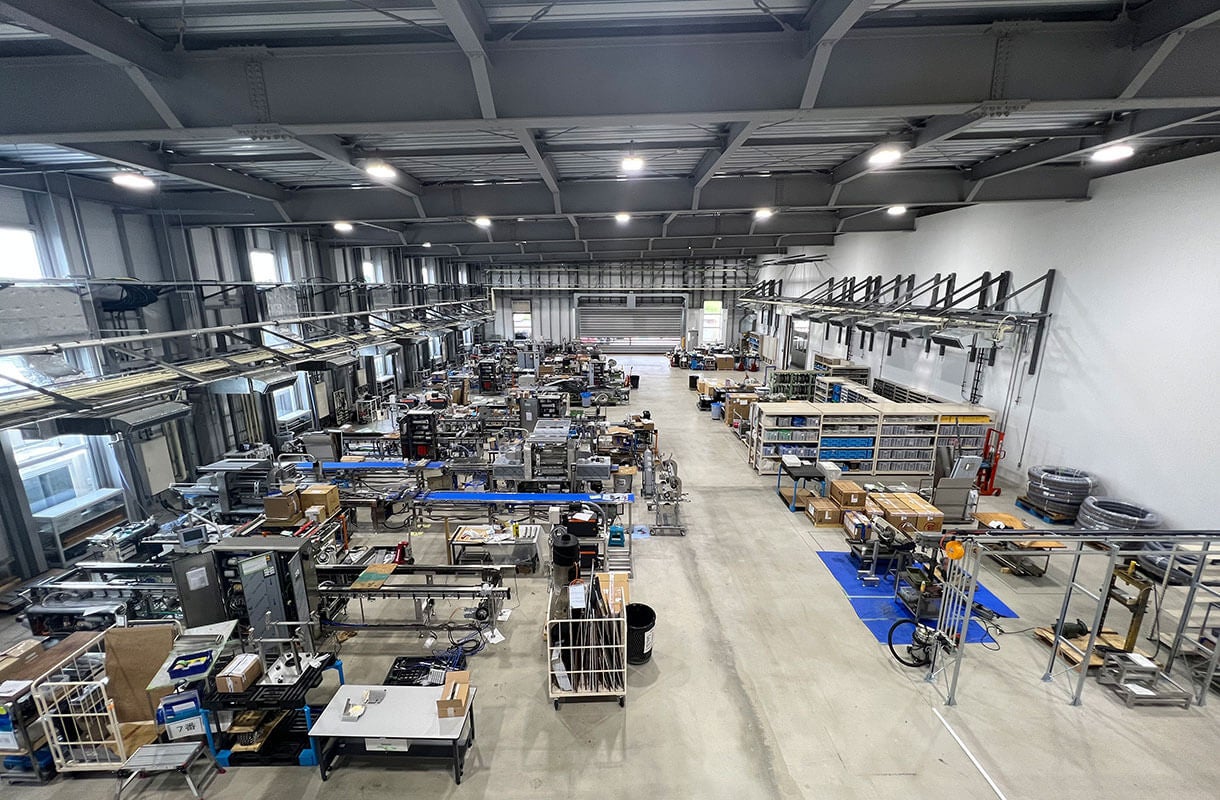 Industrial Machinery Setup MULTIVAC Factory Overview
Industrial Machinery Setup MULTIVAC Factory Overview
 MULTIVAC Facility Exterior with Palm Tree View
MULTIVAC Facility Exterior with Palm Tree View
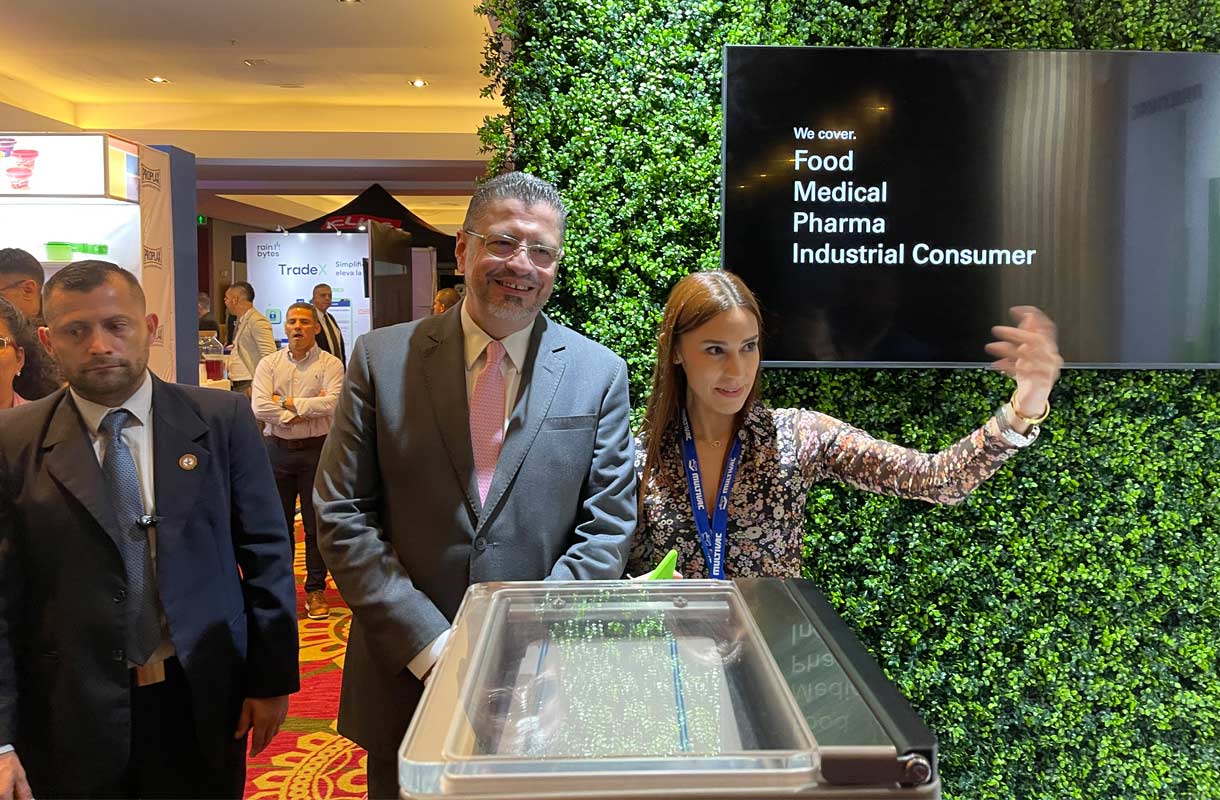 MULTIVAC Food Packaging Machine Display
MULTIVAC Food Packaging Machine Display
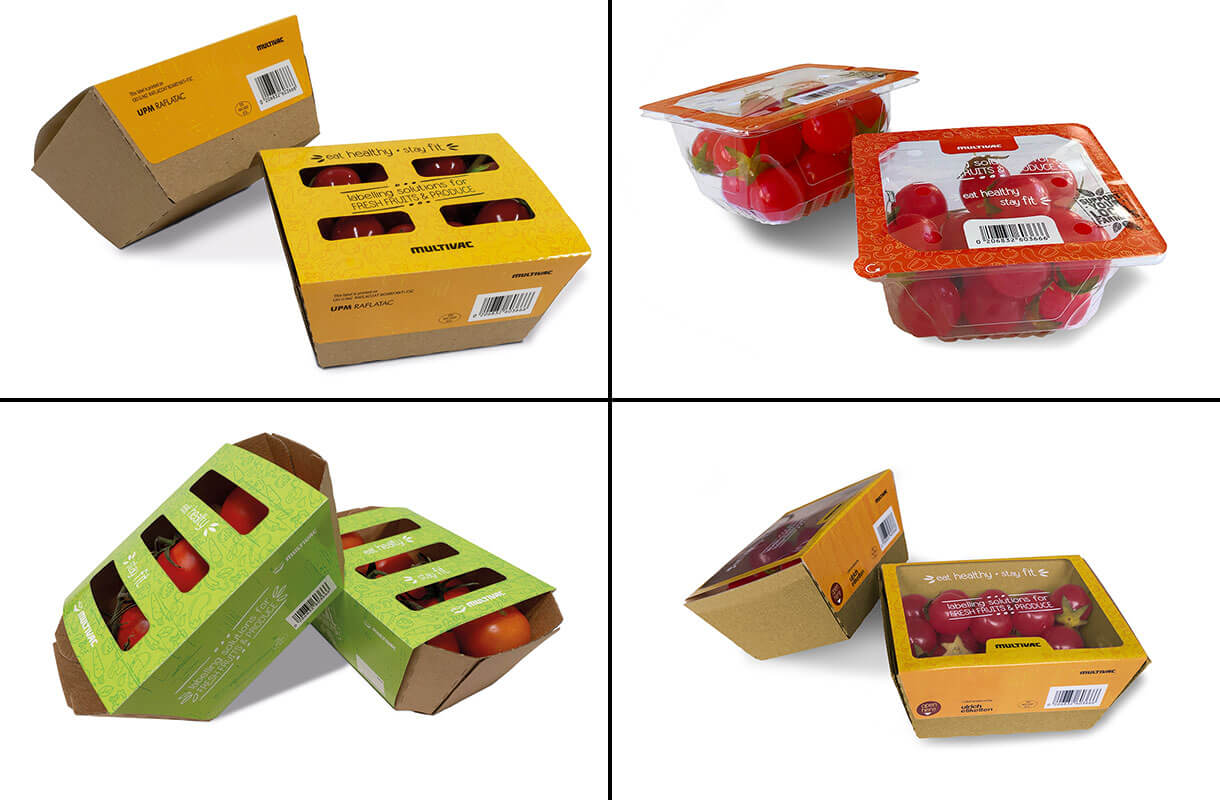 MULTIVAC Packaging Solutions for Fresh Produce
MULTIVAC Packaging Solutions for Fresh Produce
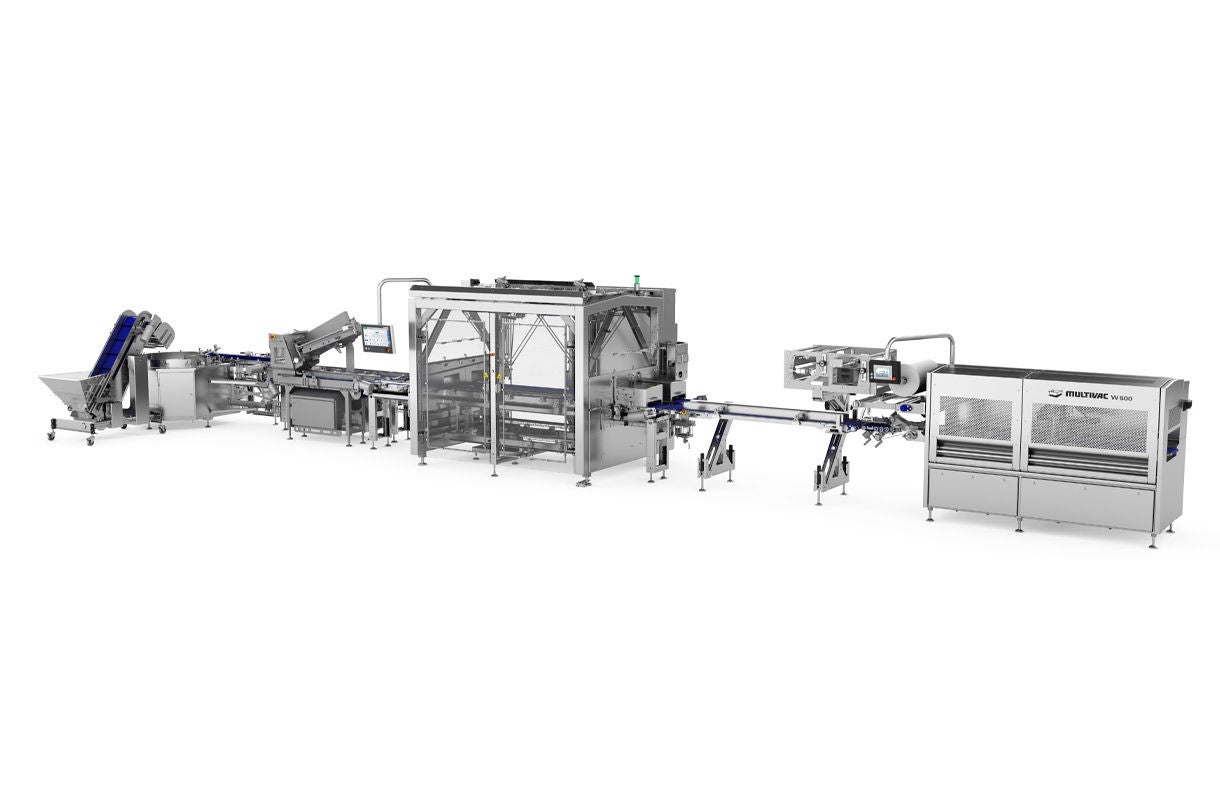 MULTIVAC Packaging Machine Lineup
MULTIVAC Packaging Machine Lineup
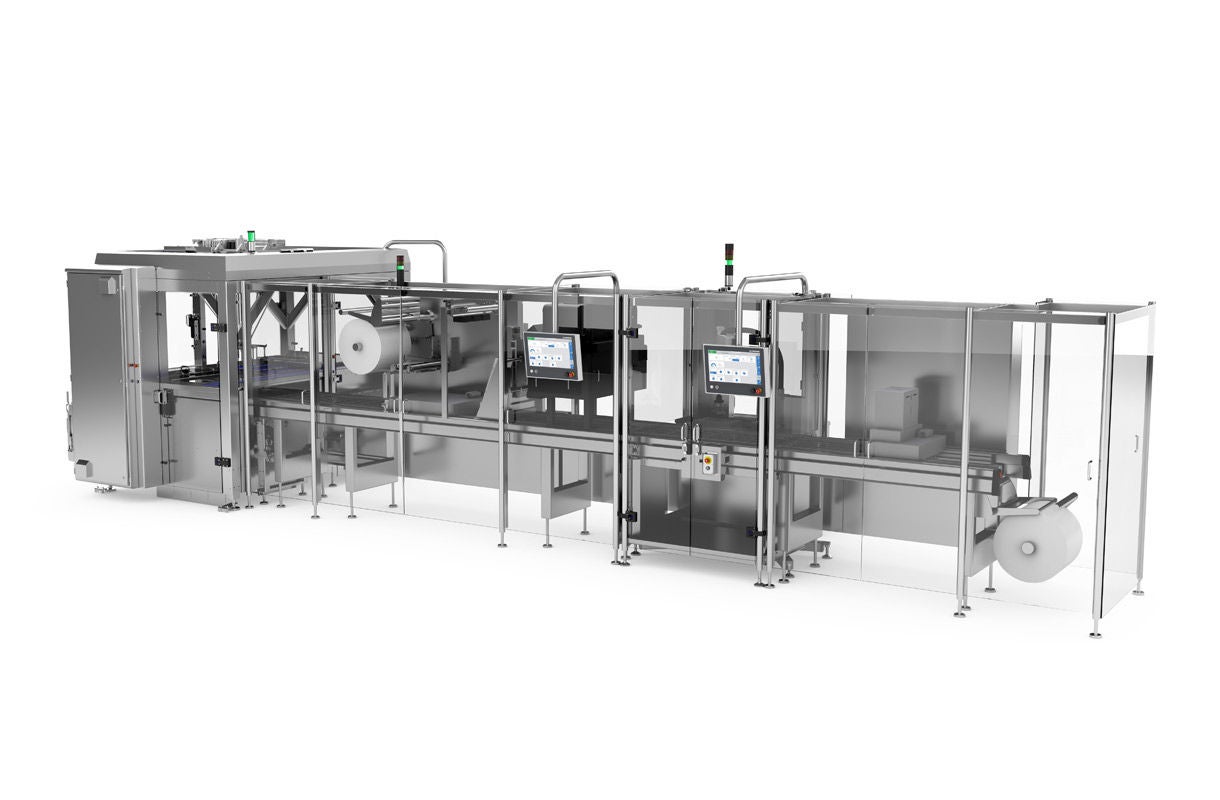 MULTIVAC Packaging Machine High-Speed Efficiency
MULTIVAC Packaging Machine High-Speed Efficiency
 Community Event in Large Tent Gathering
Community Event in Large Tent Gathering
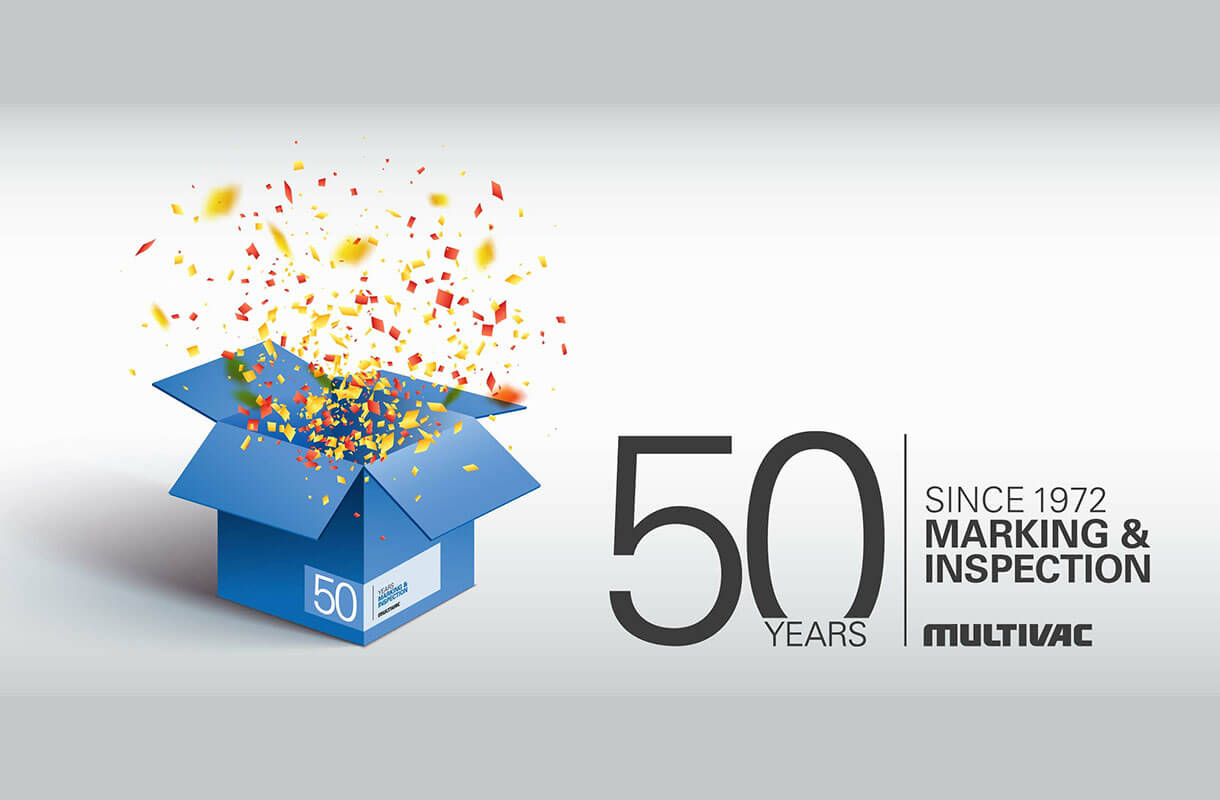 MULTIVAC Anniversary Celebration Image
MULTIVAC Anniversary Celebration Image
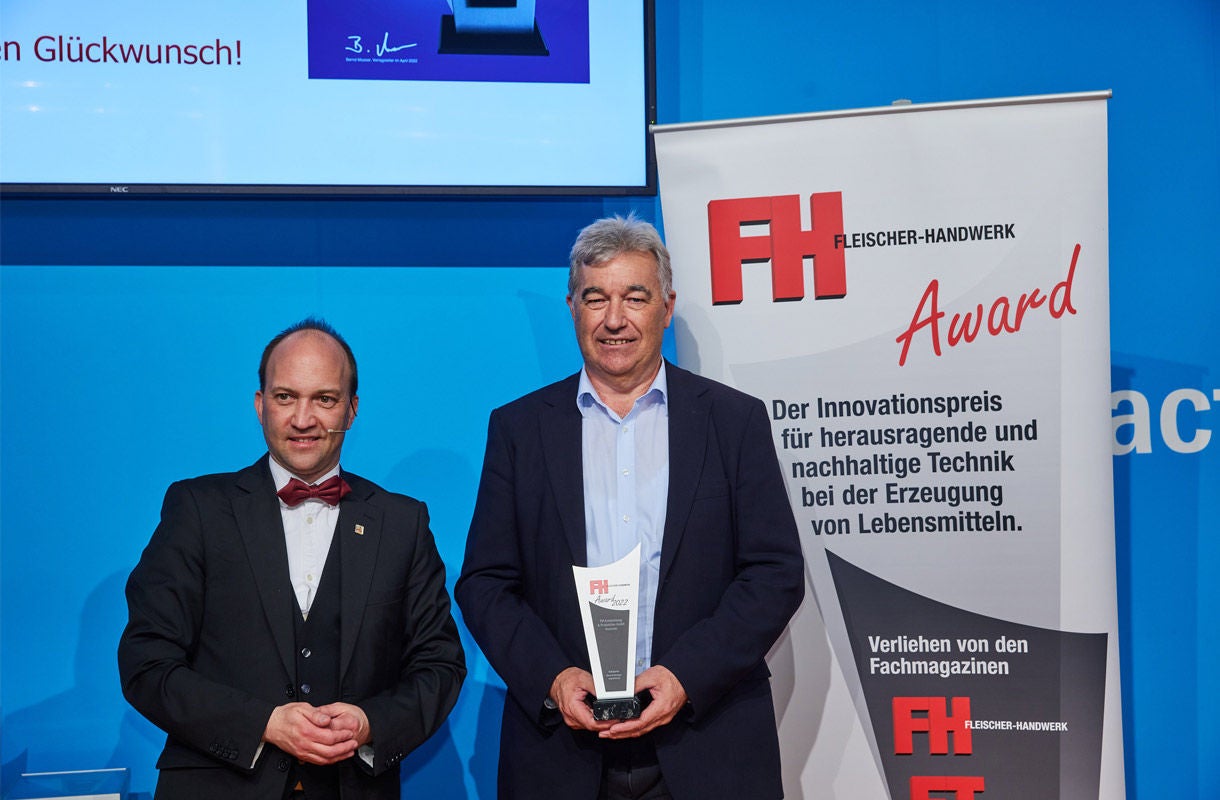 Fleischer-Handwerk Award Ceremony Event Photo
Fleischer-Handwerk Award Ceremony Event Photo
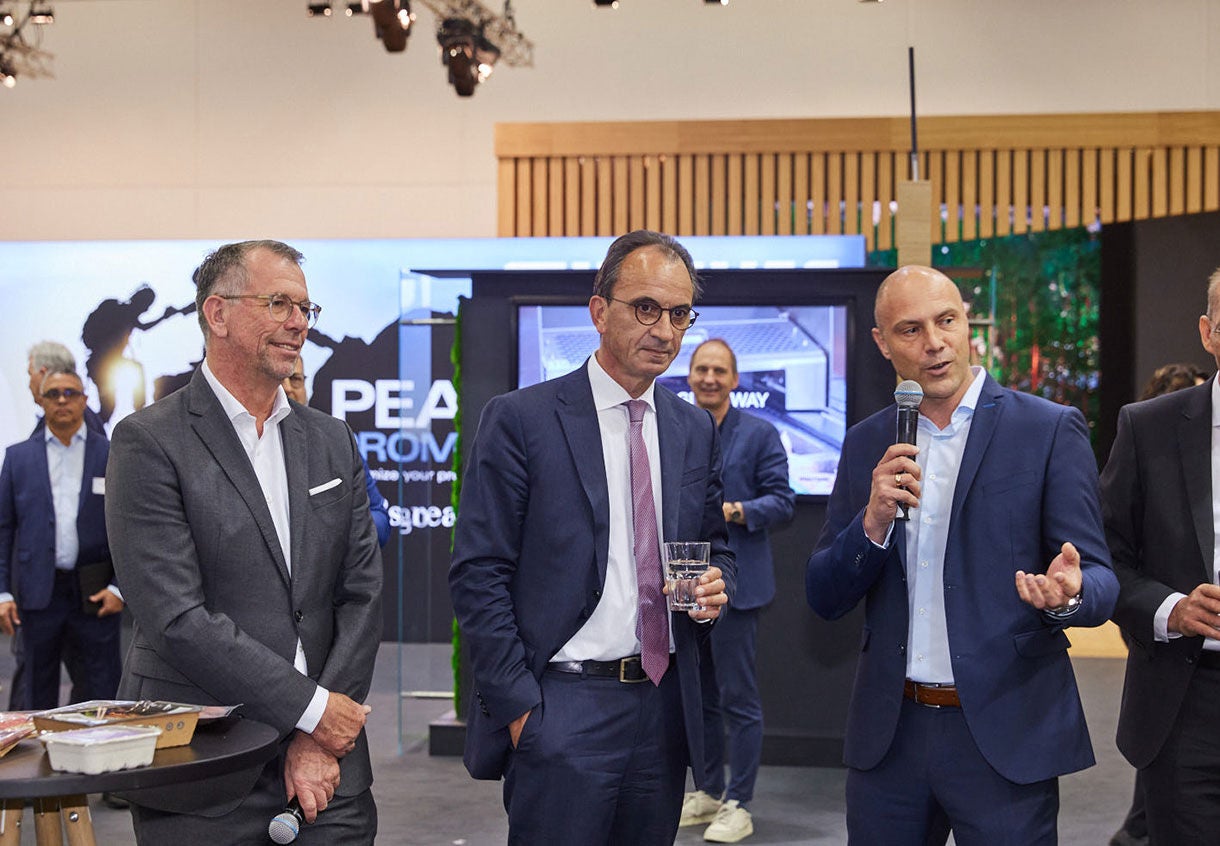 MULTIVAC Trade Show Presentation
MULTIVAC Trade Show Presentation
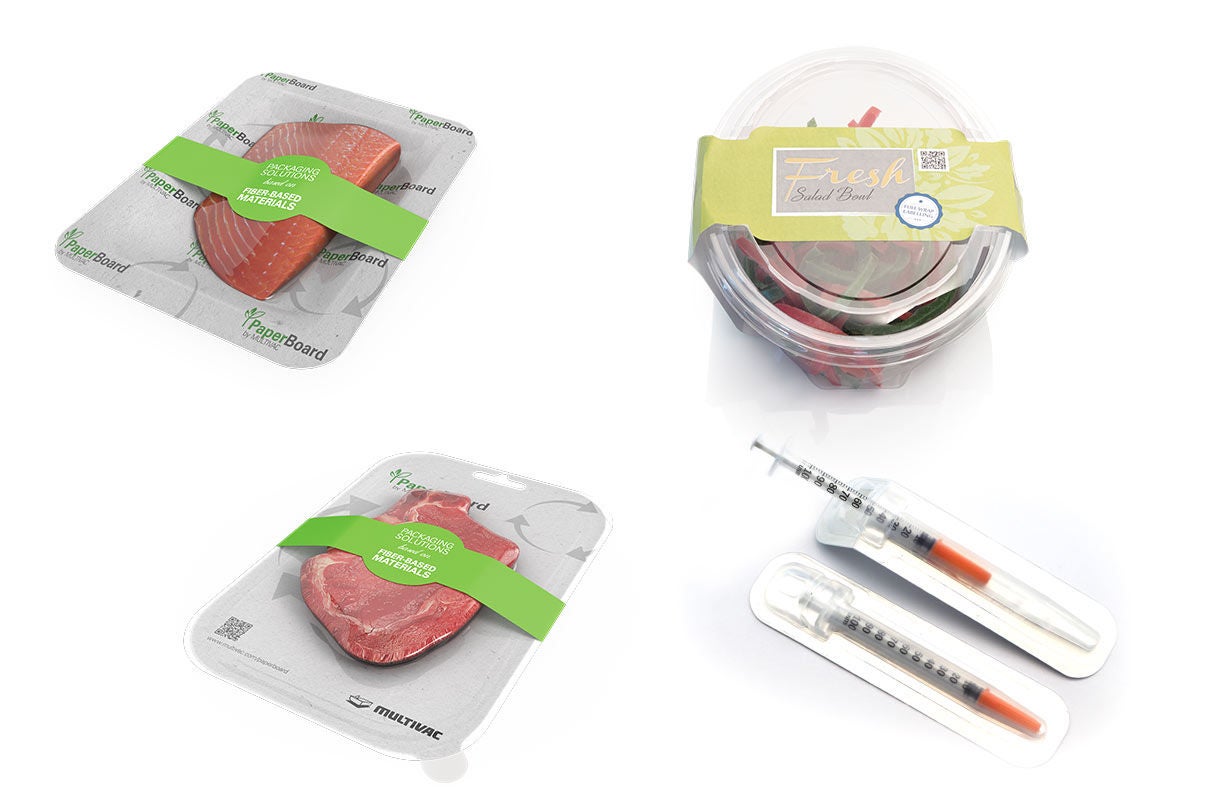 MULTIVAC Packaging Solutions for Fresh Produce
MULTIVAC Packaging Solutions for Fresh Produce

Tanja Böck
Public Relations Manager
Tel: +49 8334 601-0
Mail: press@multivac-group.com

